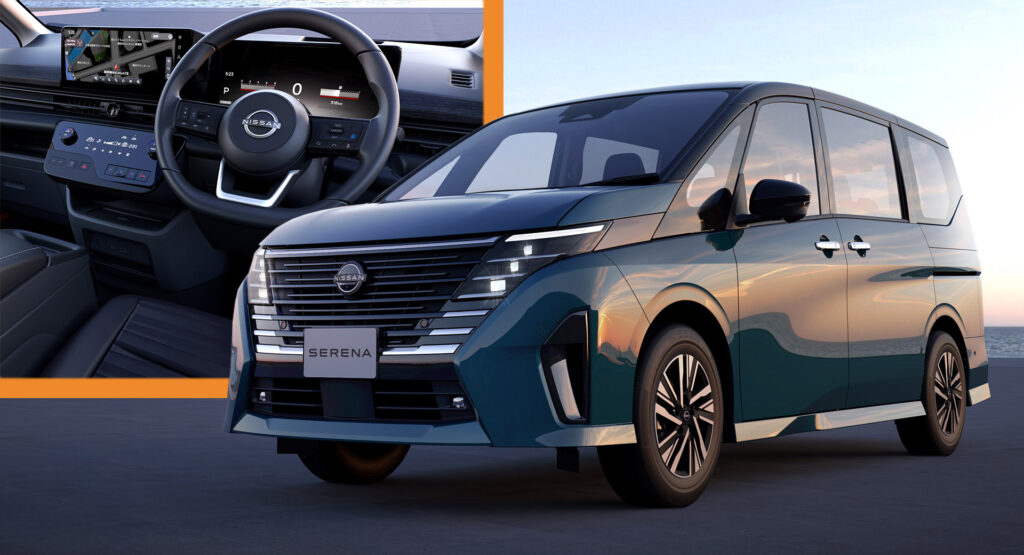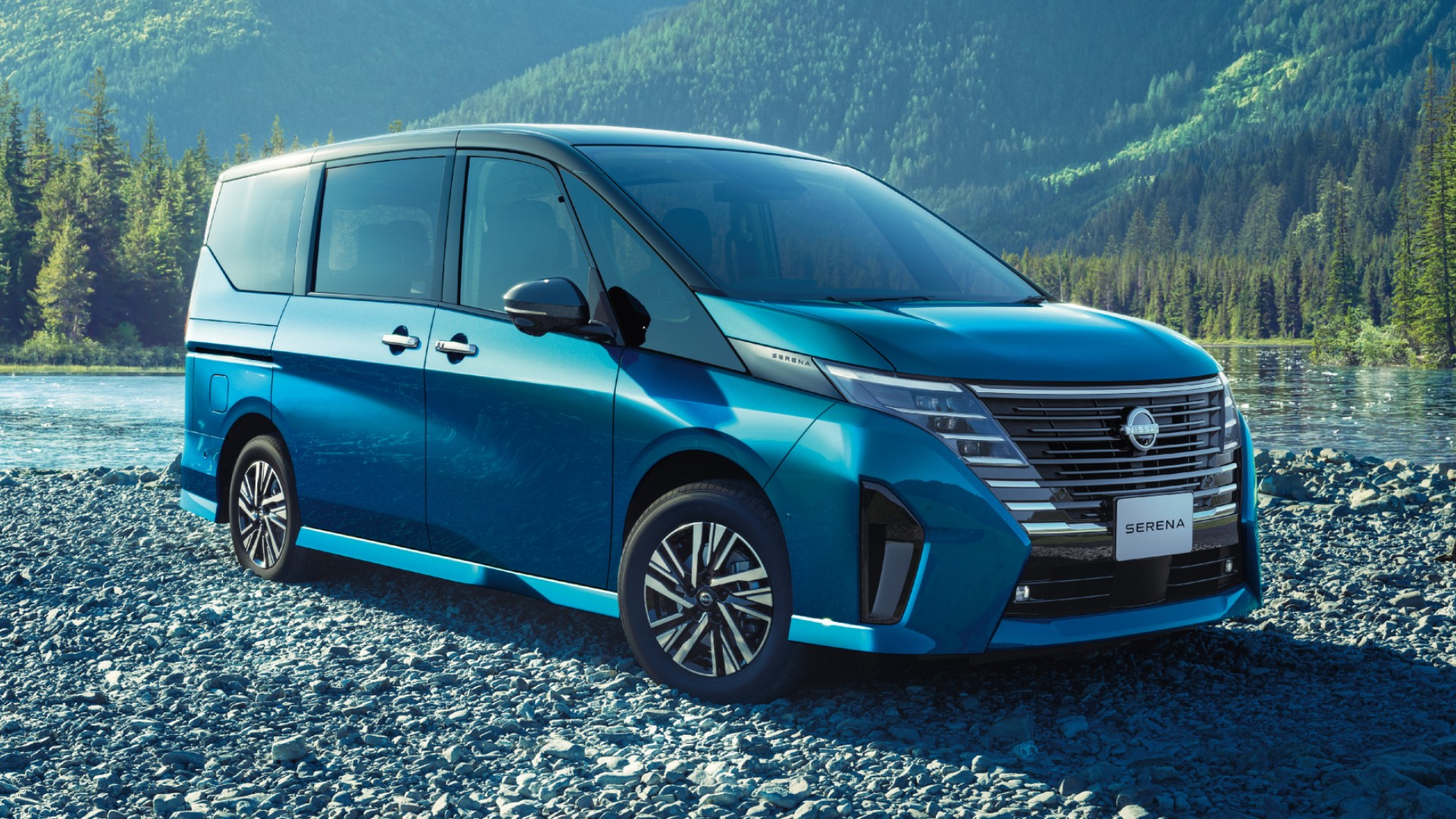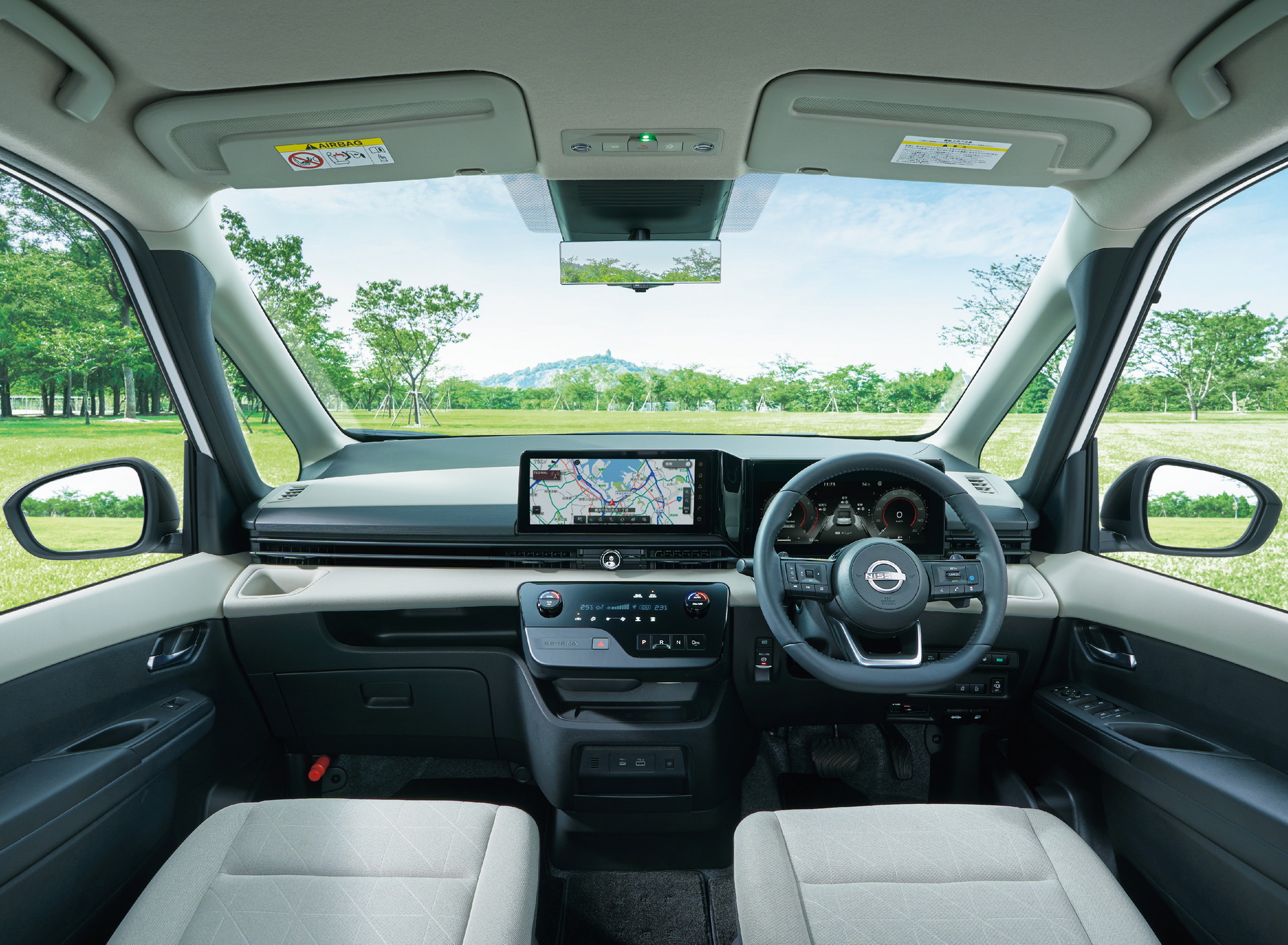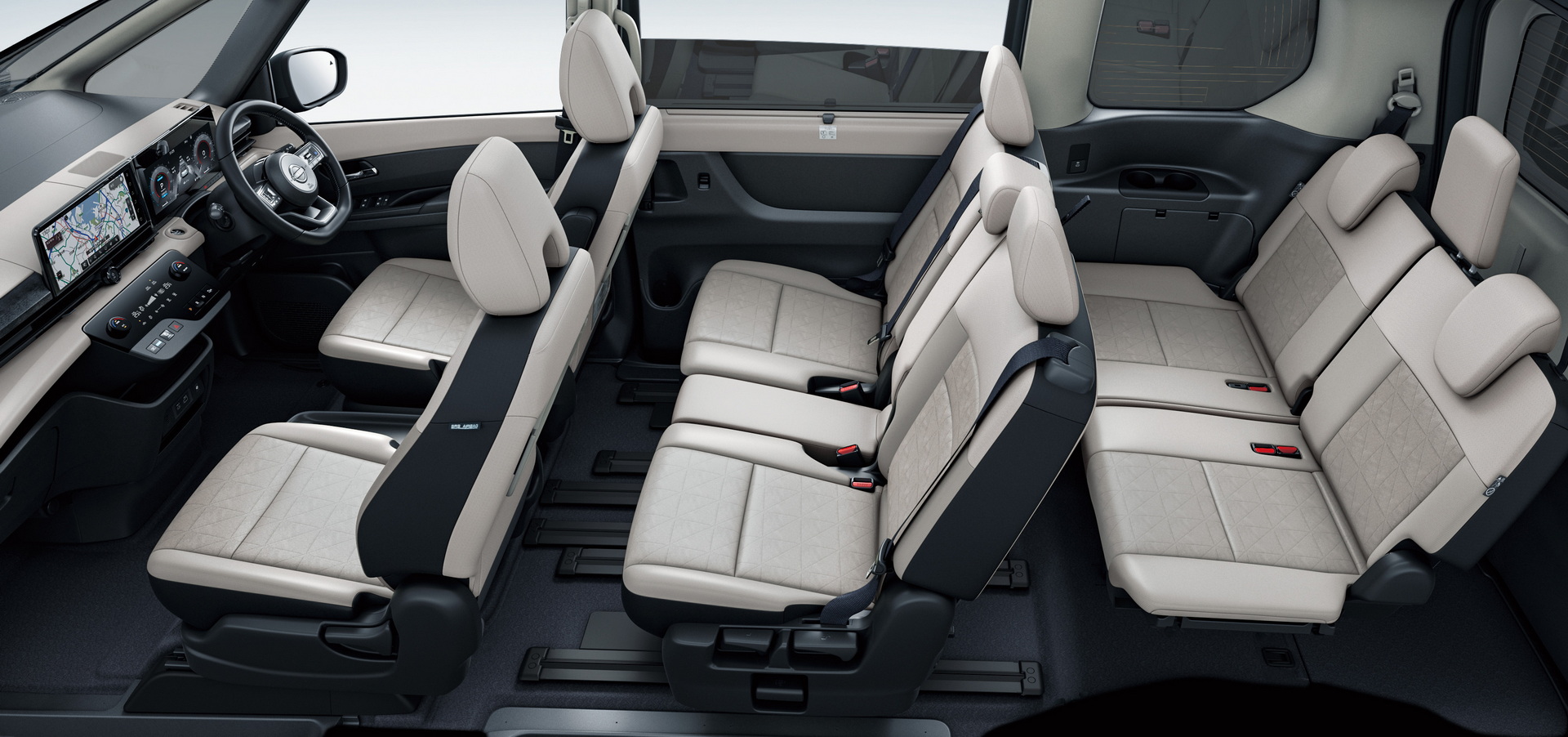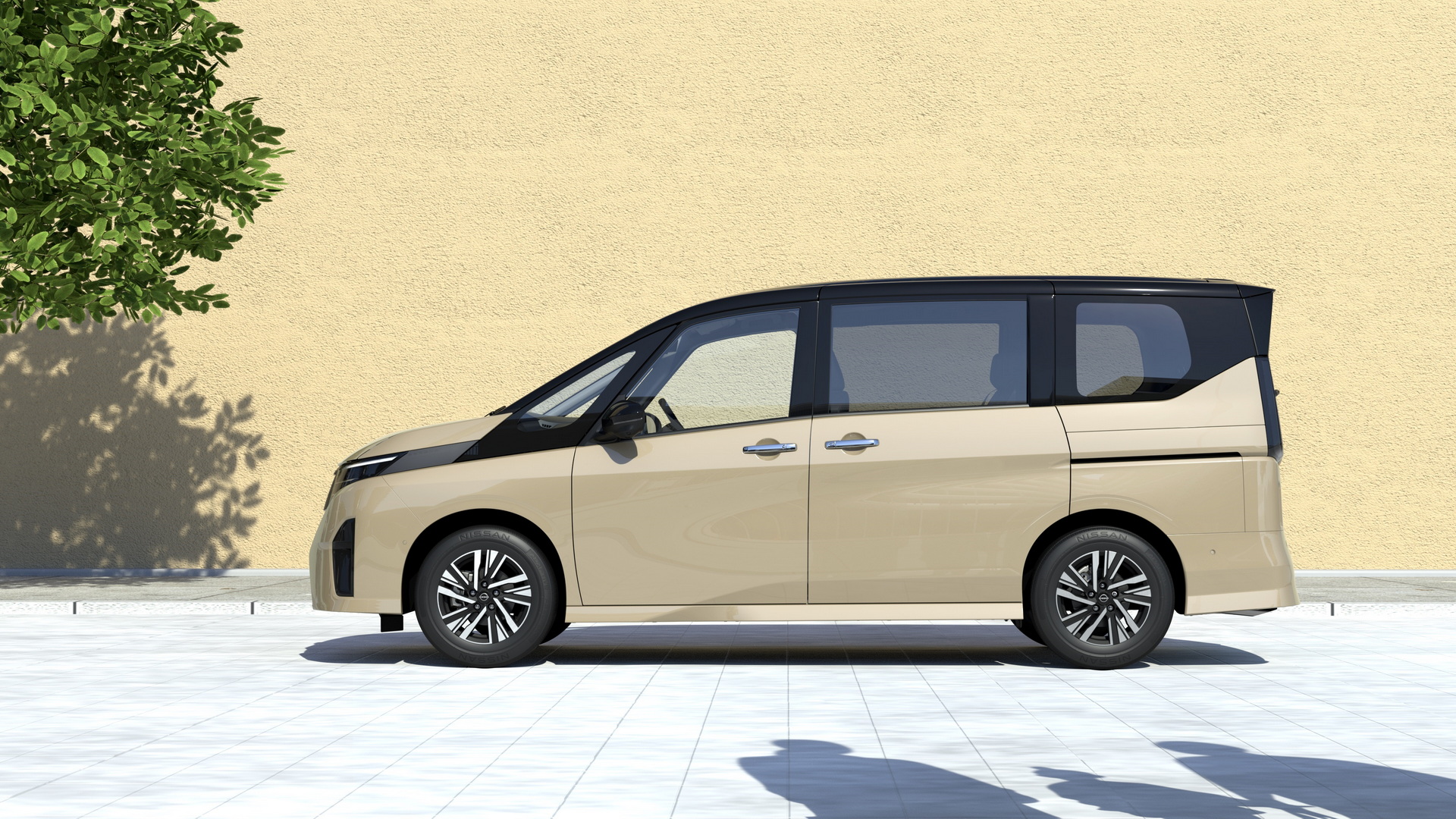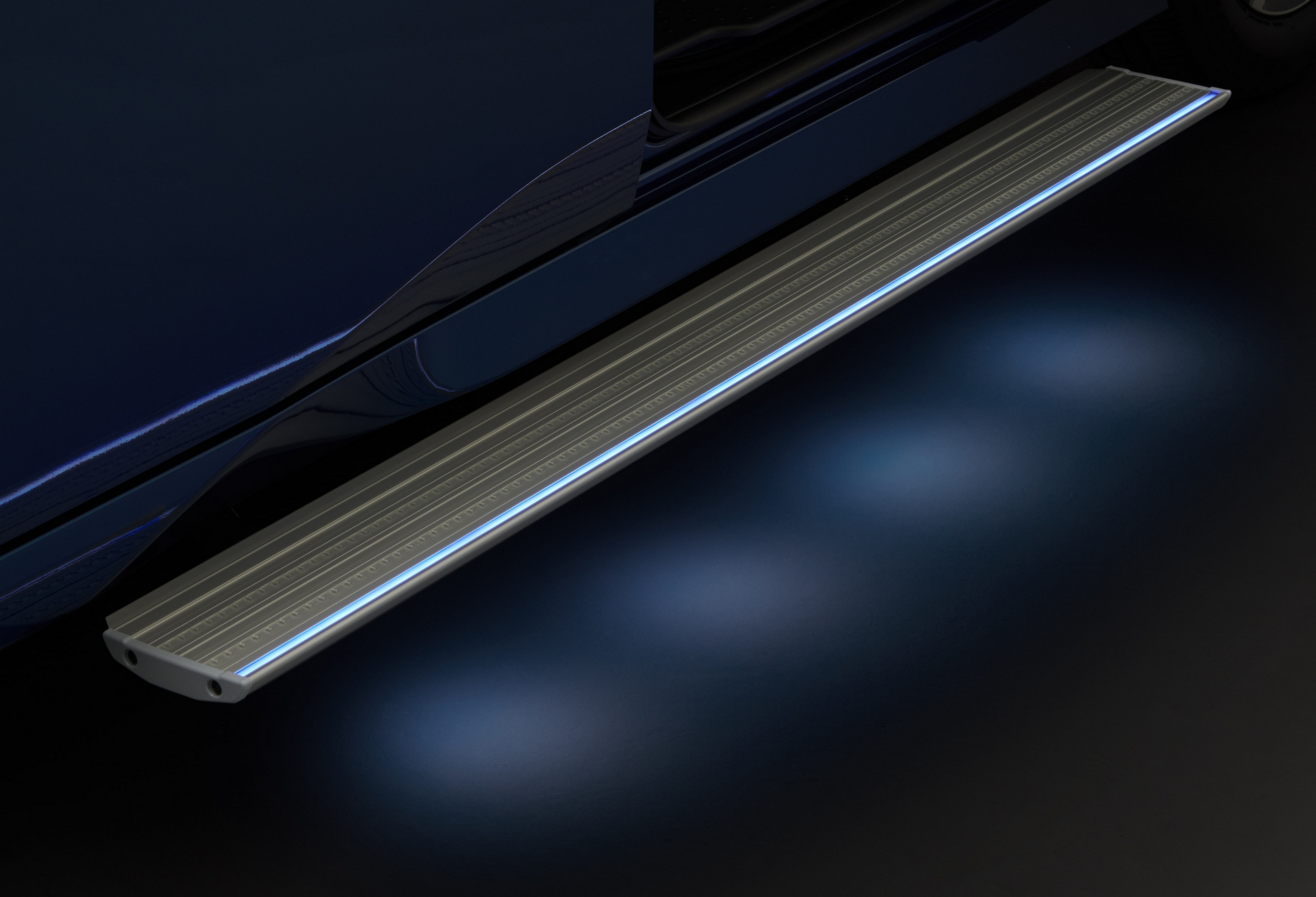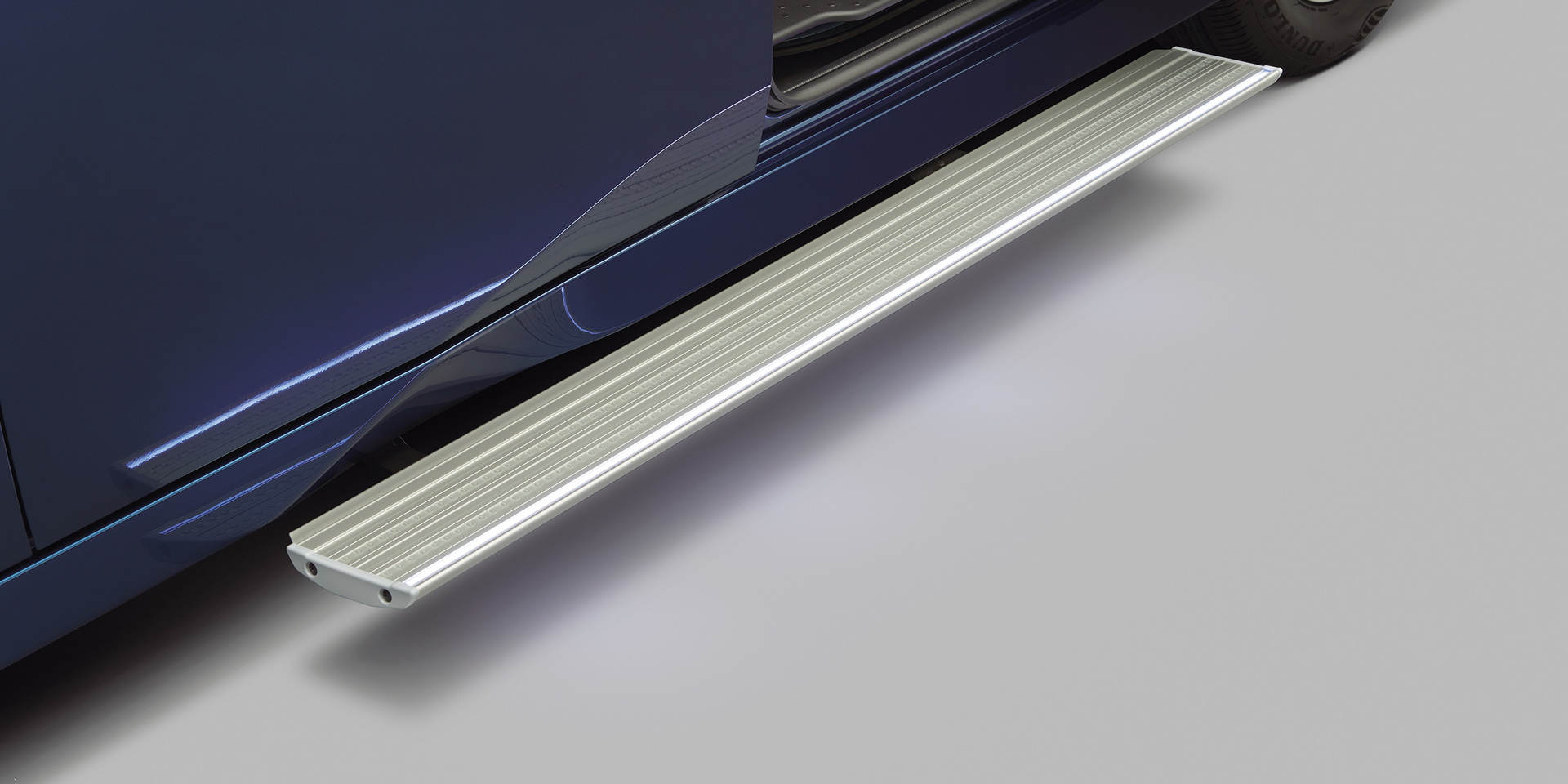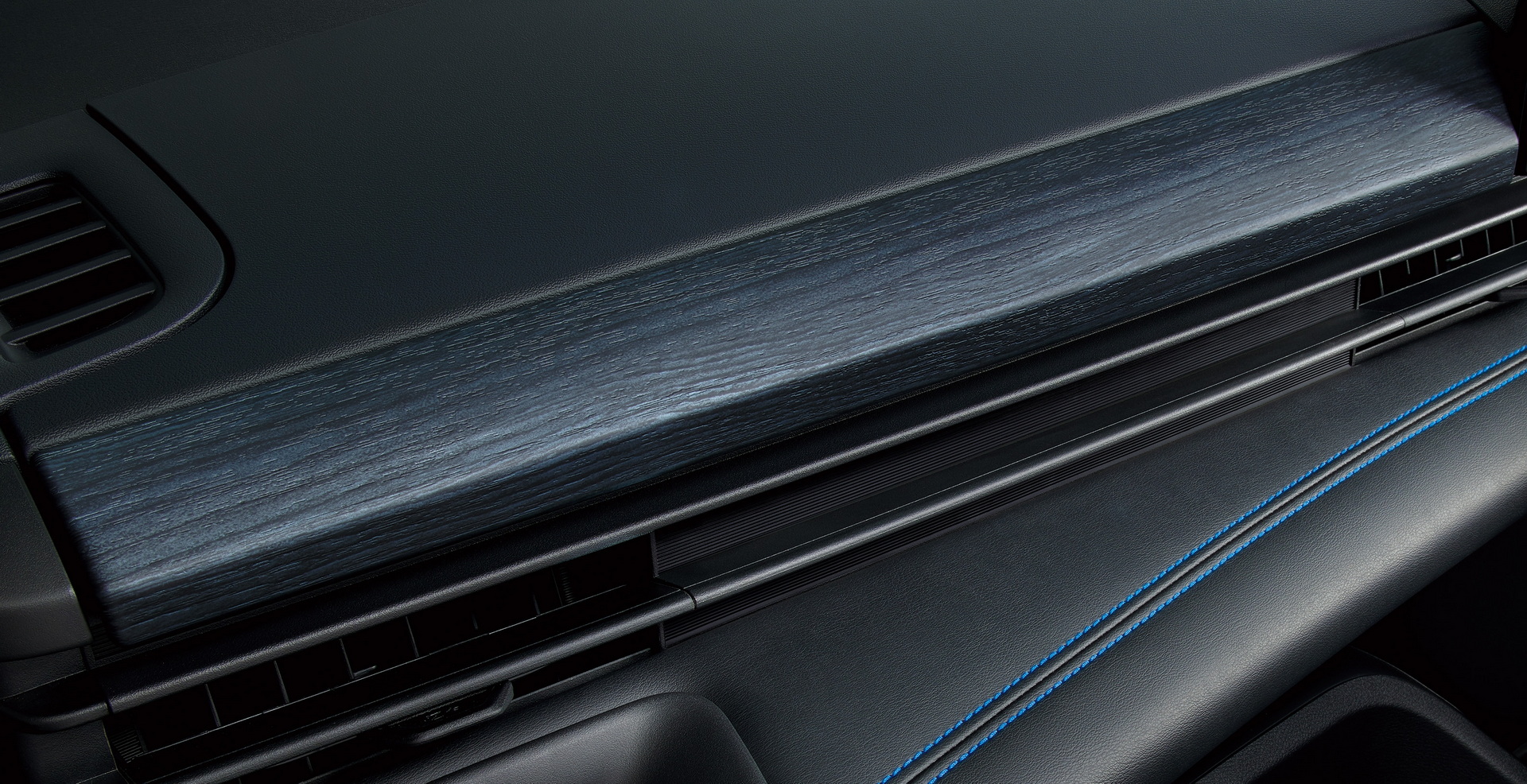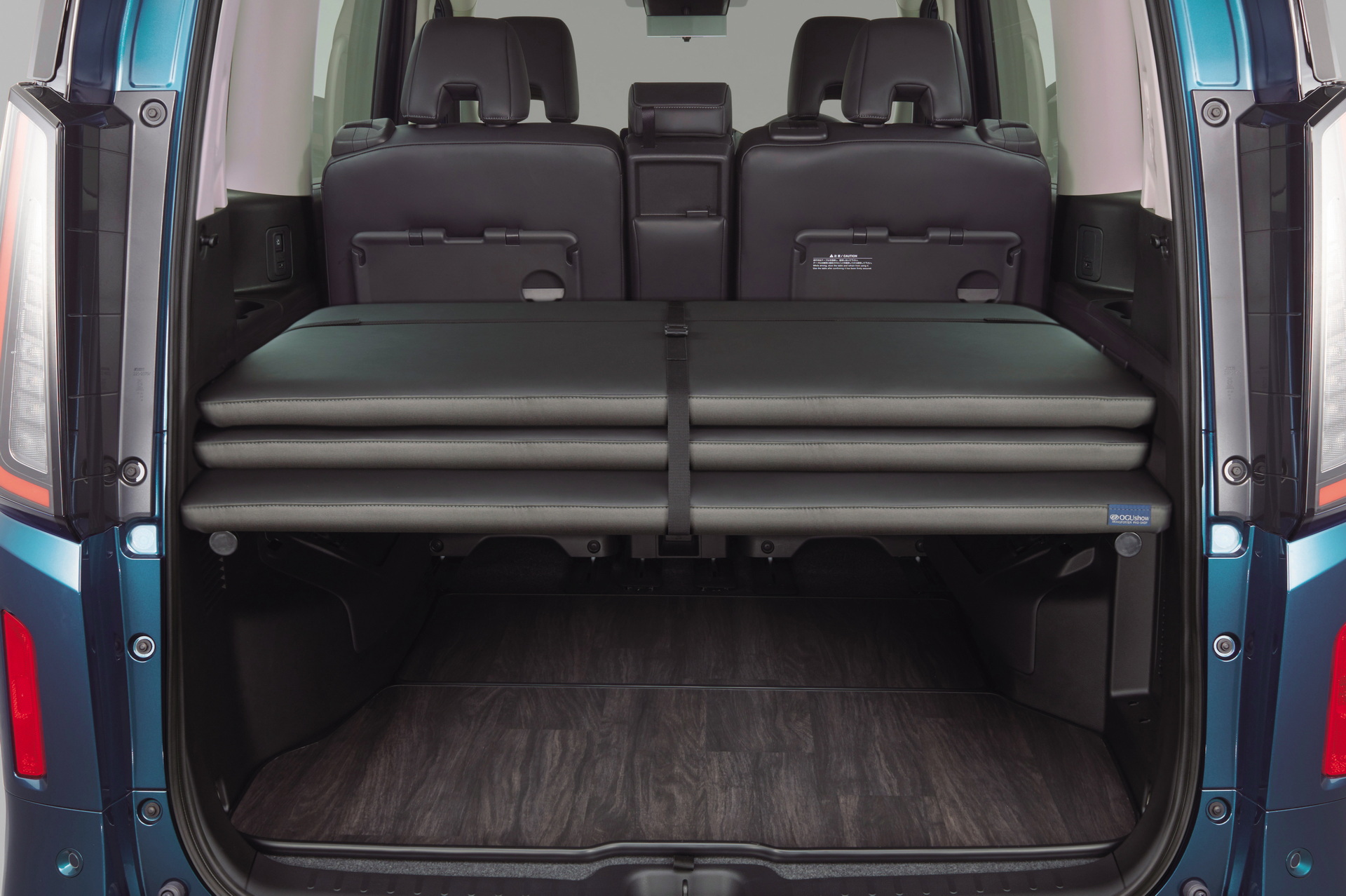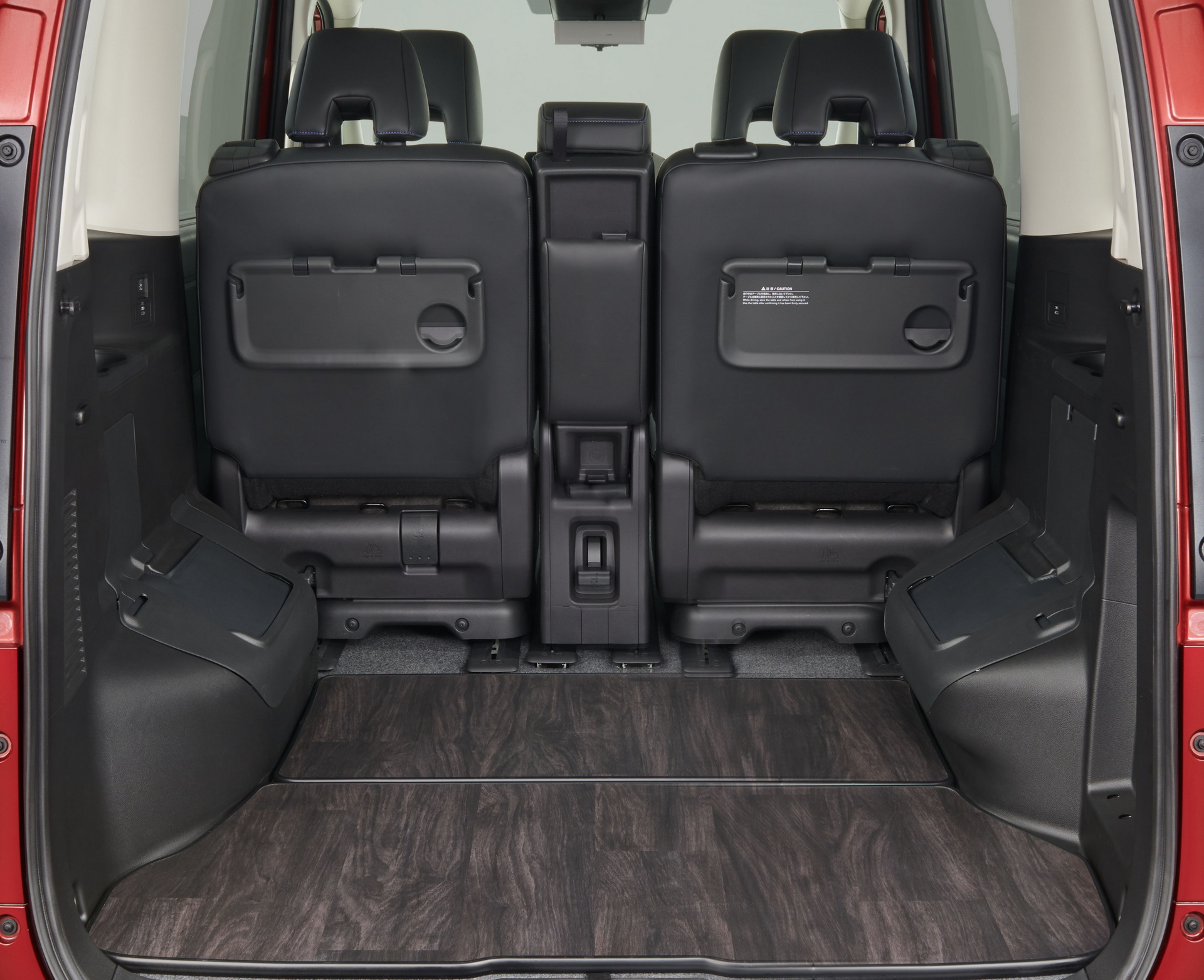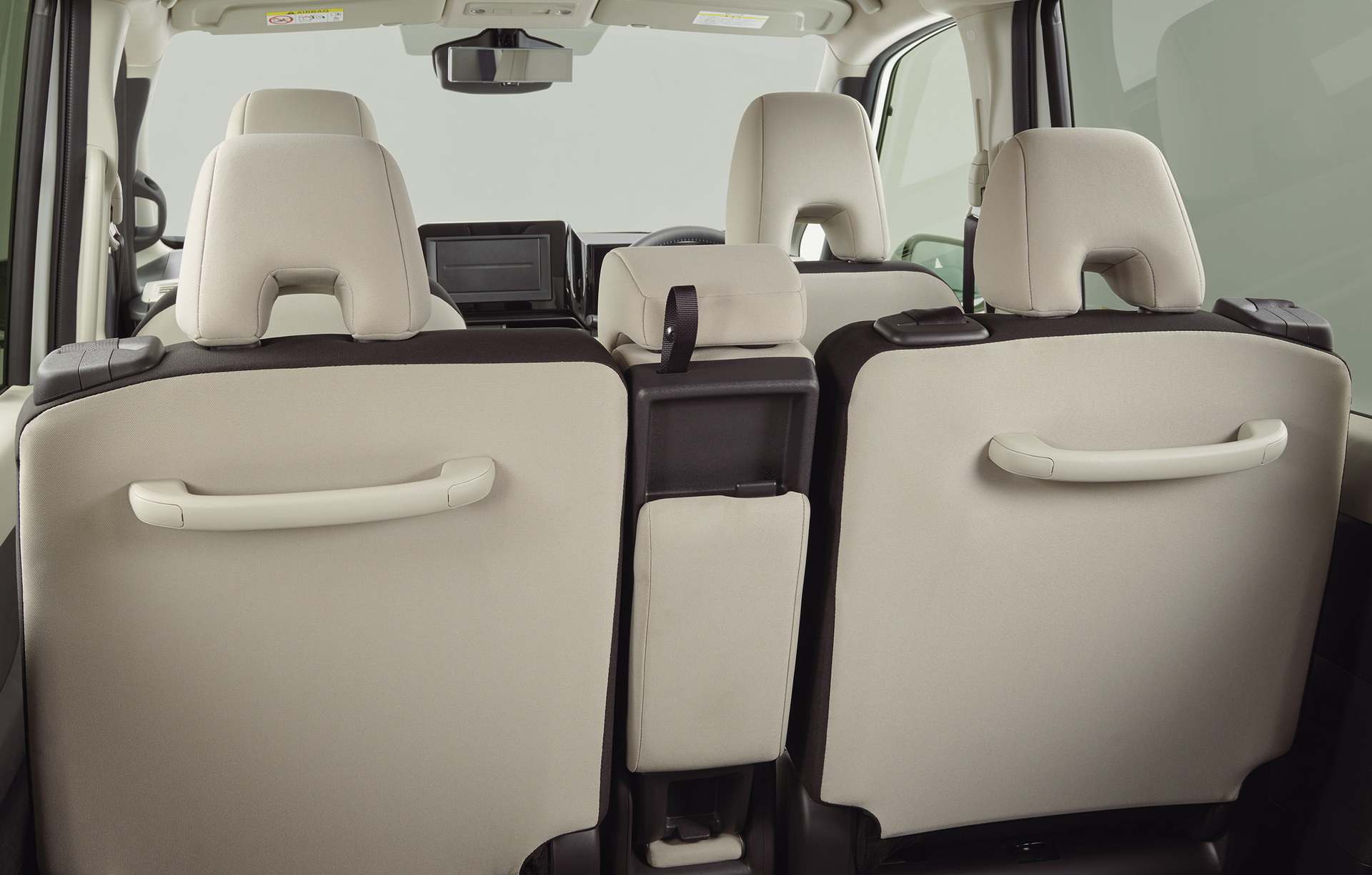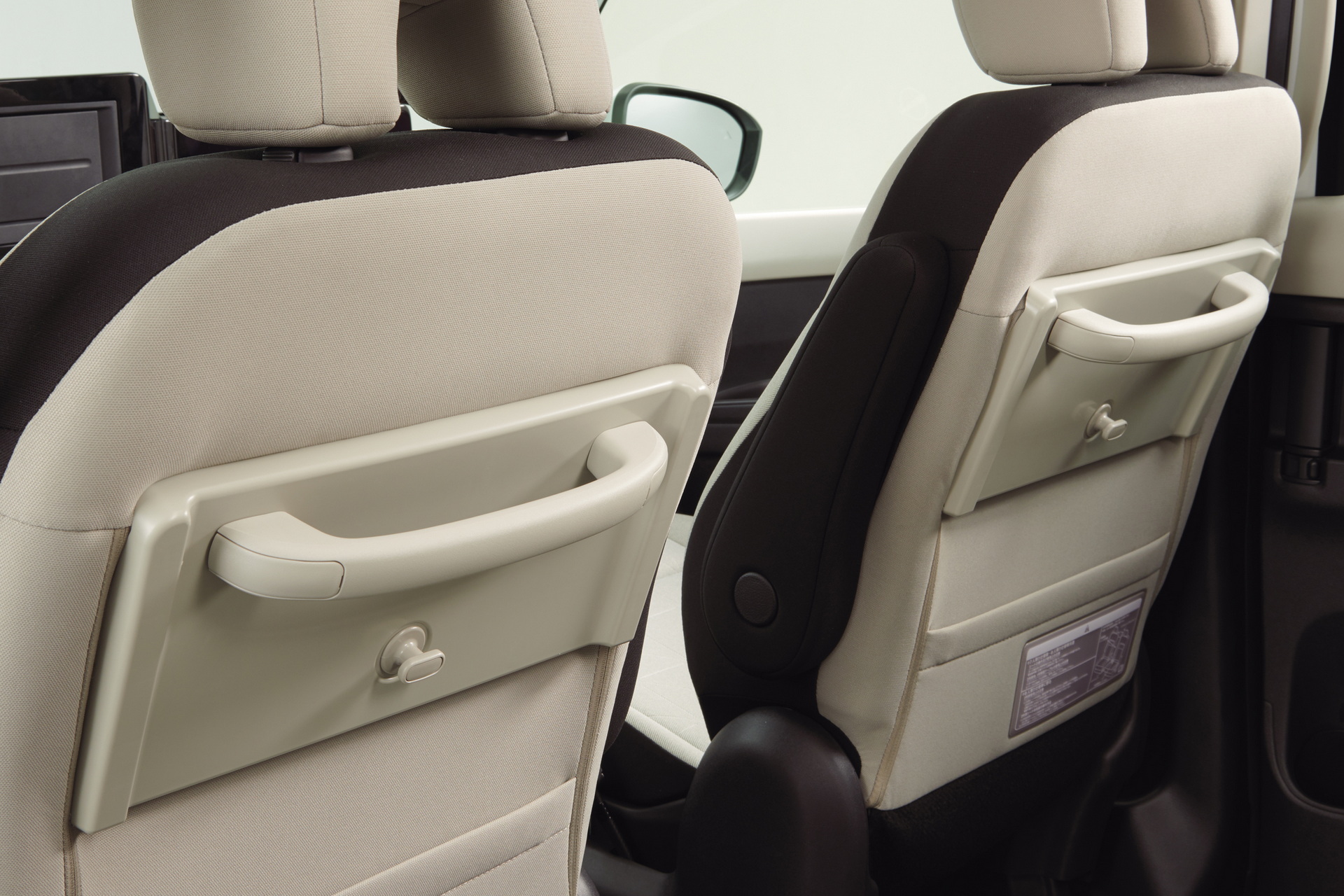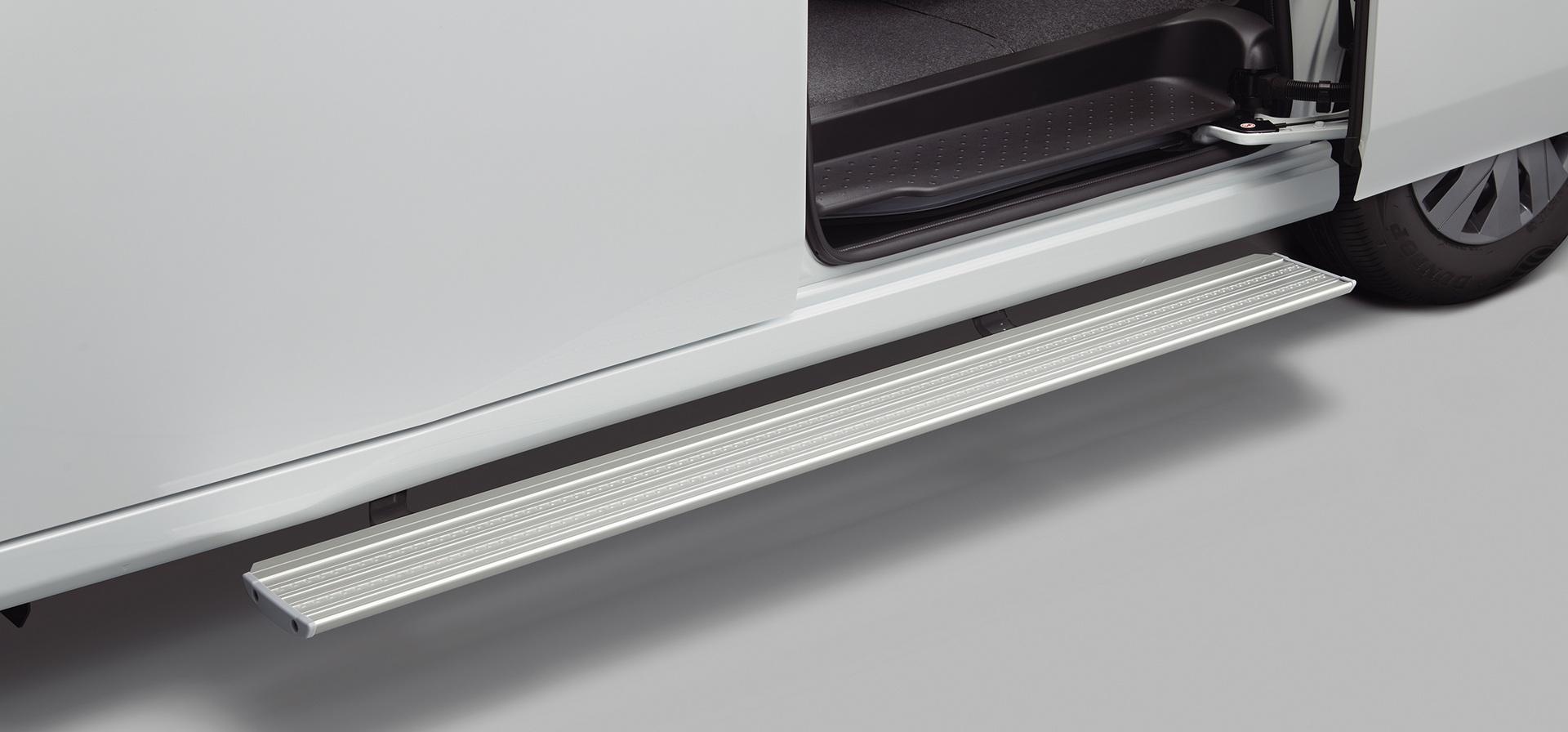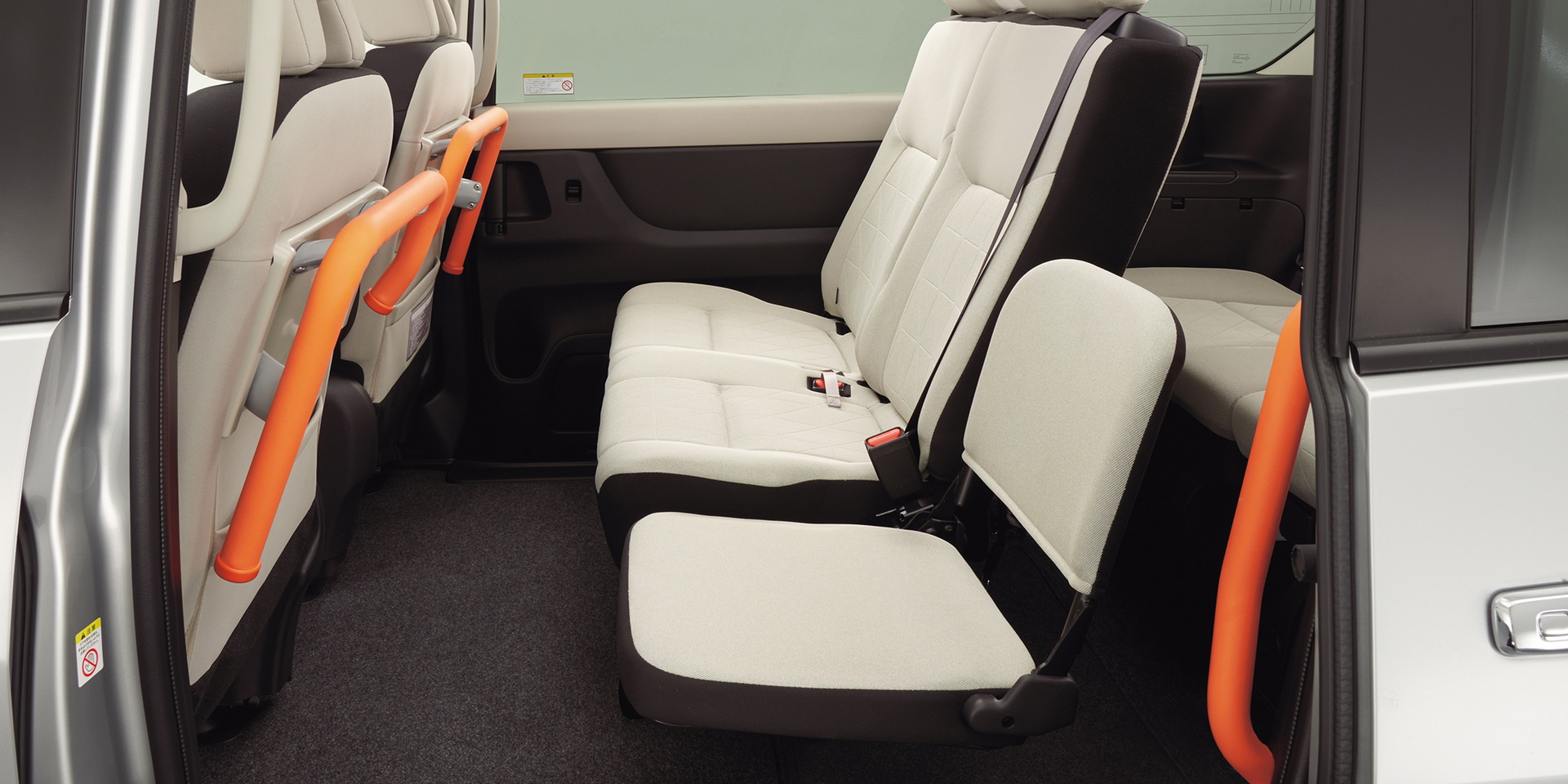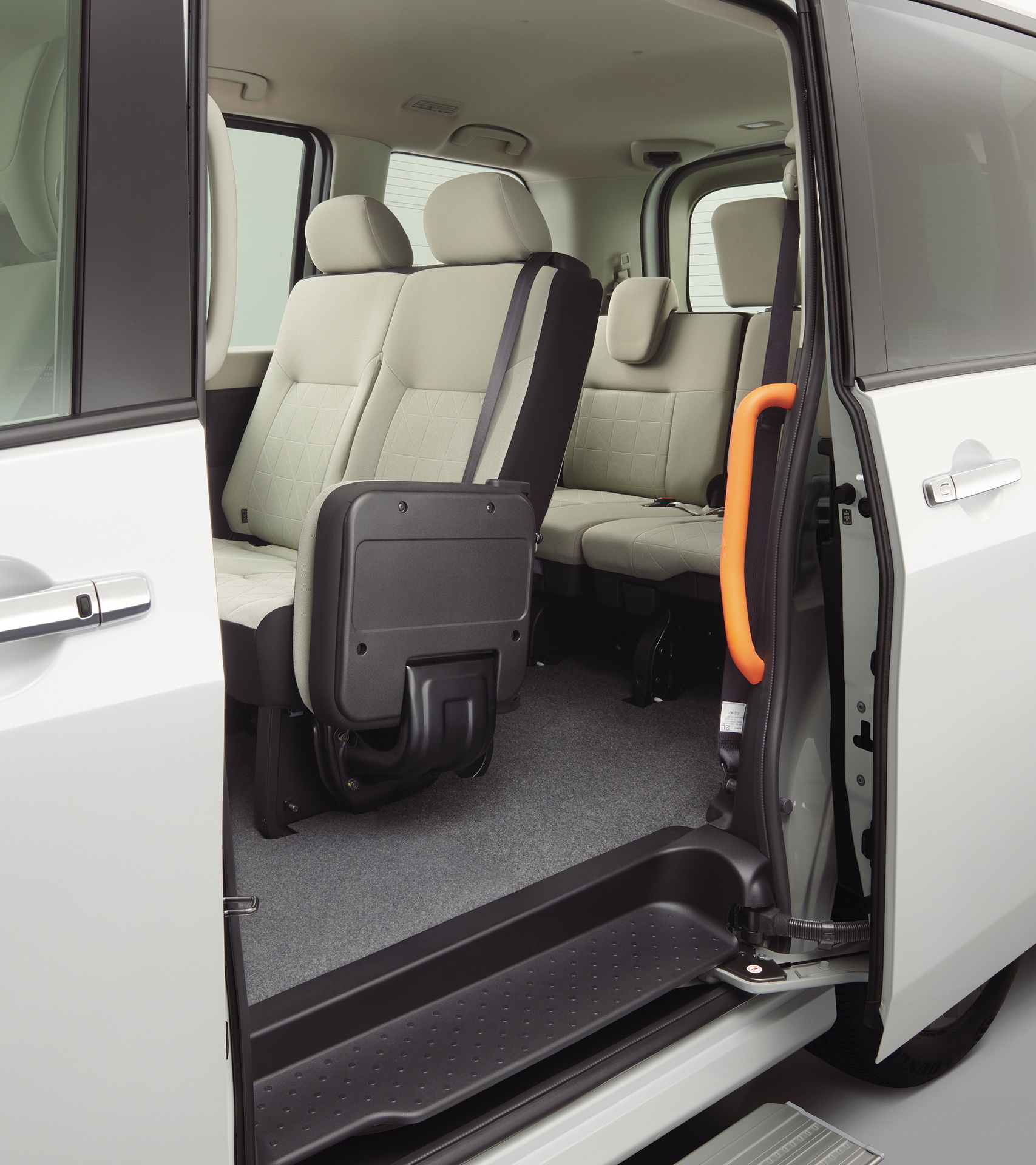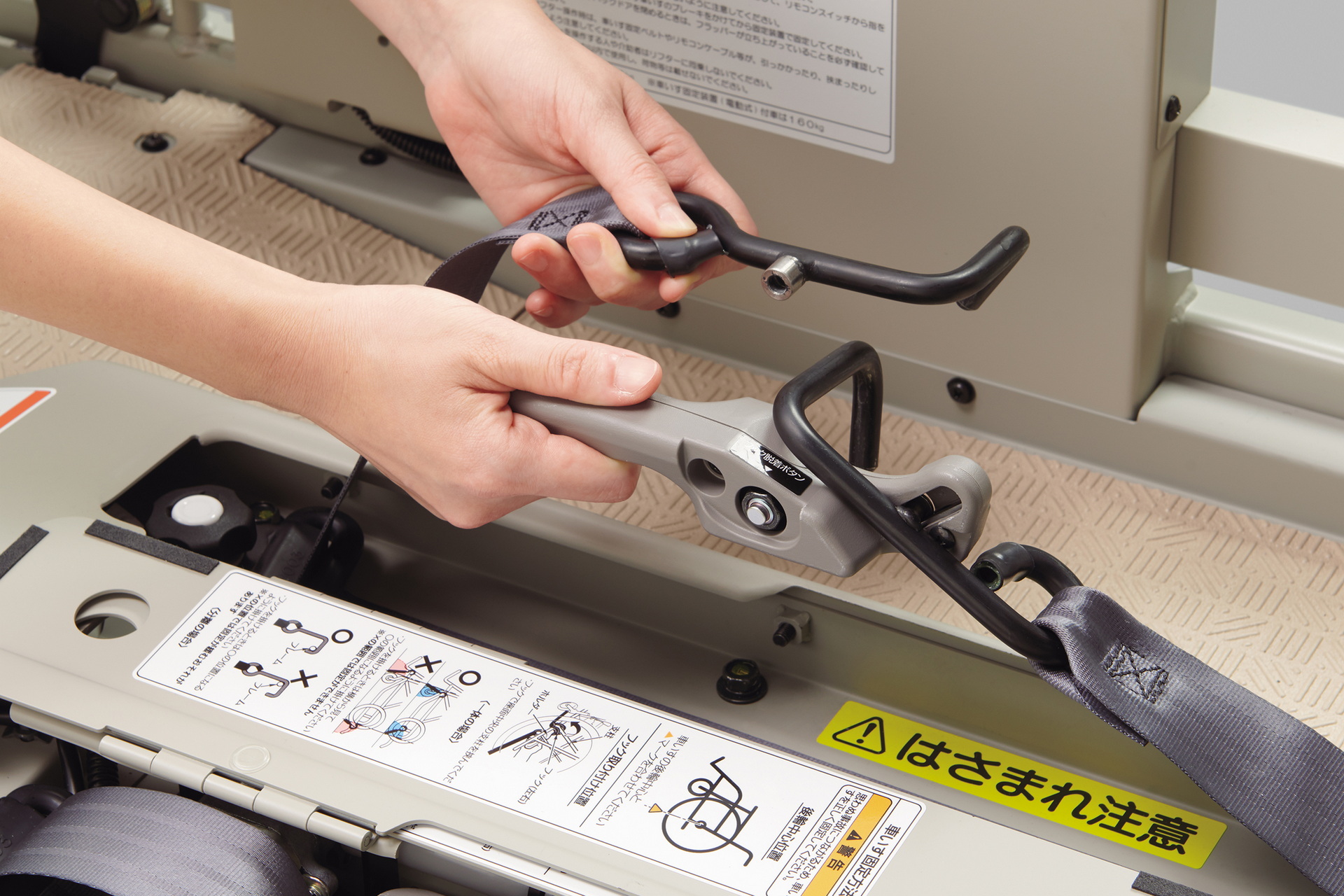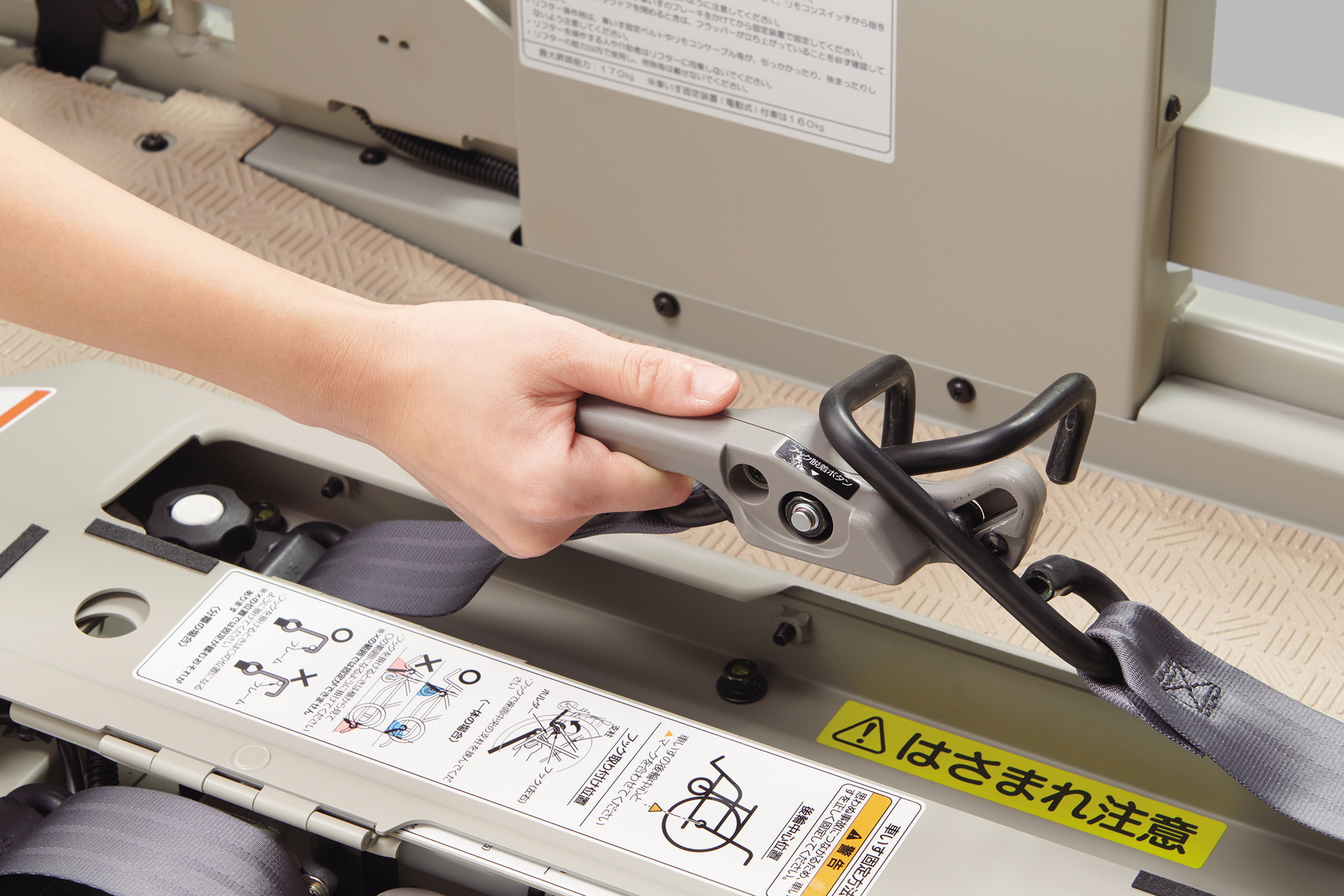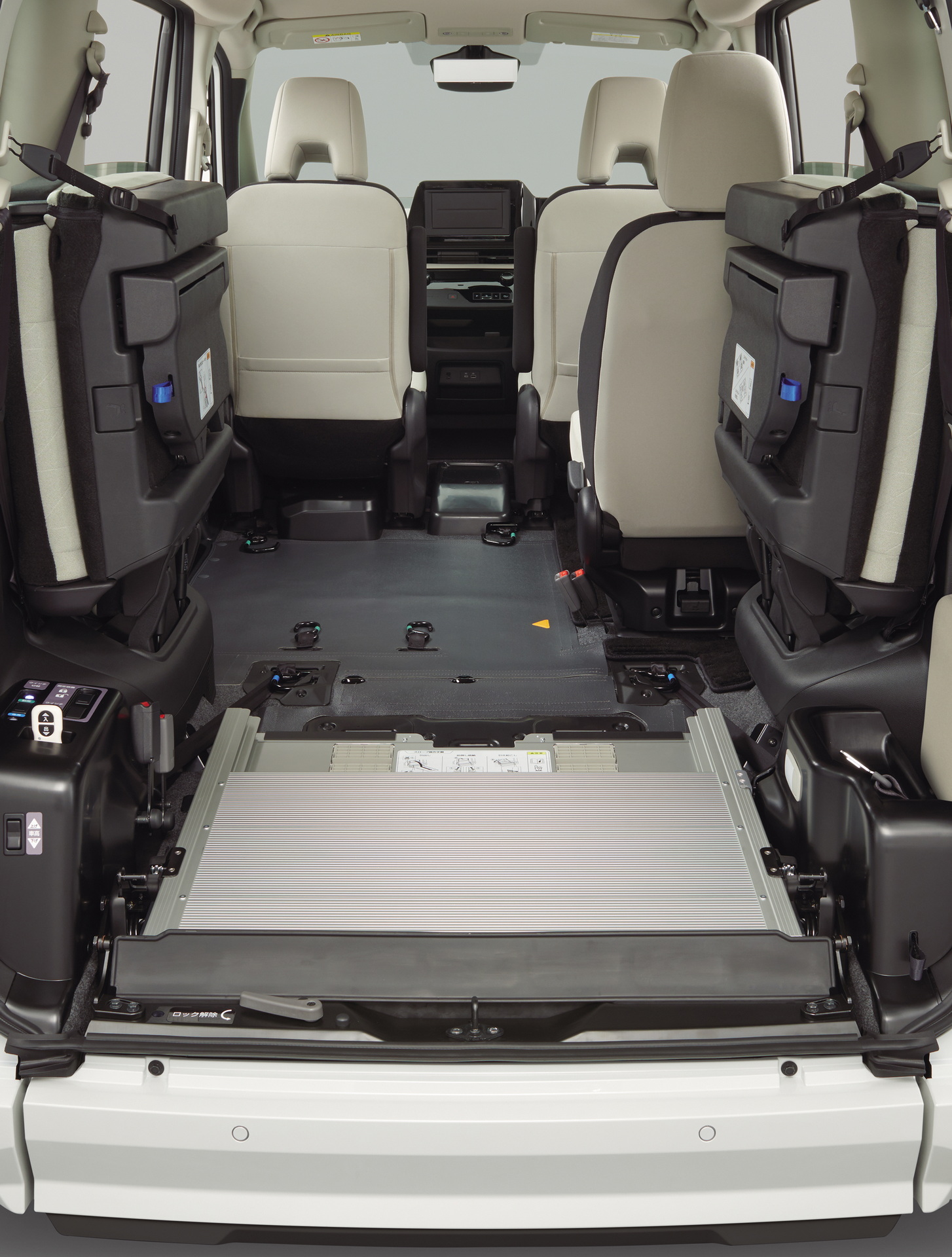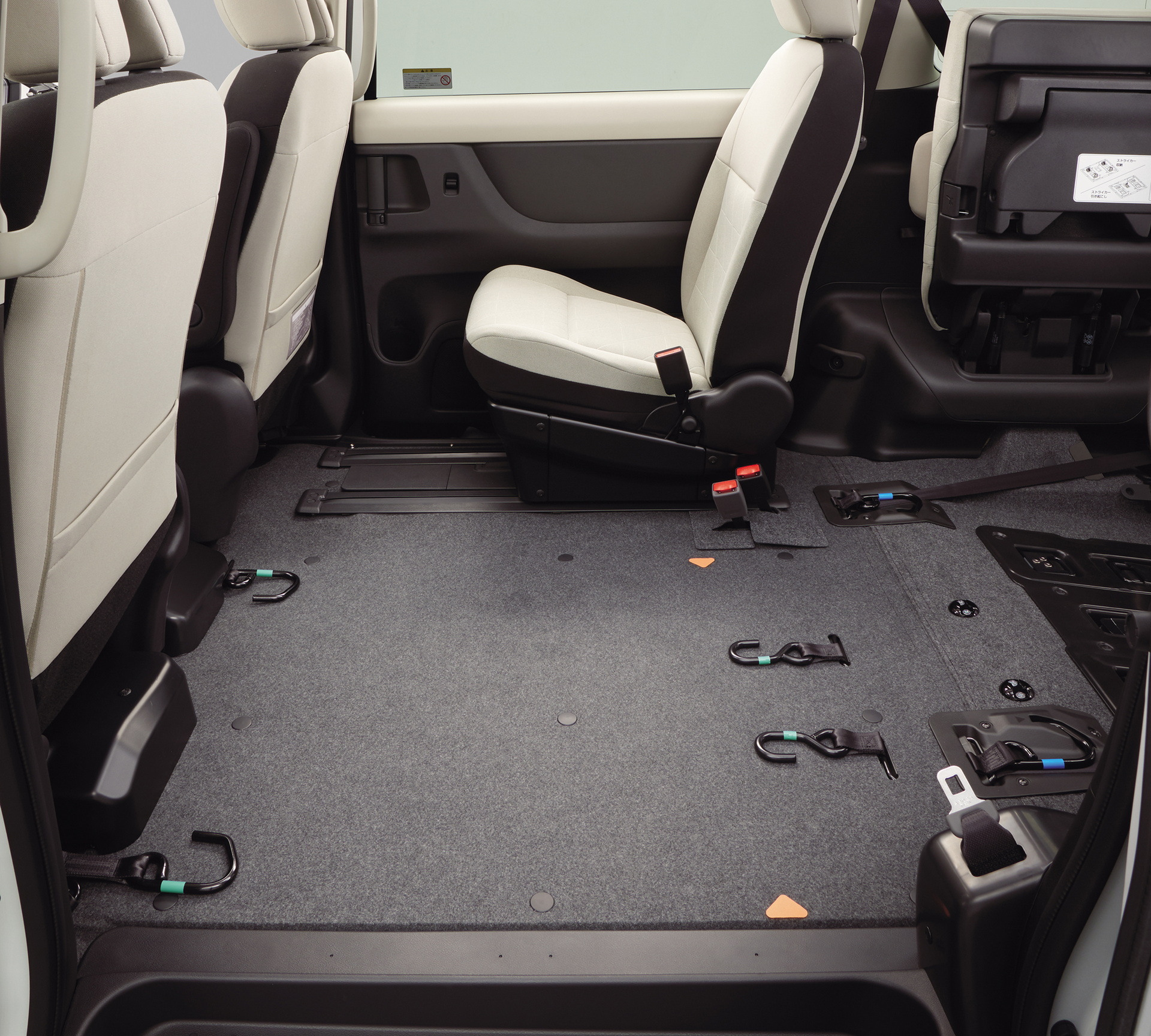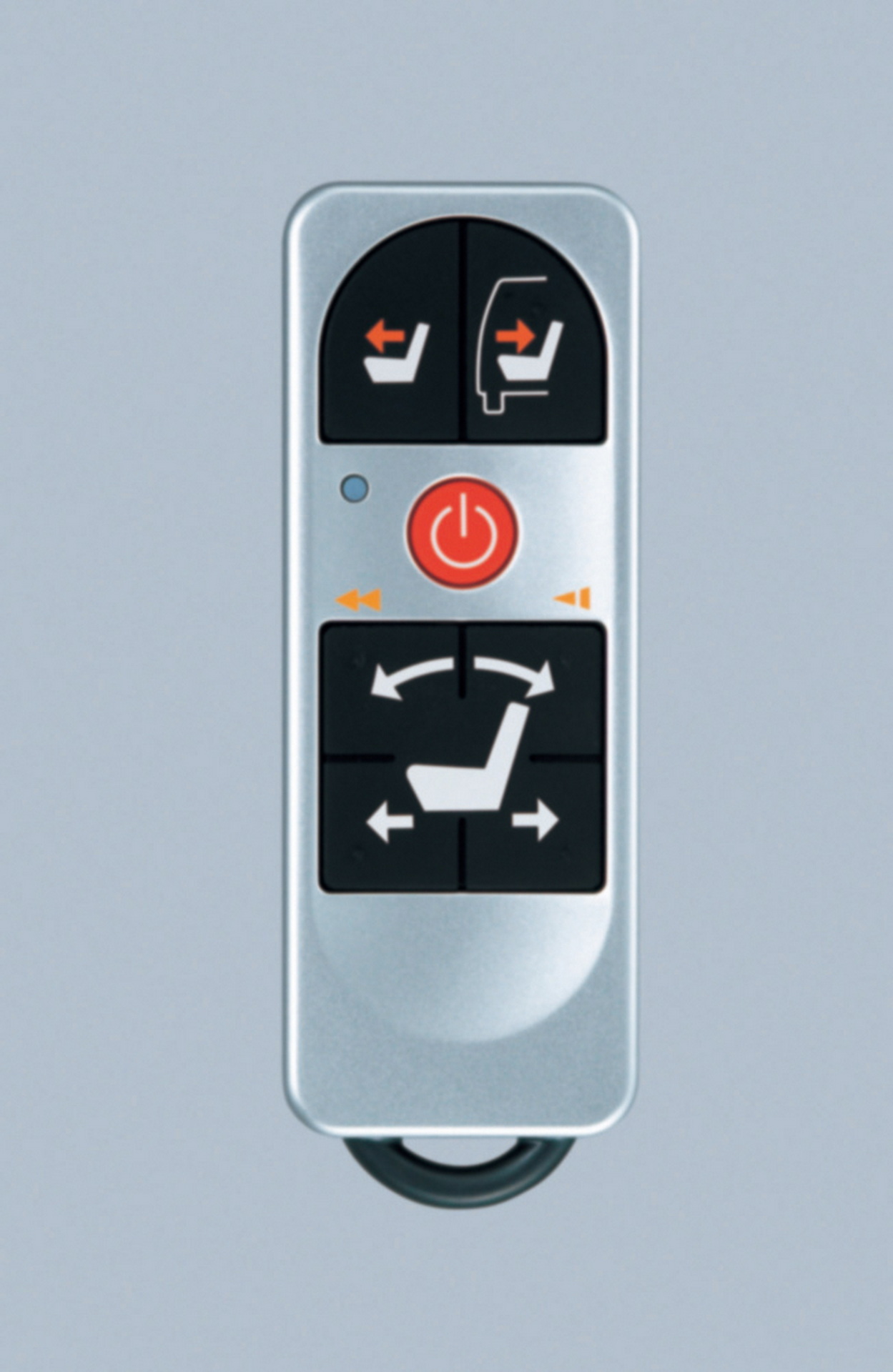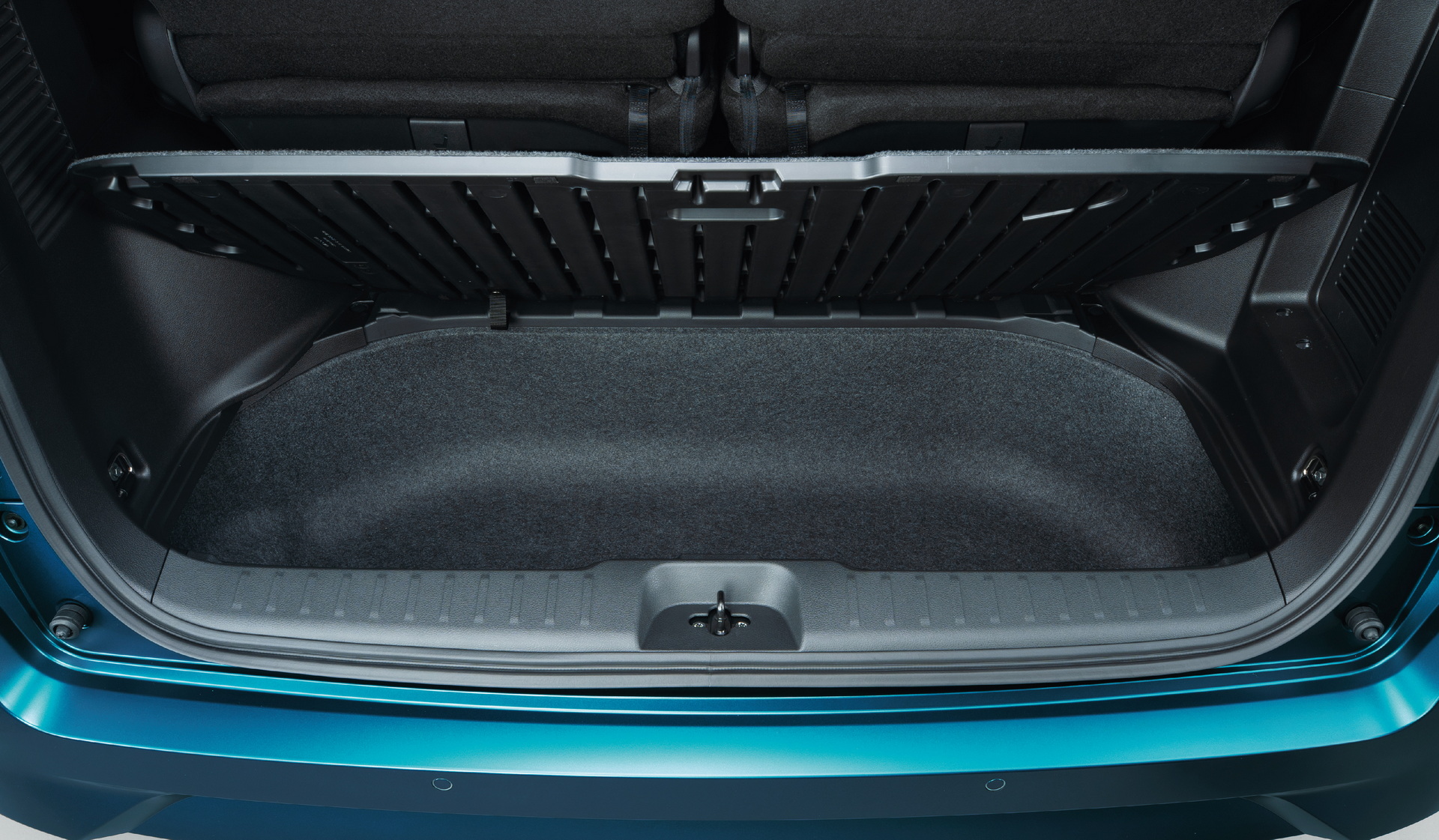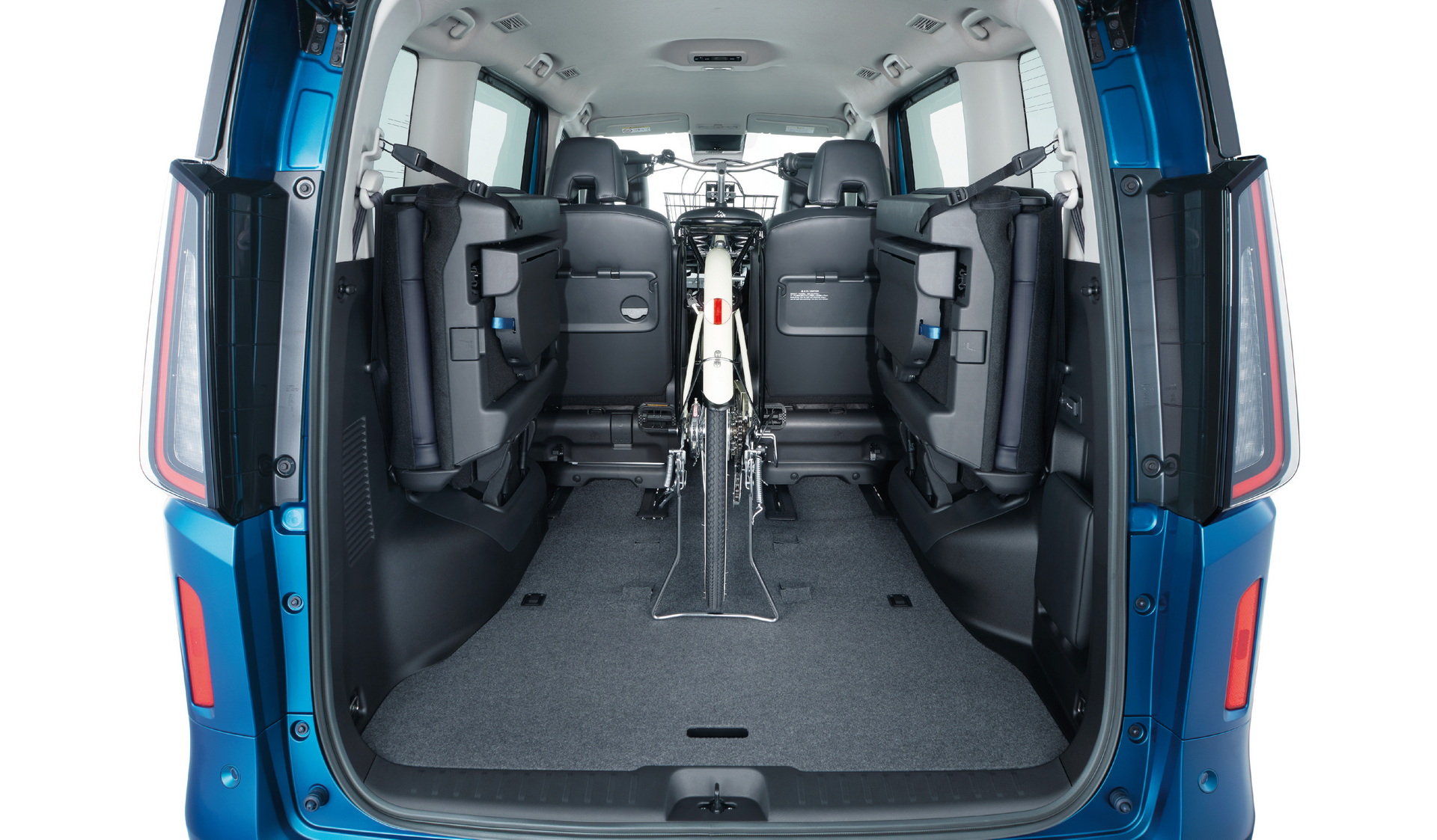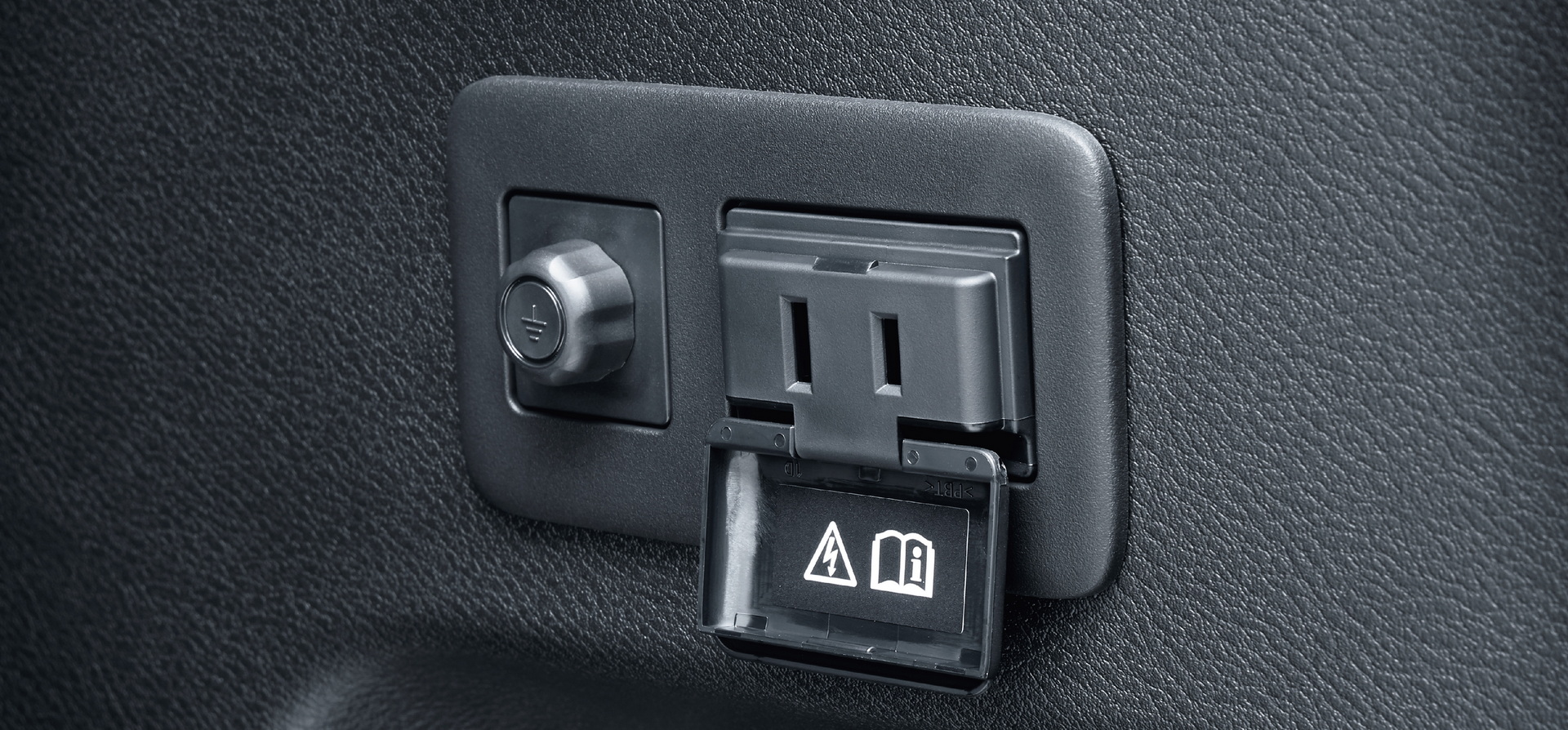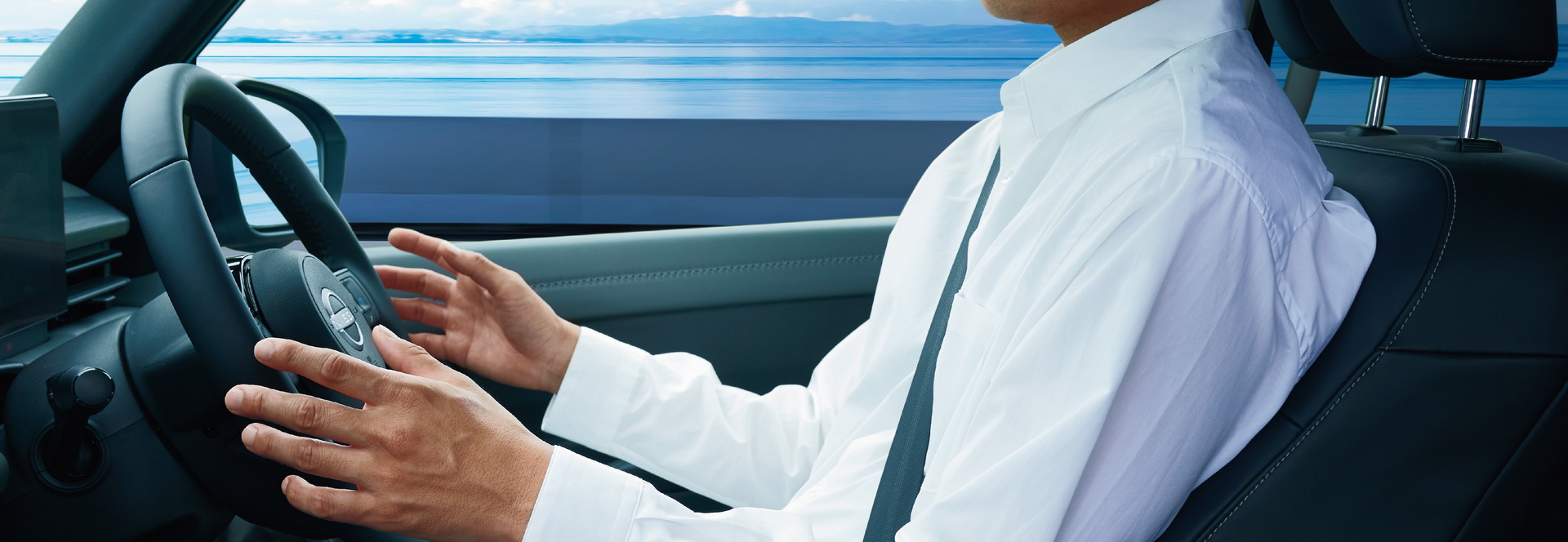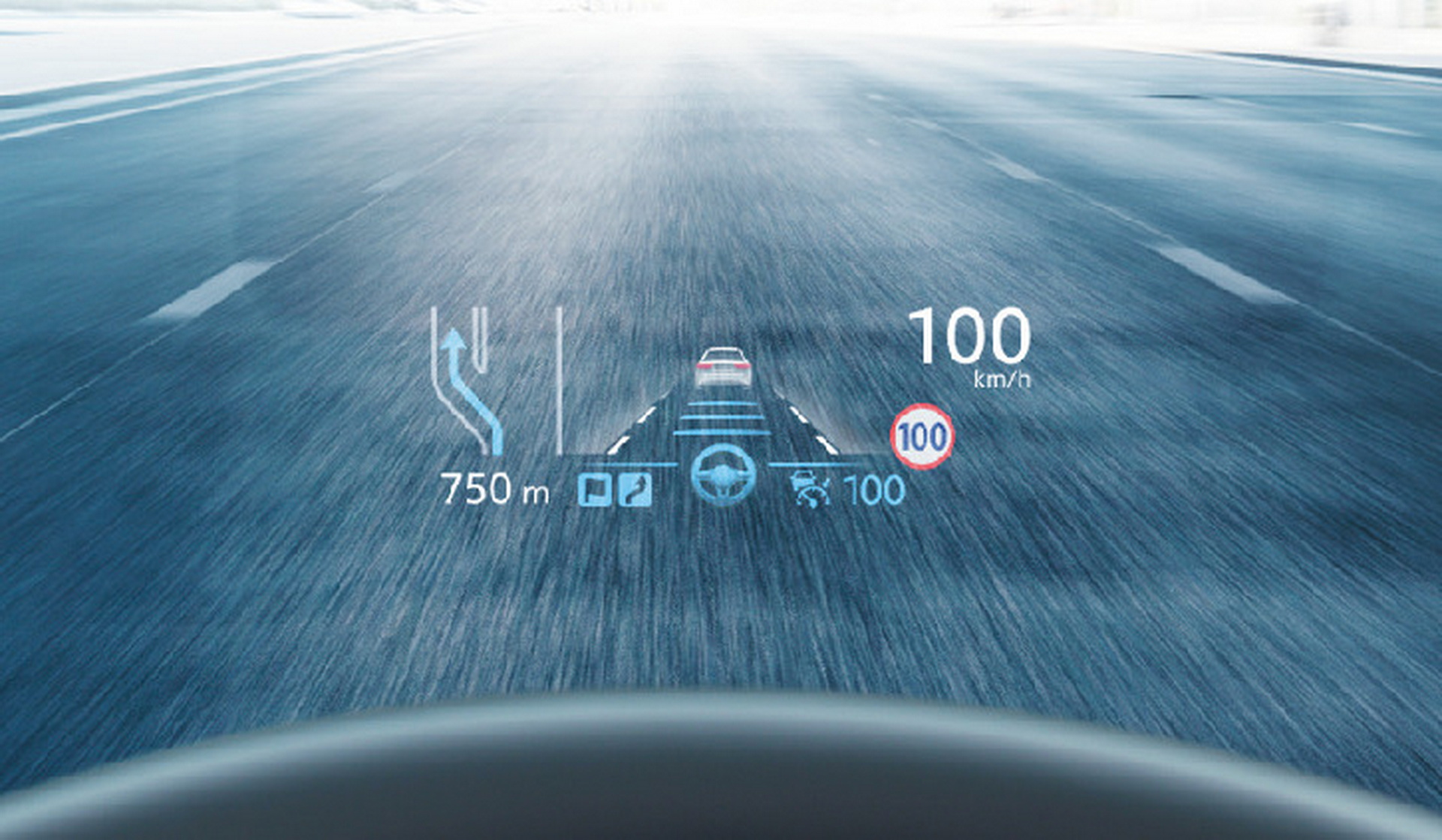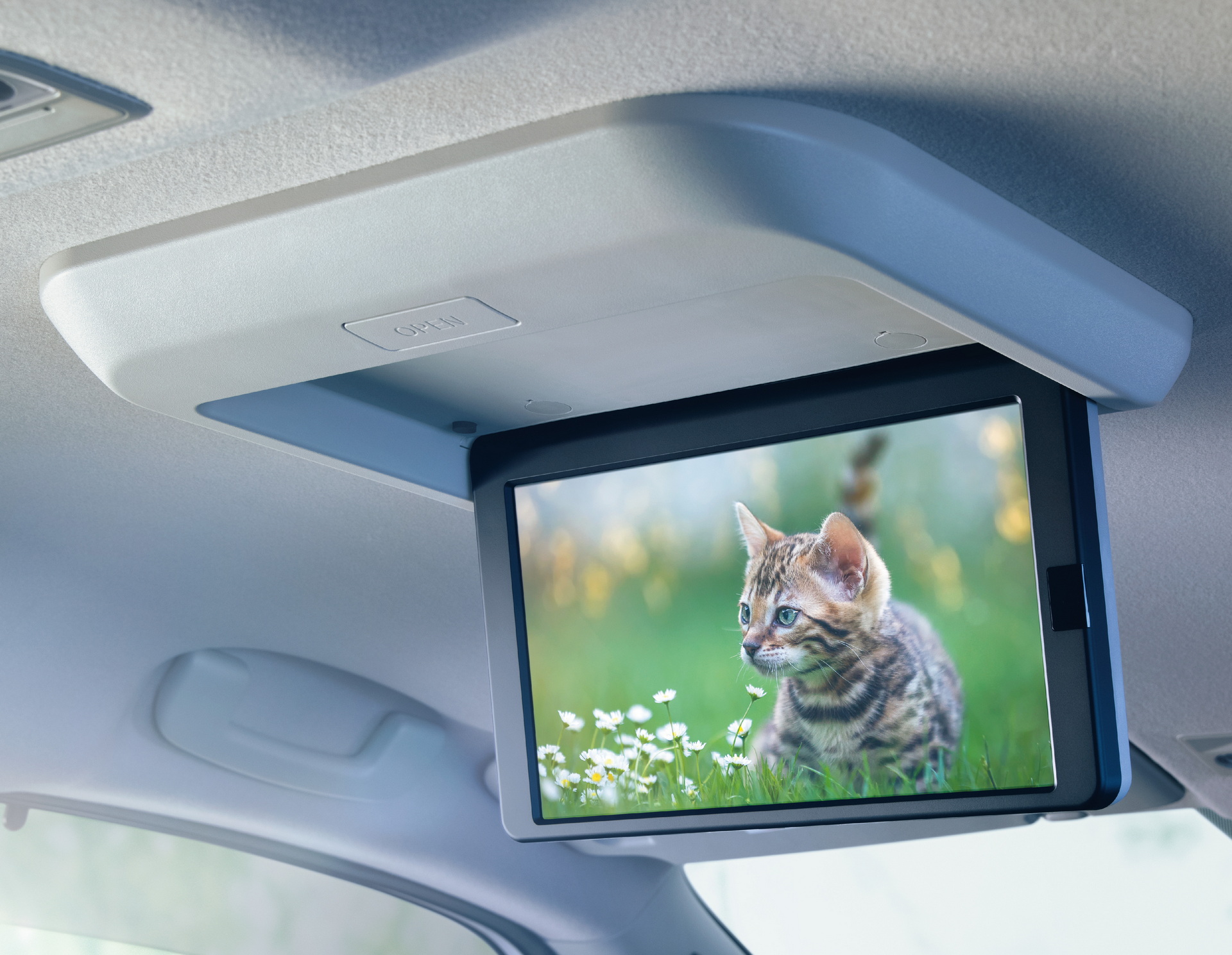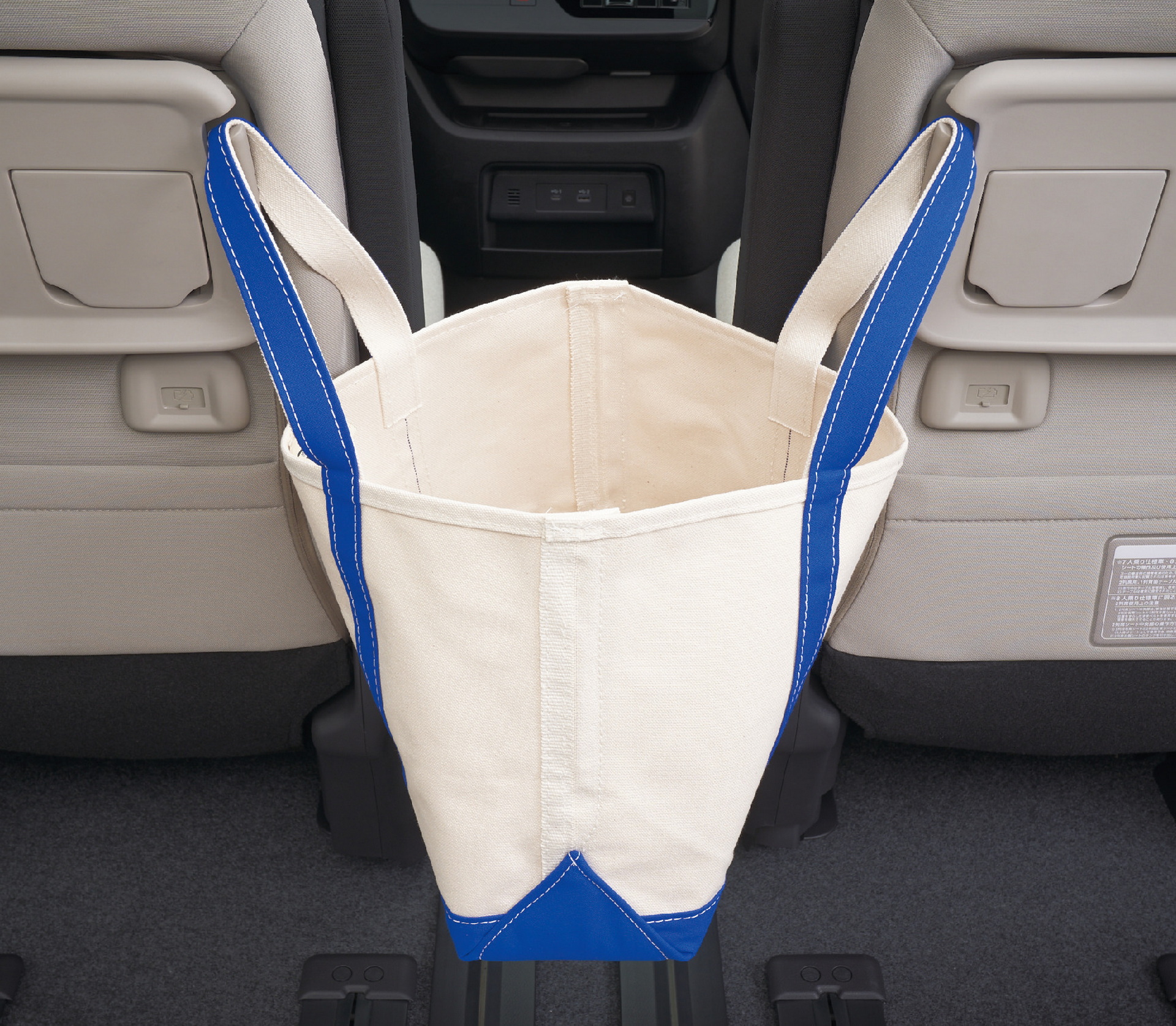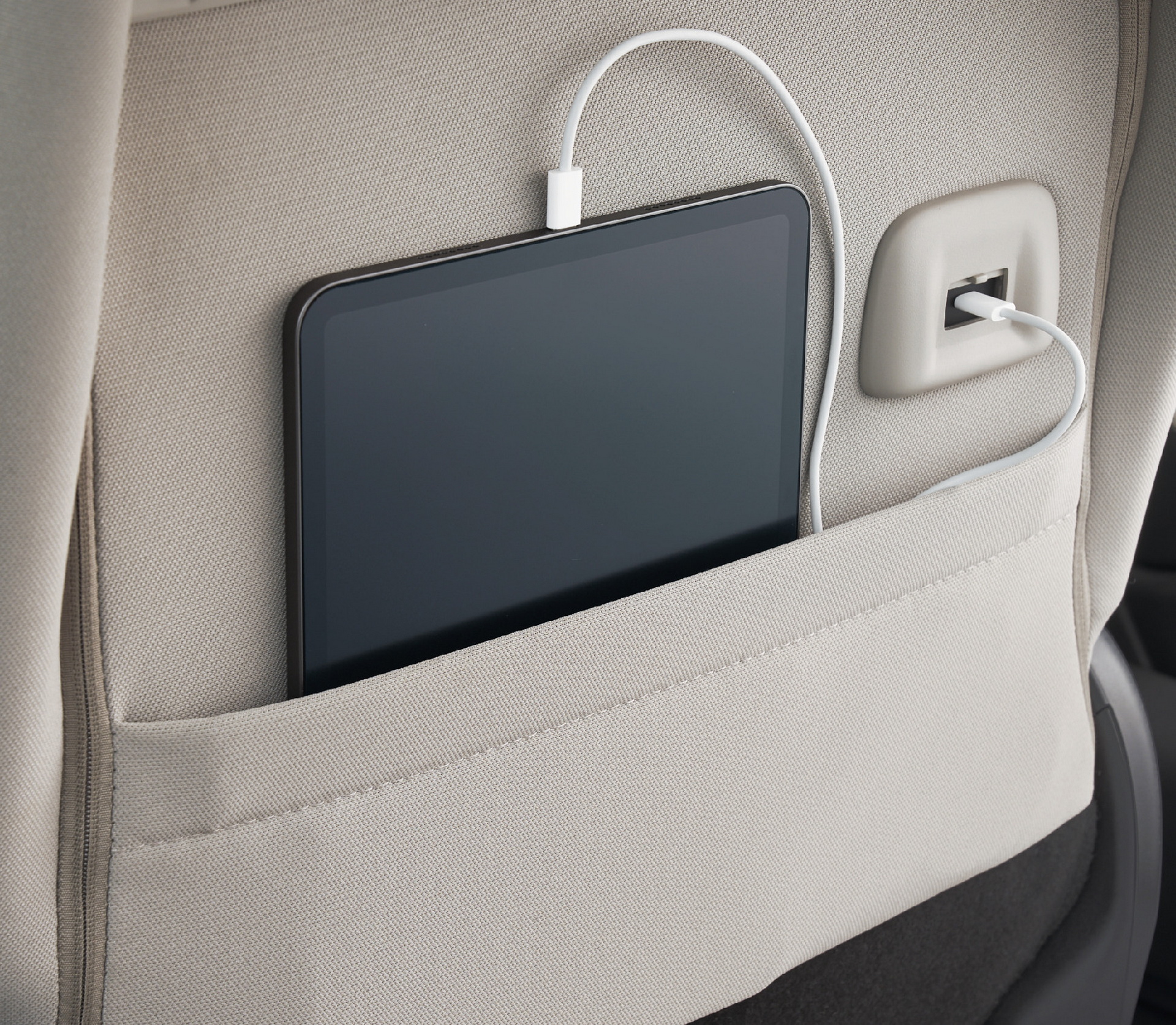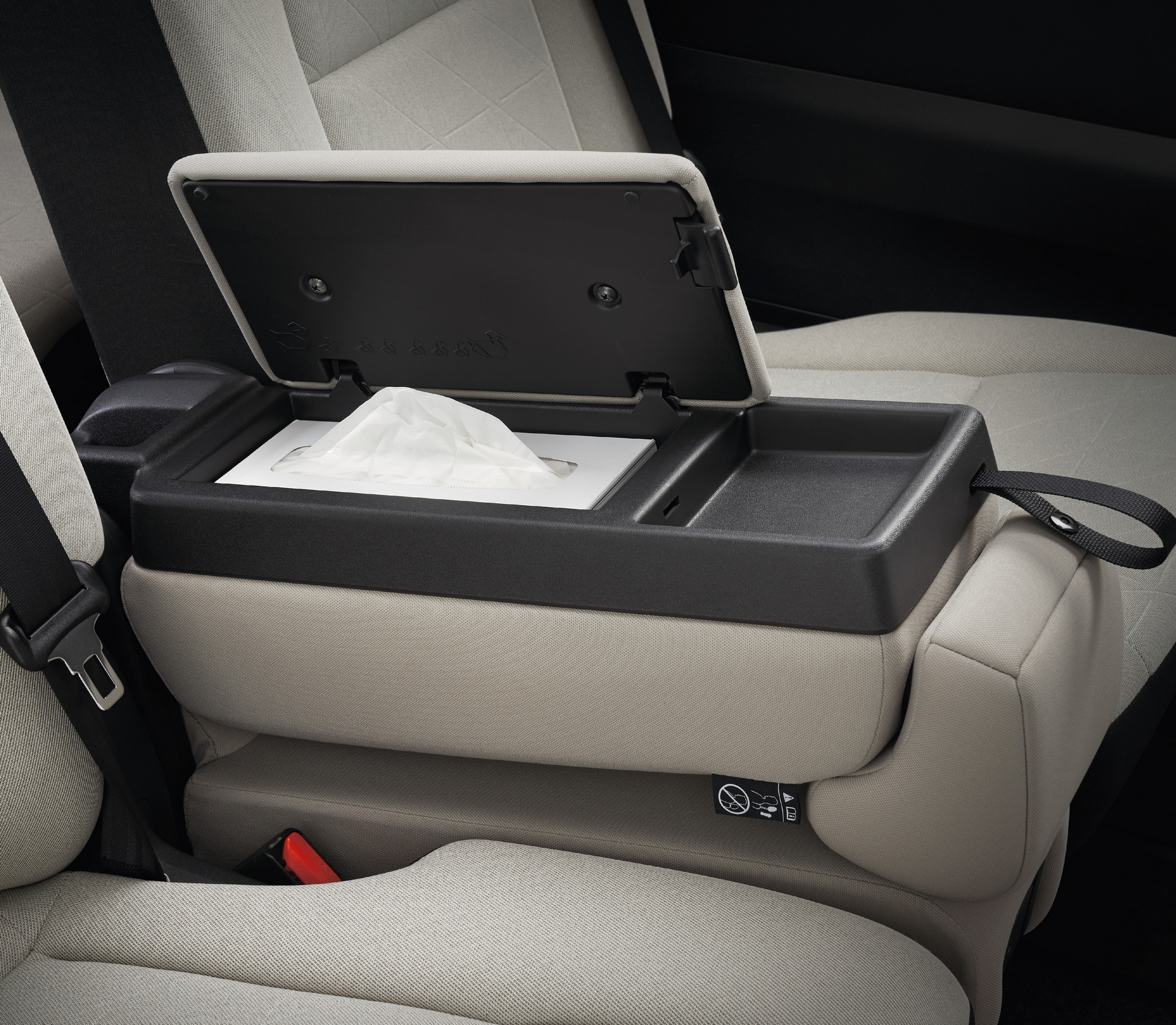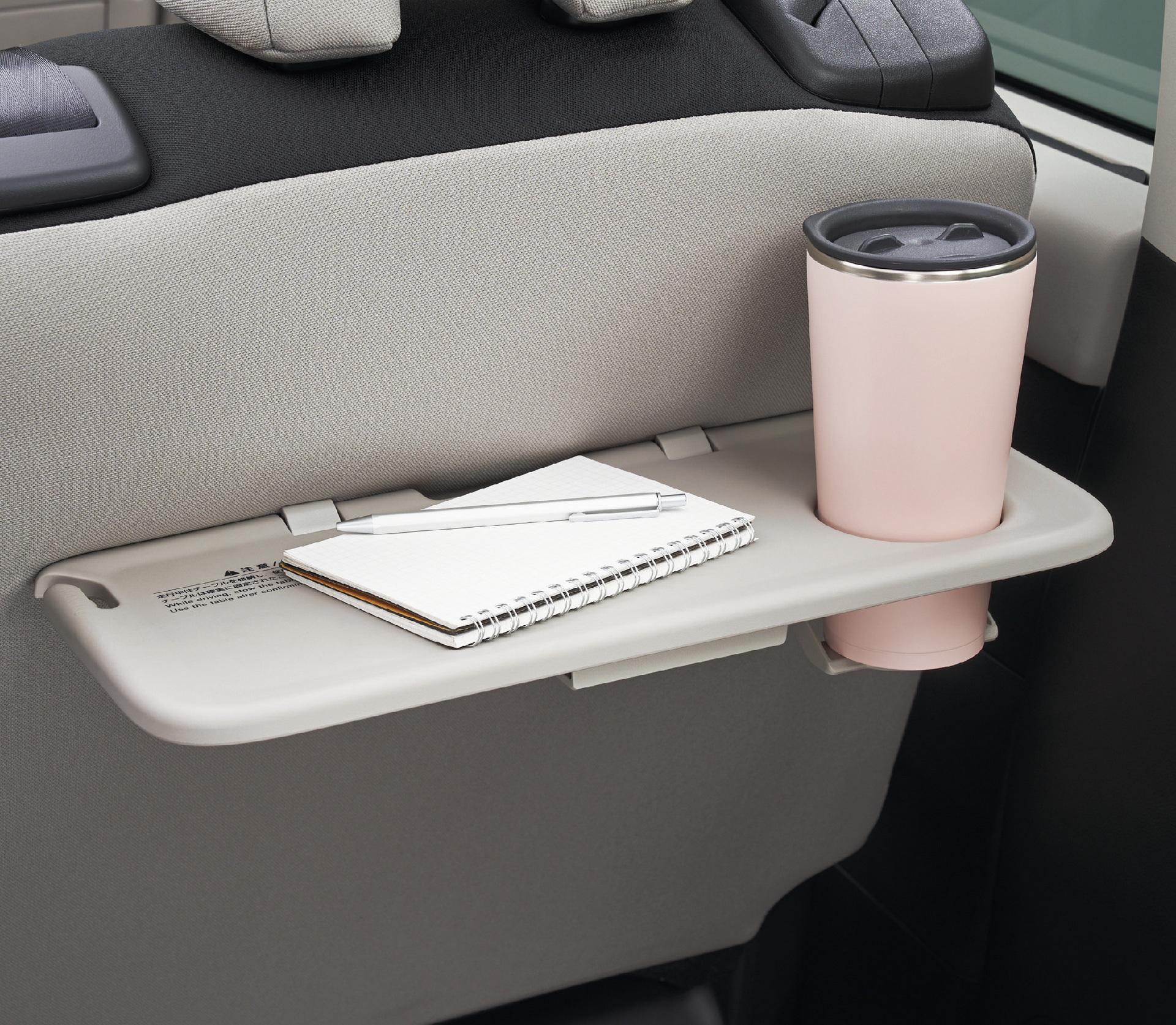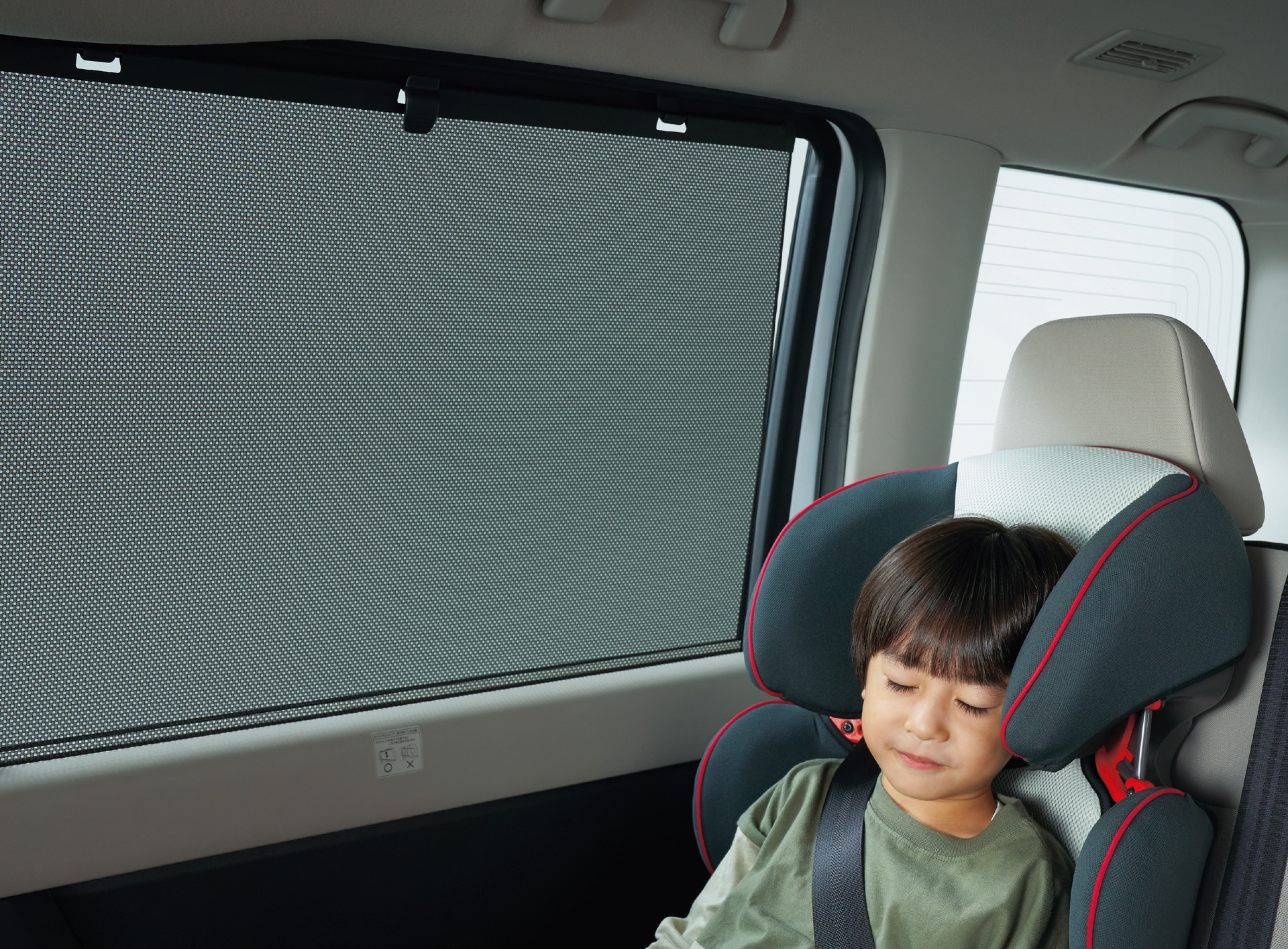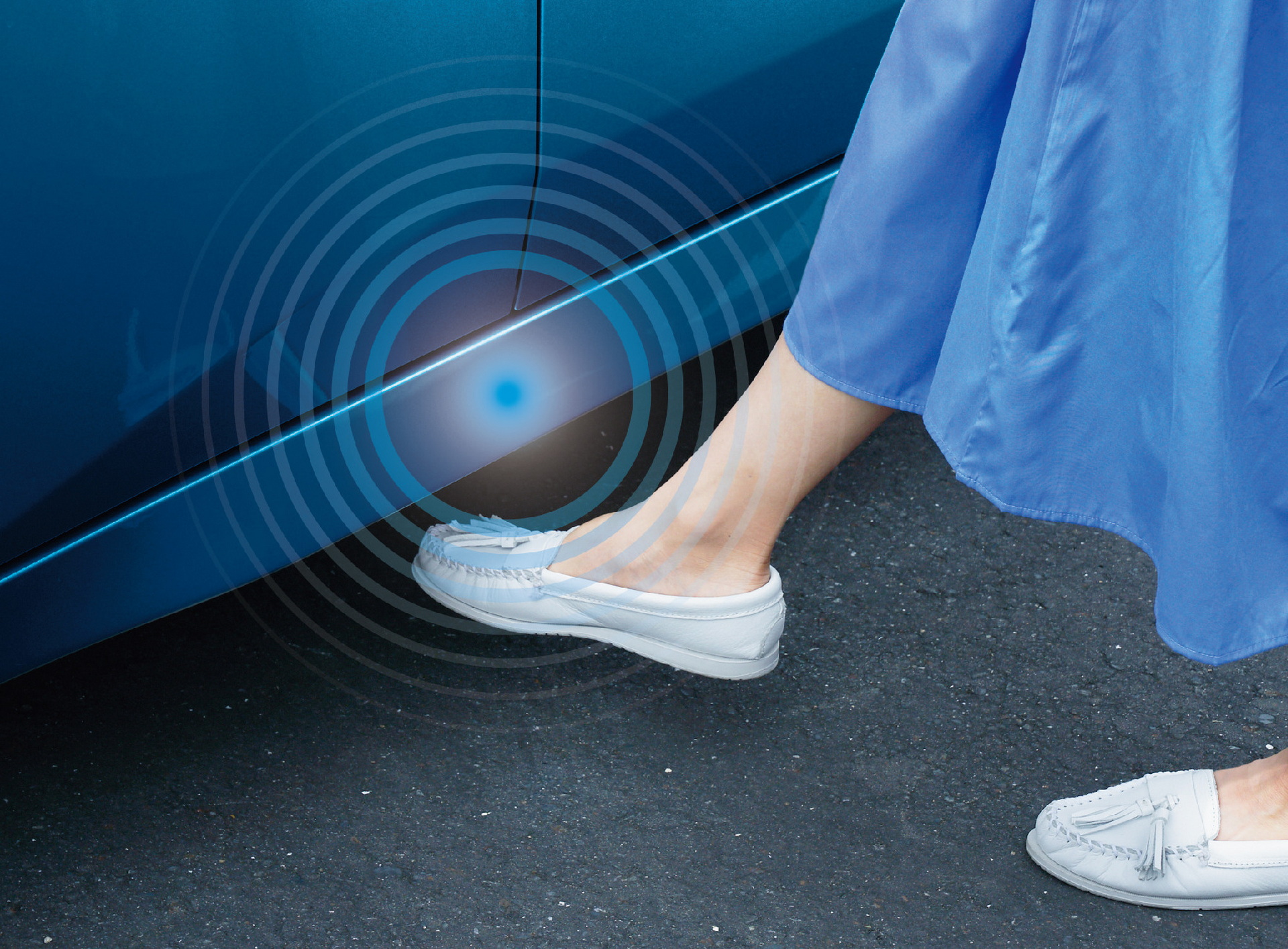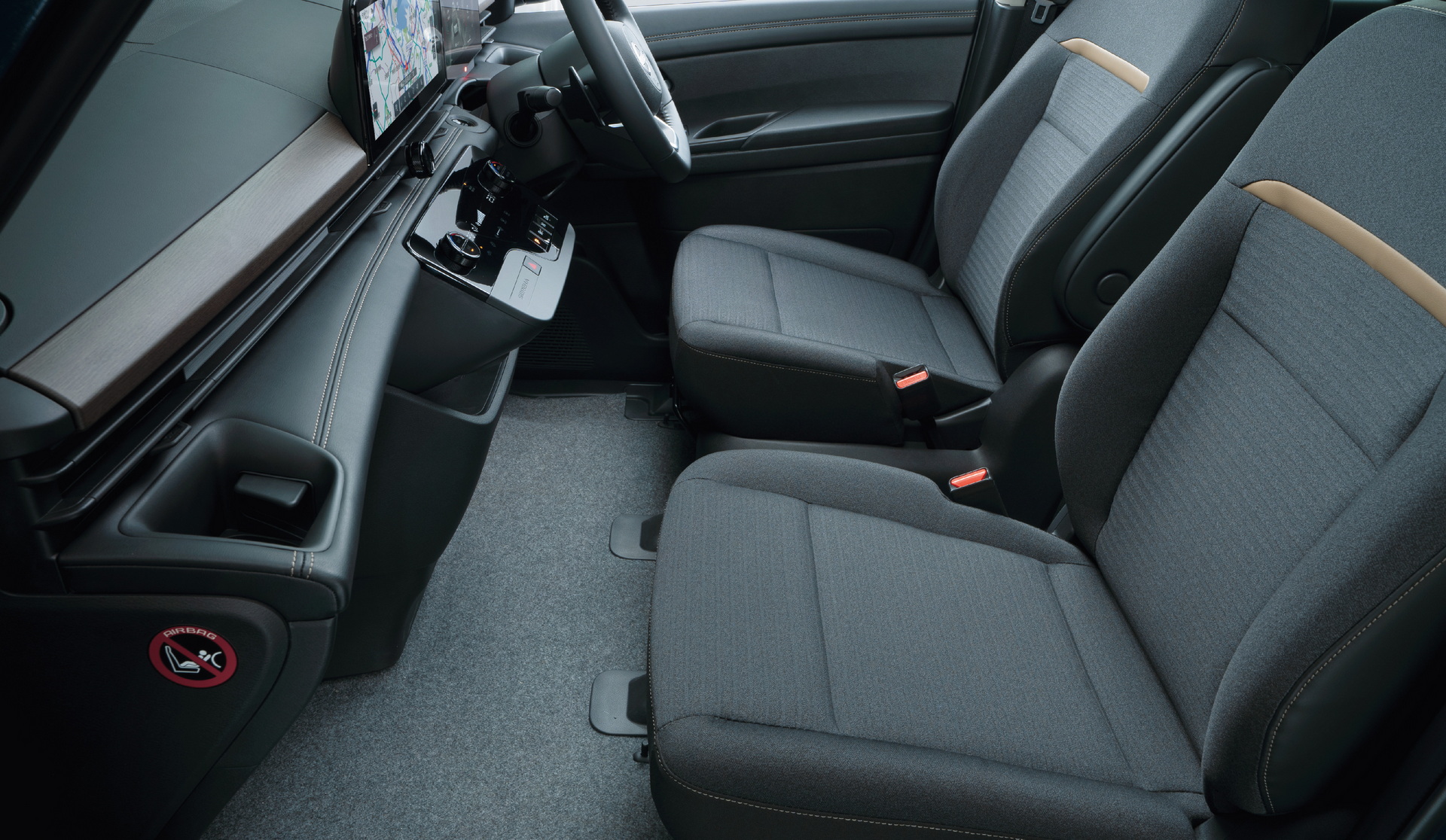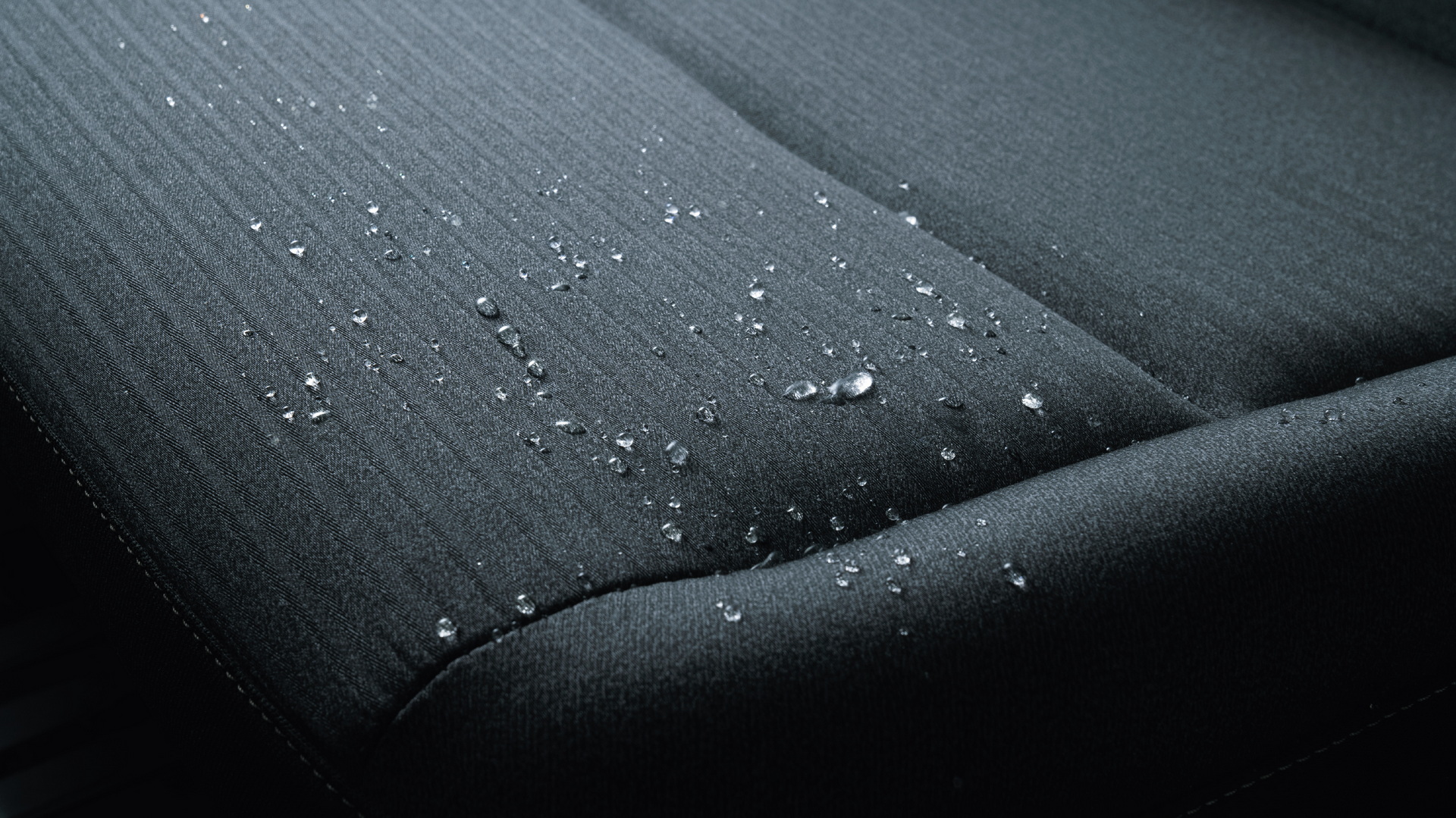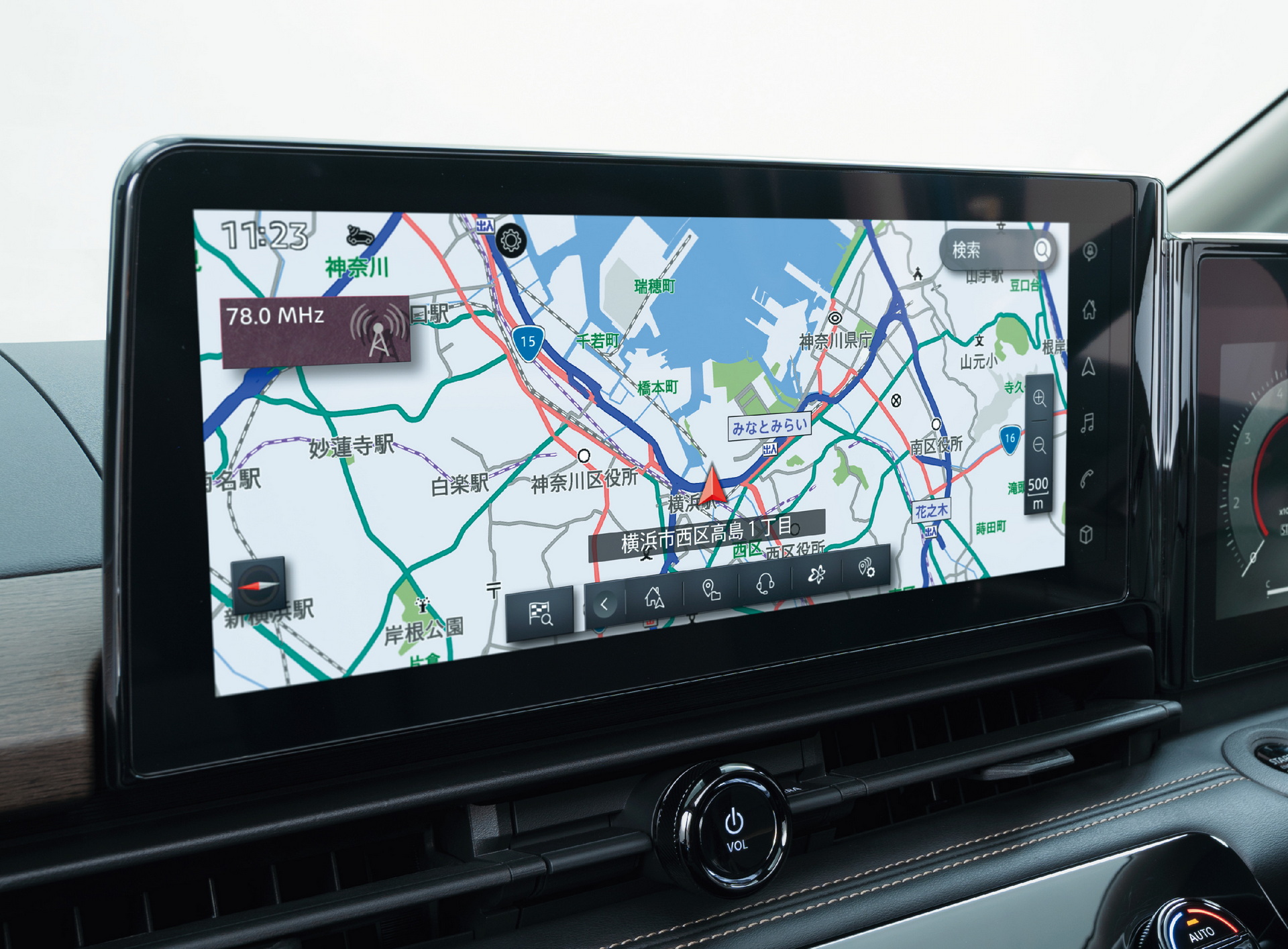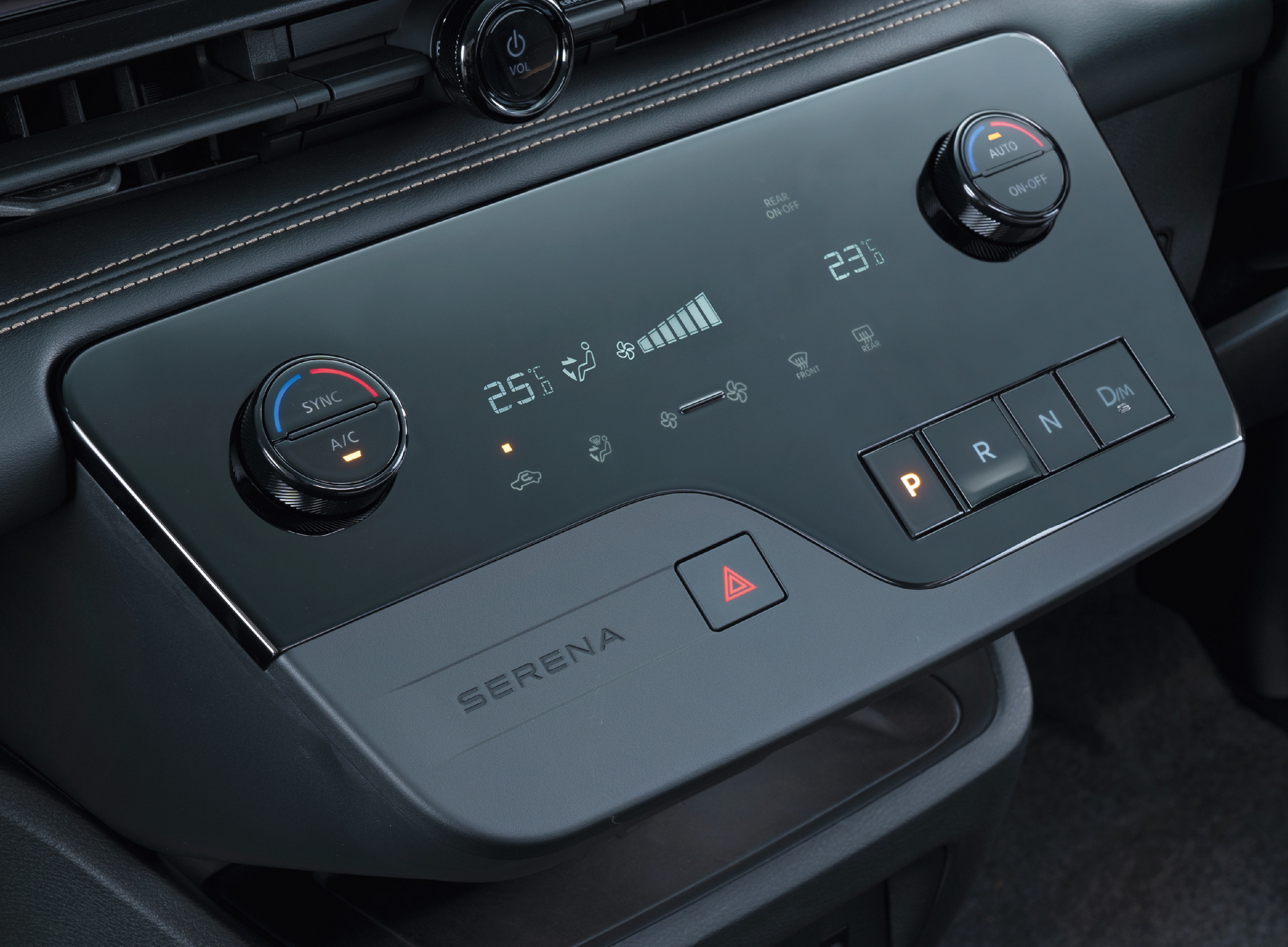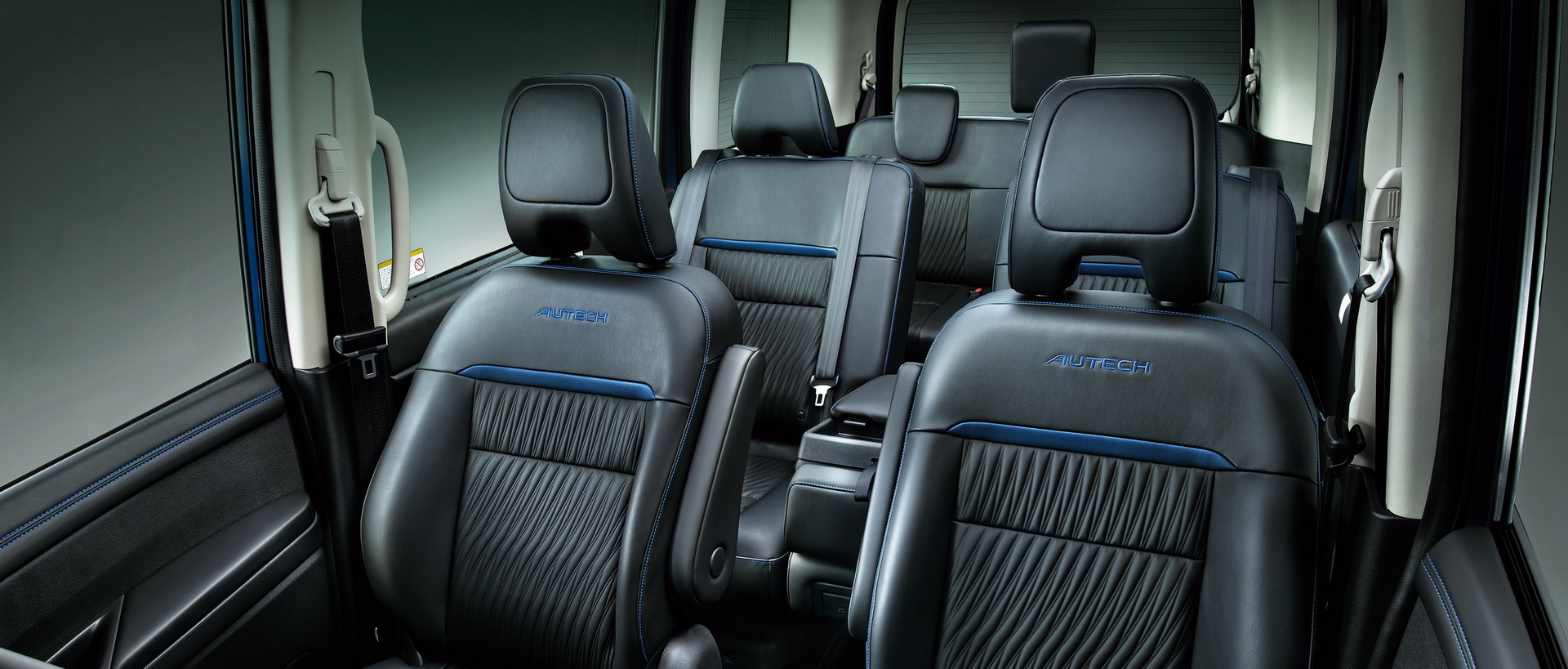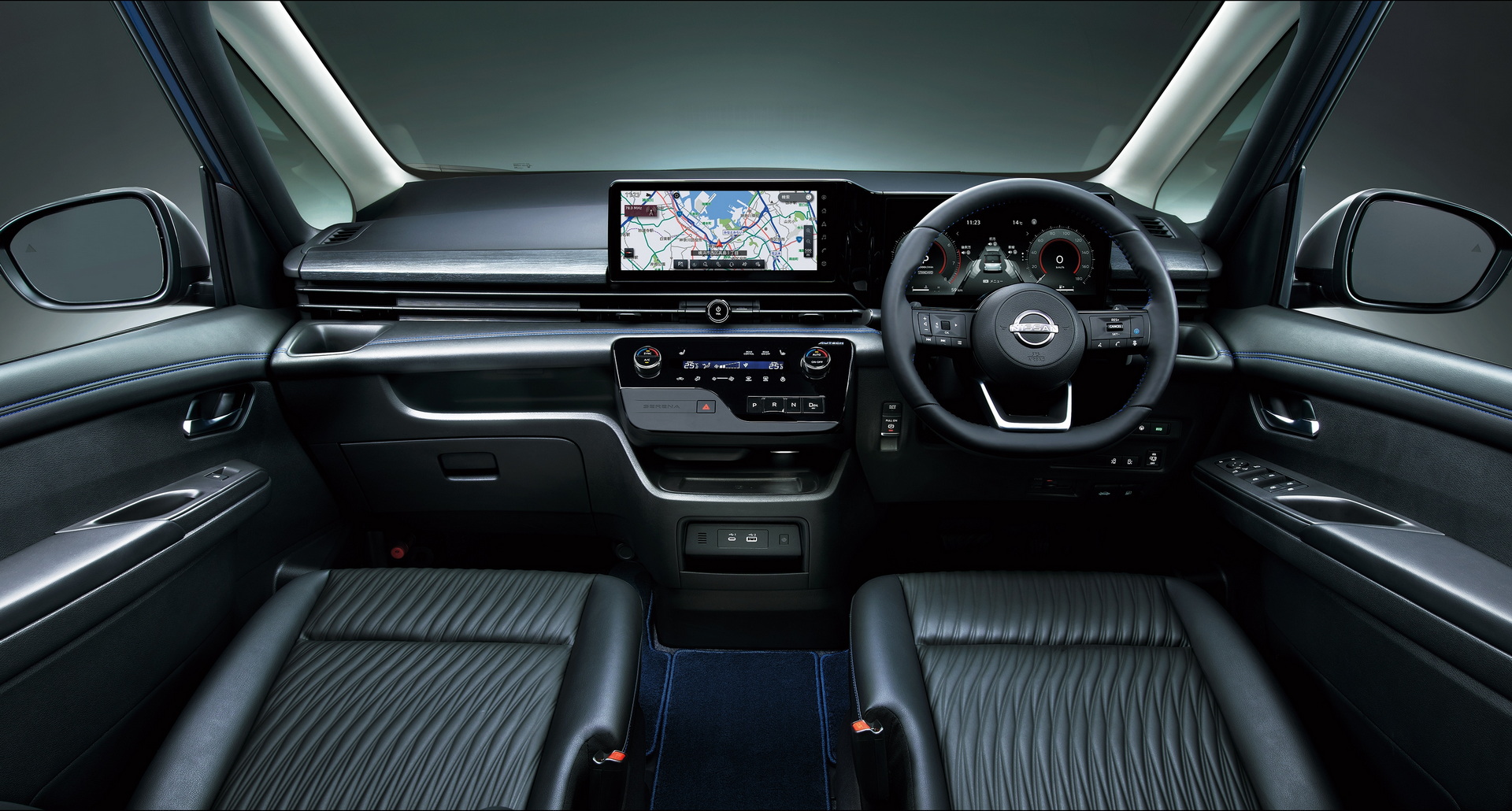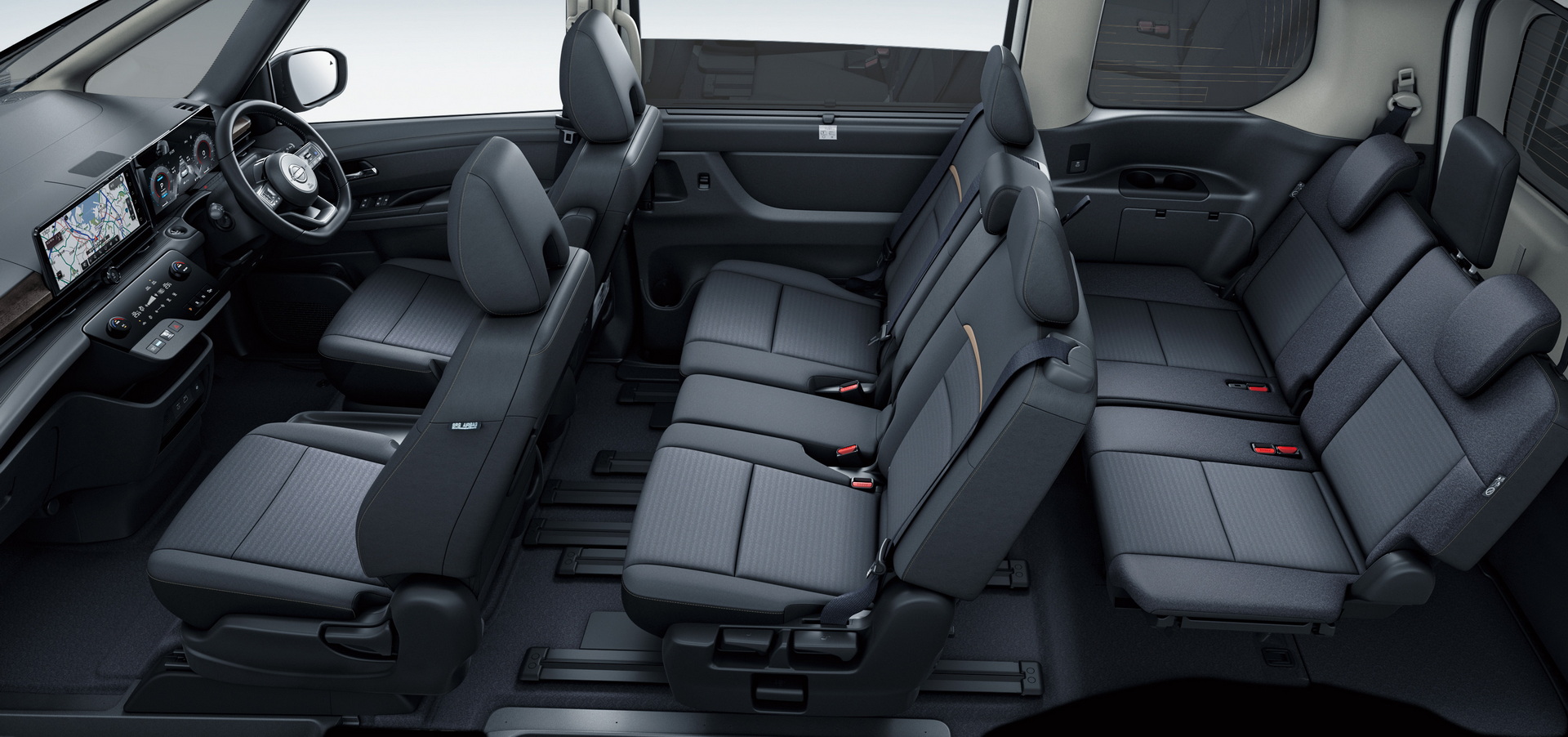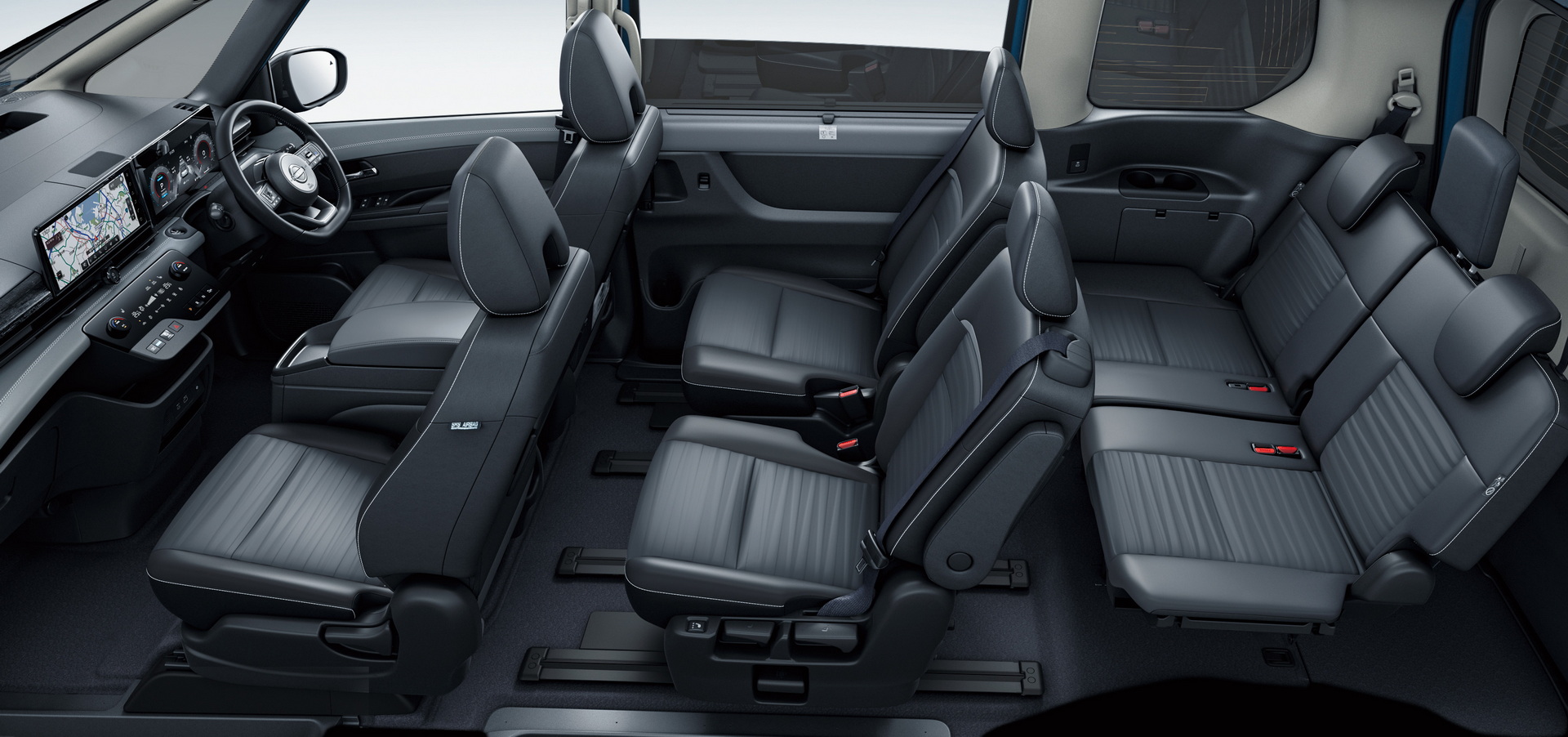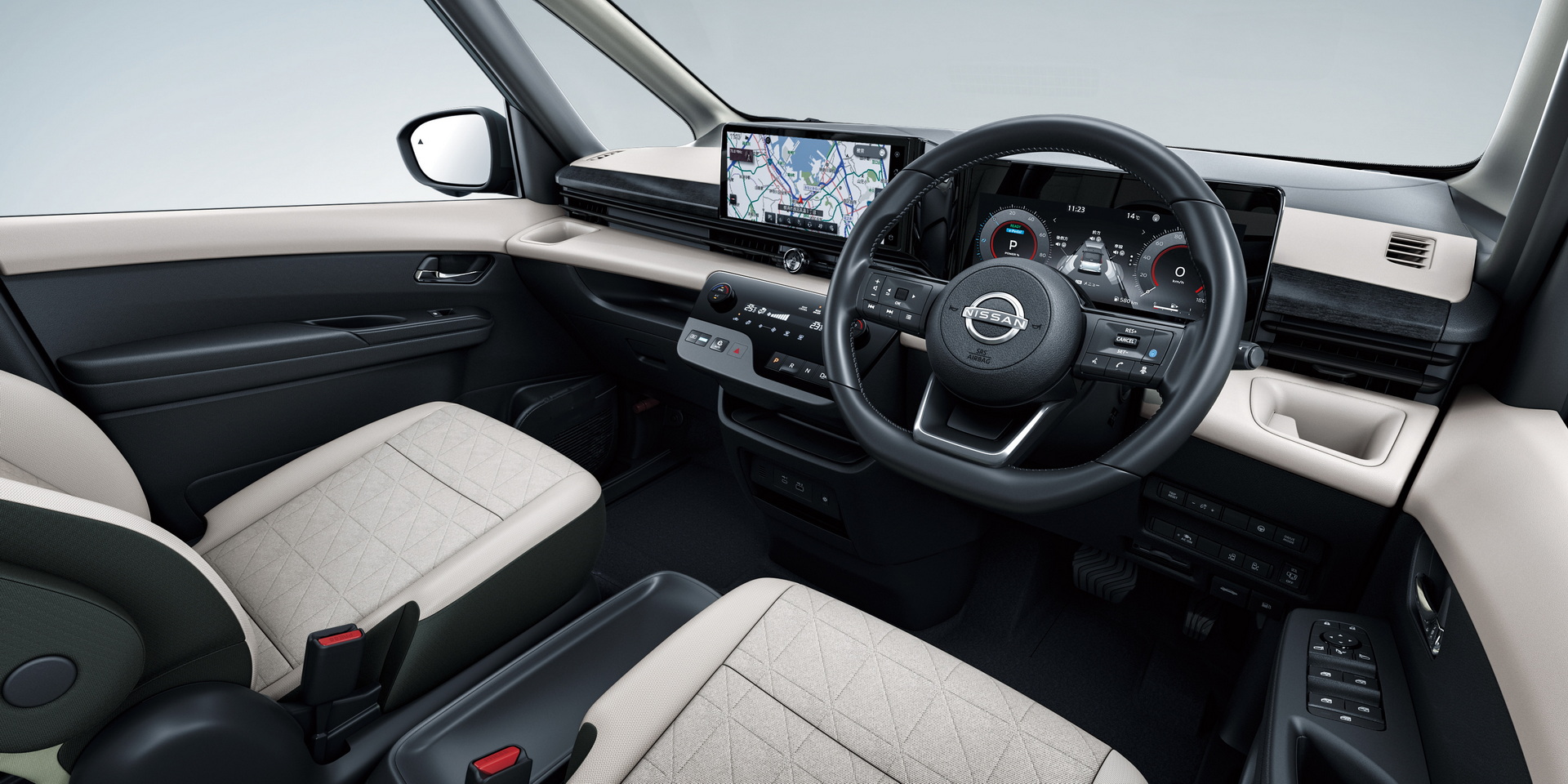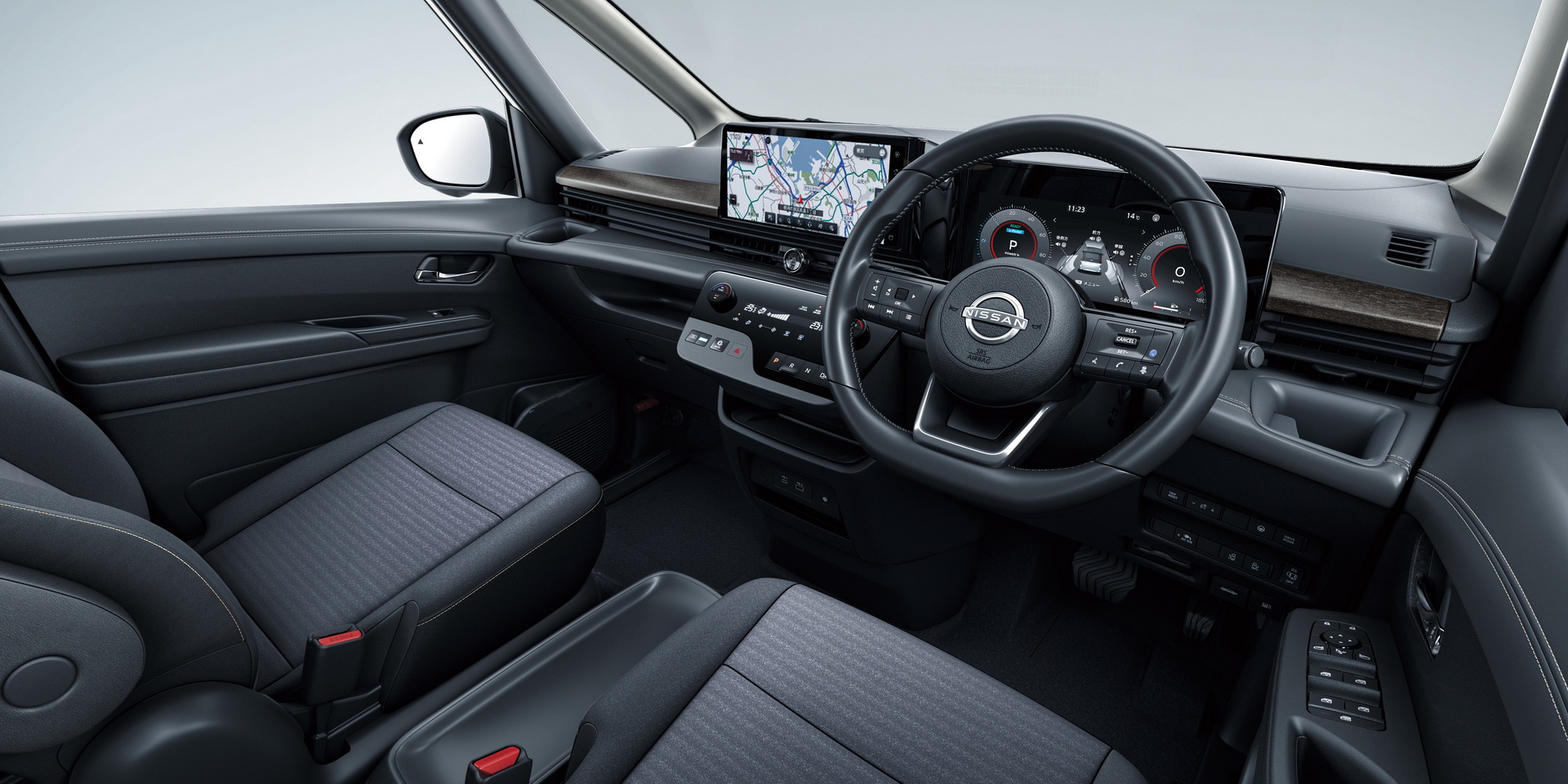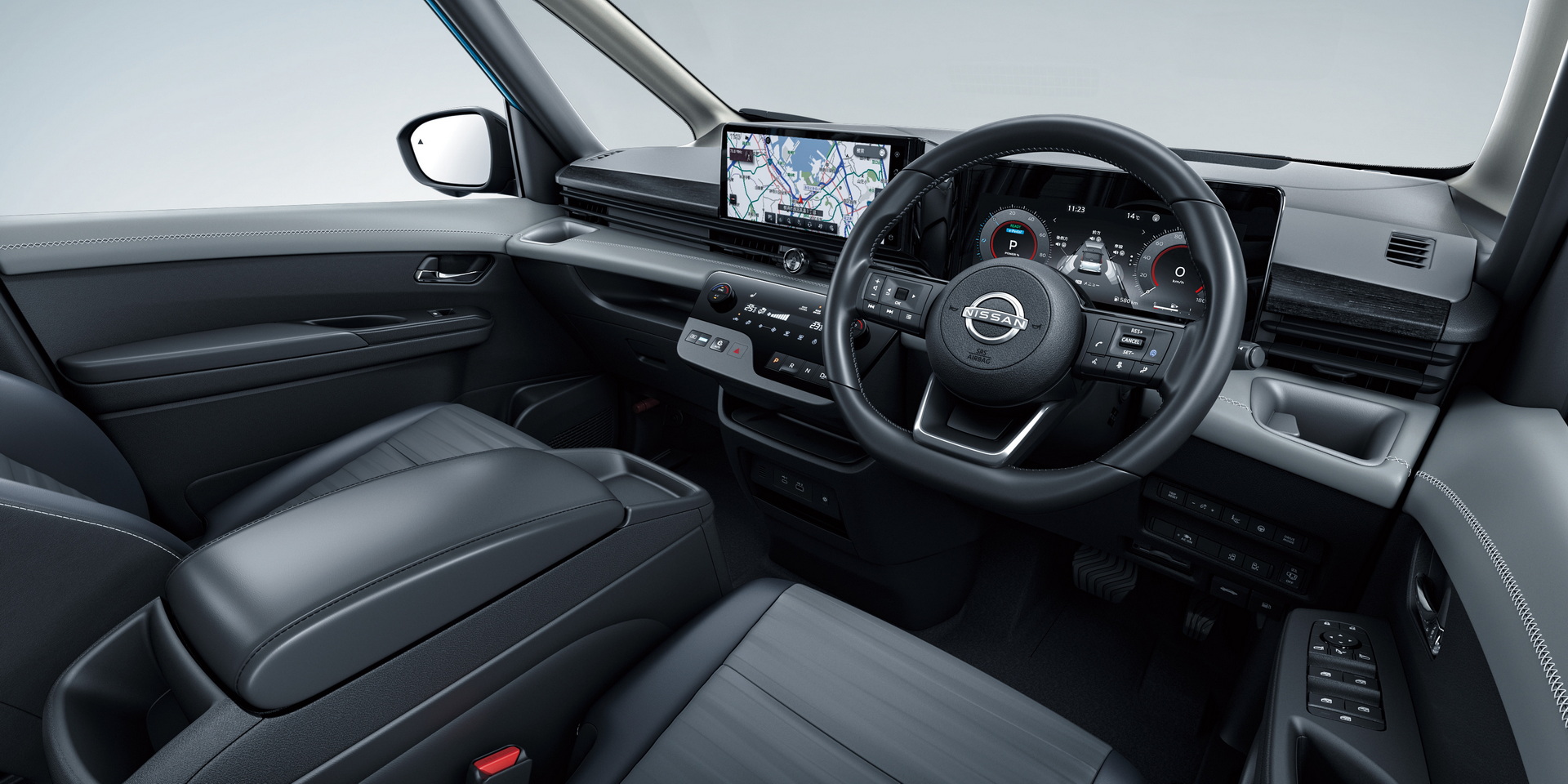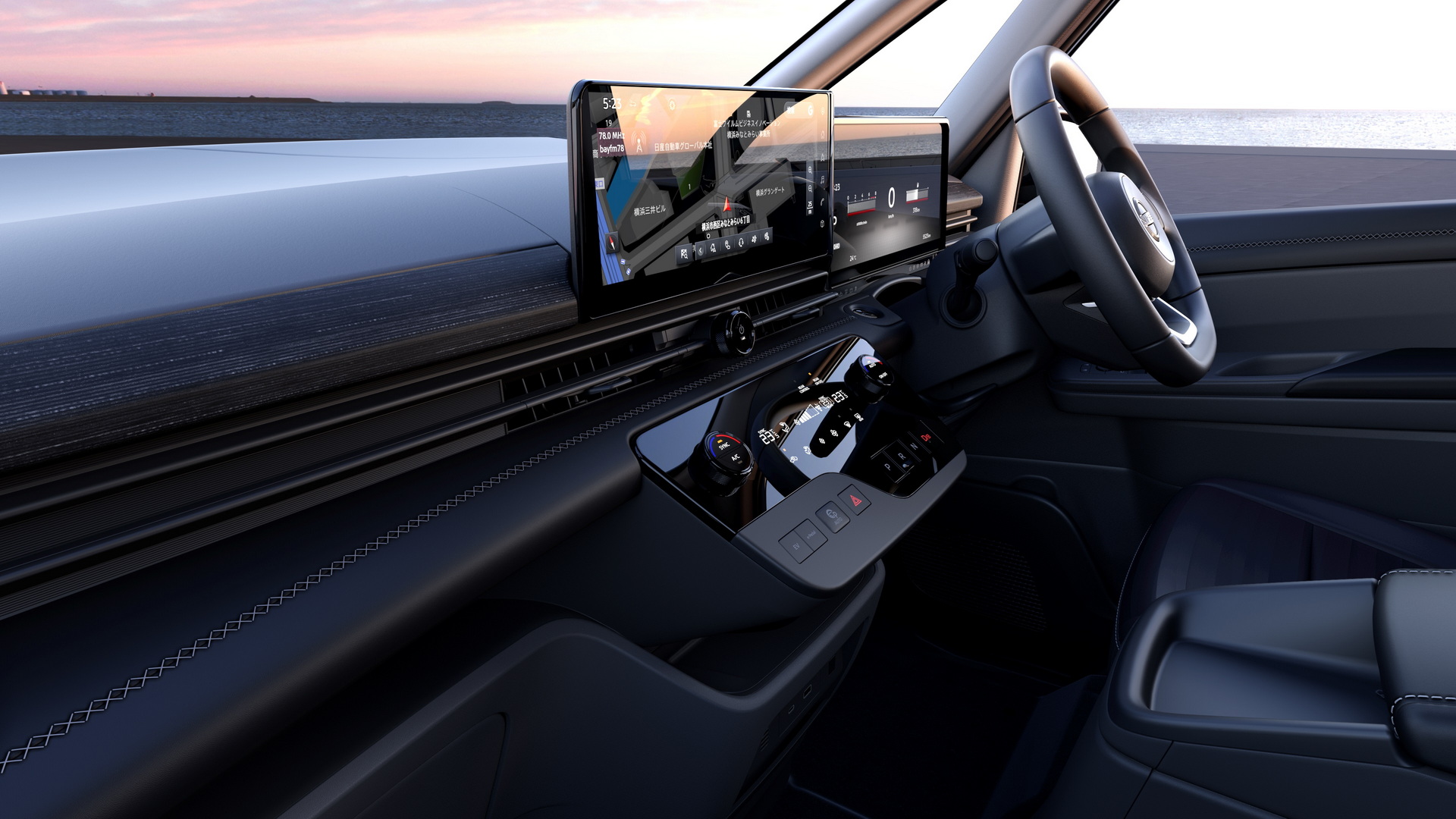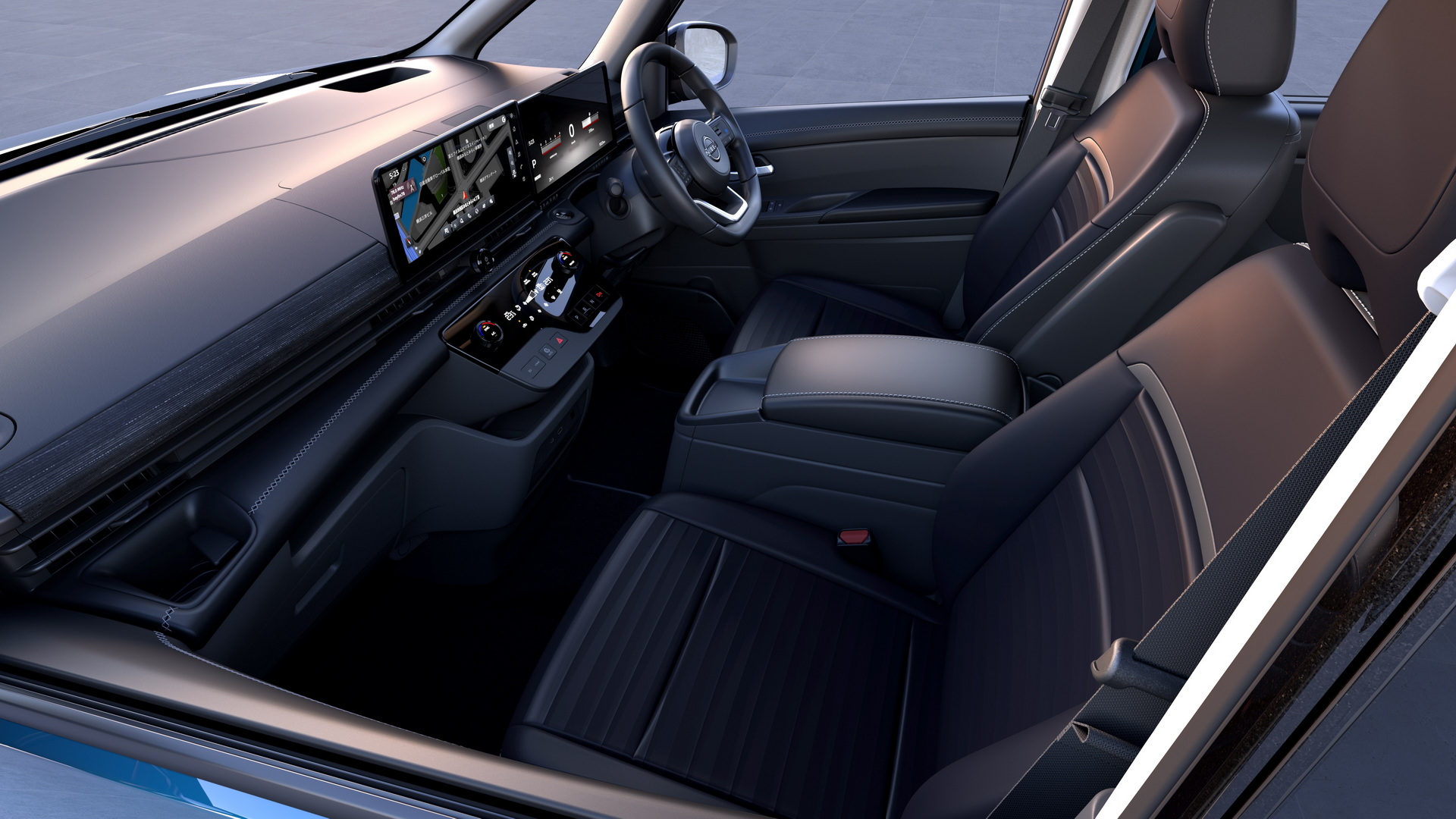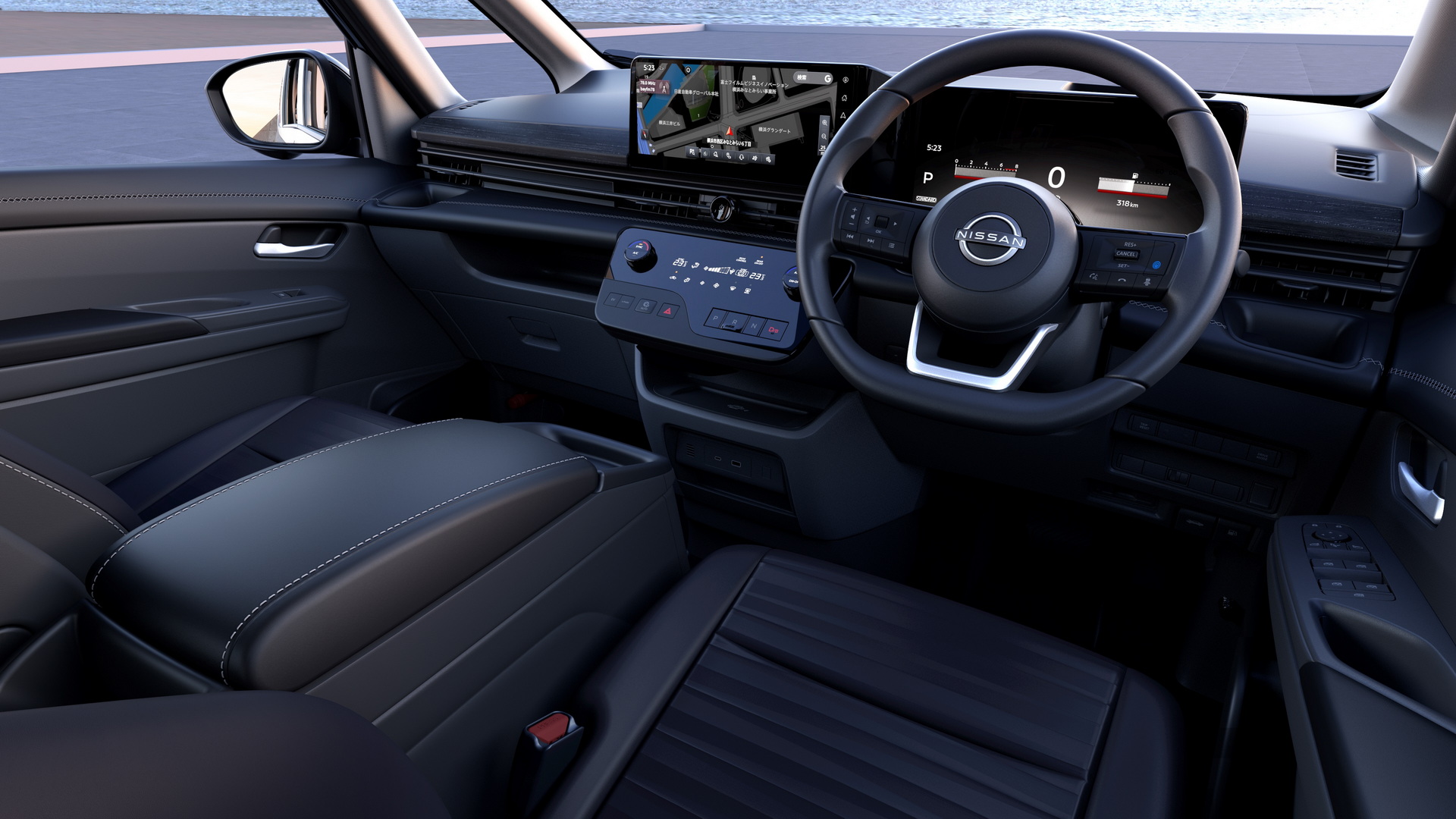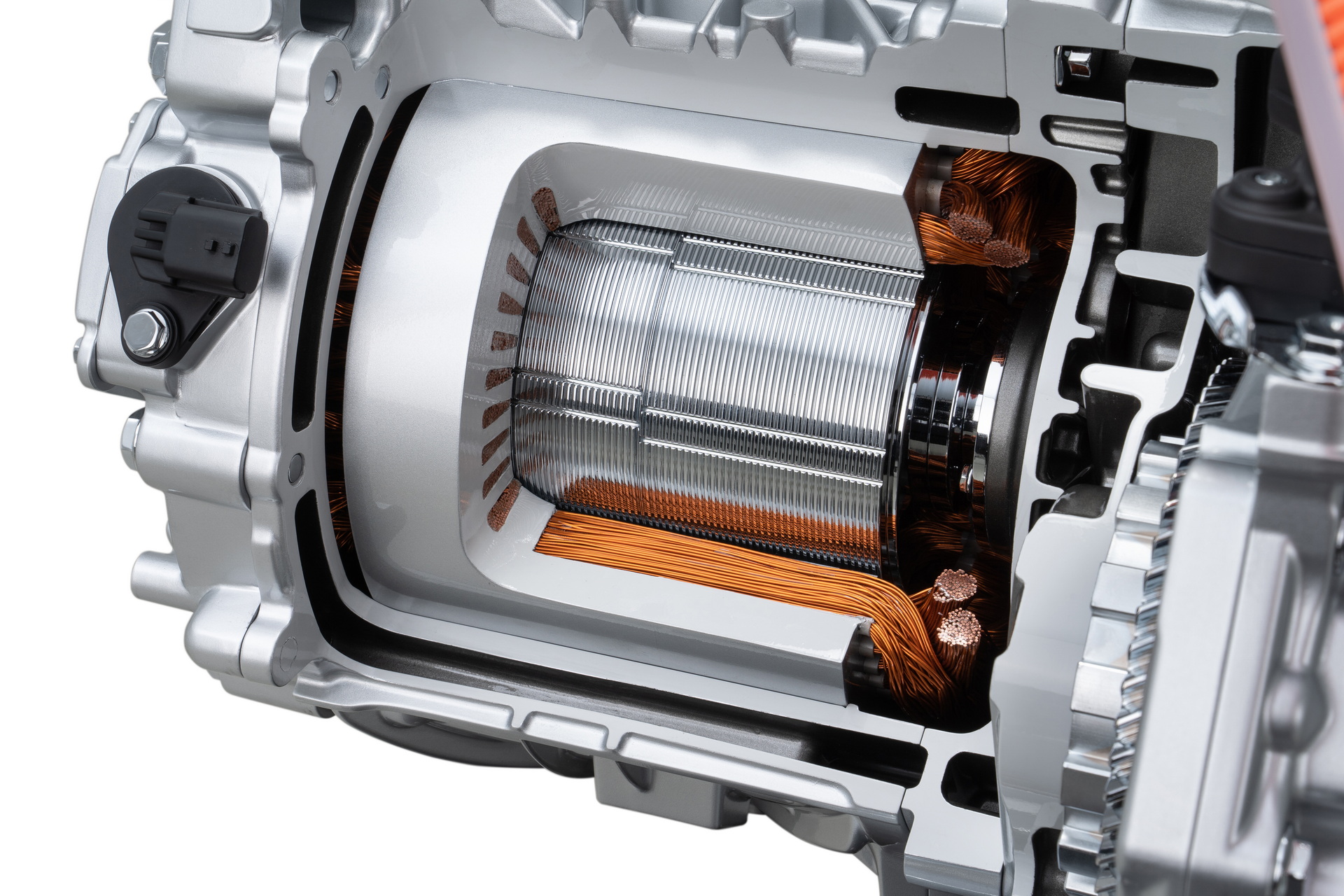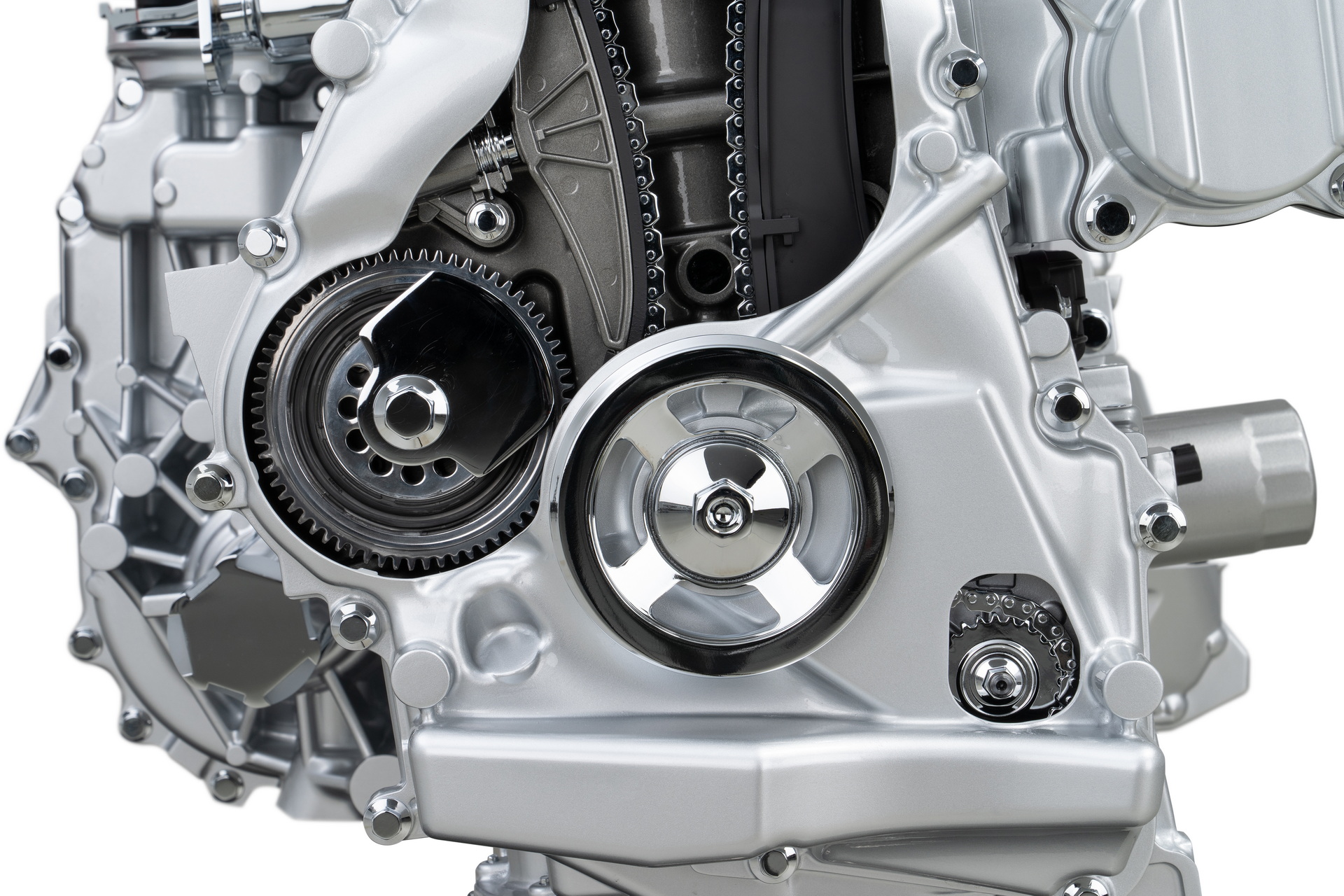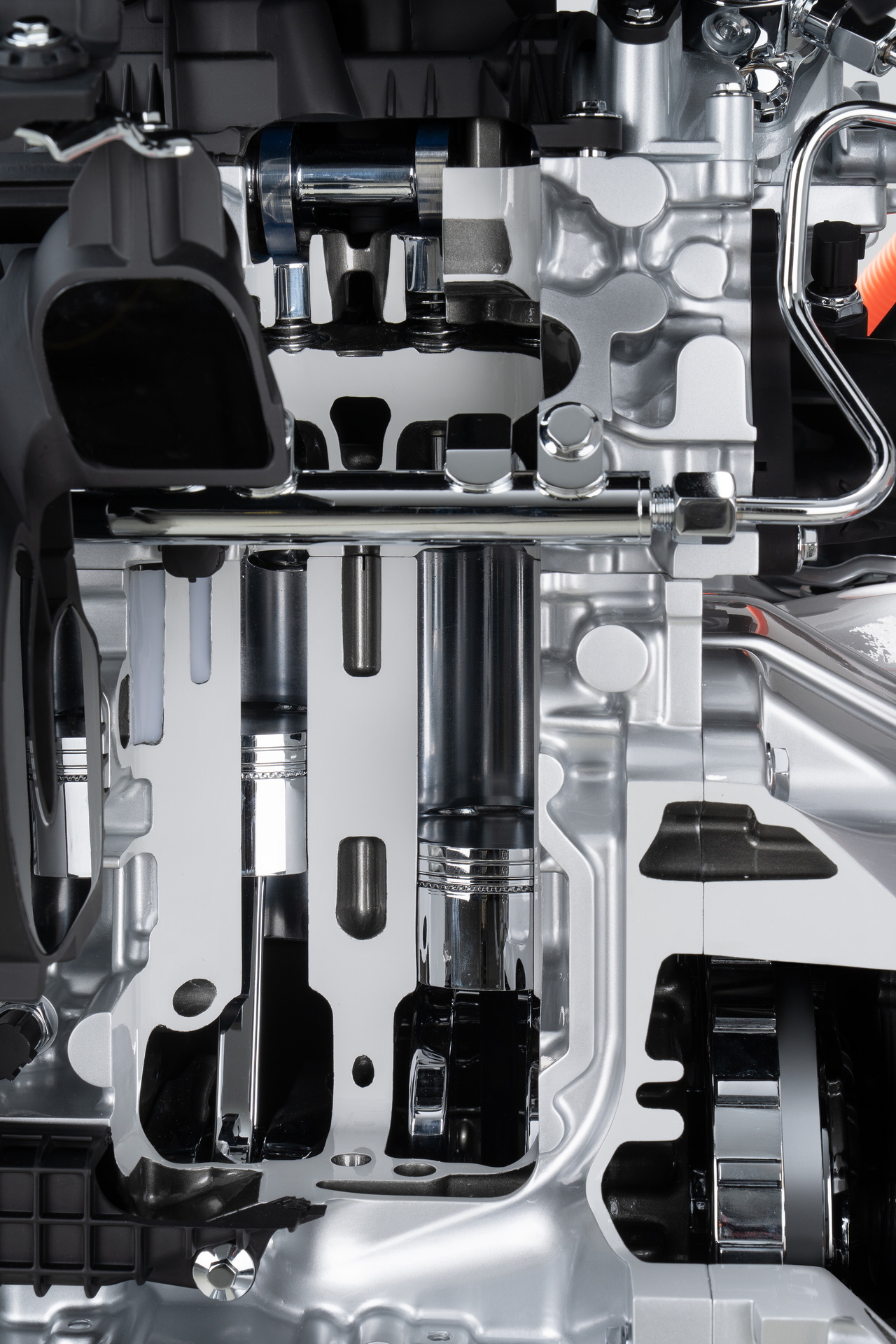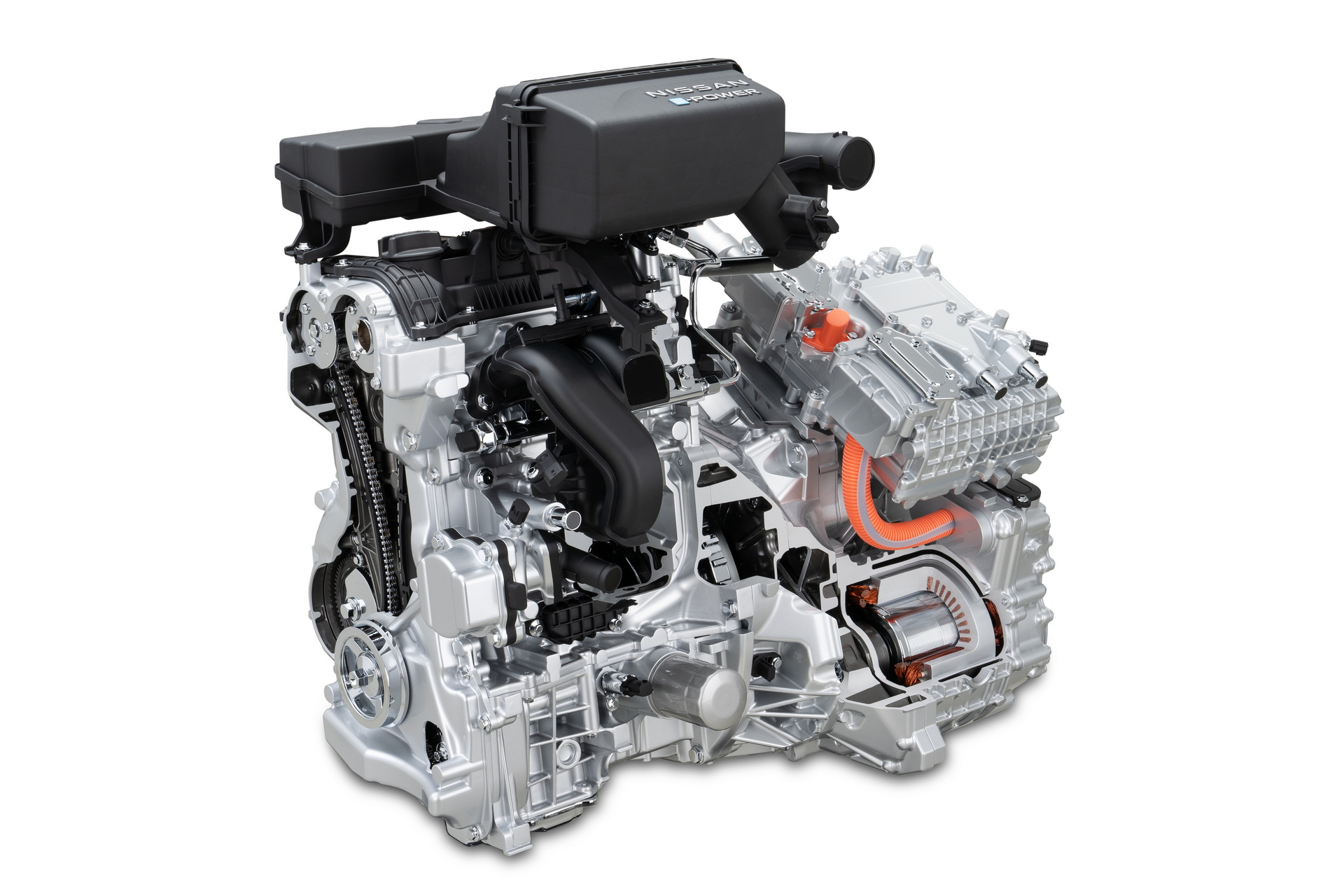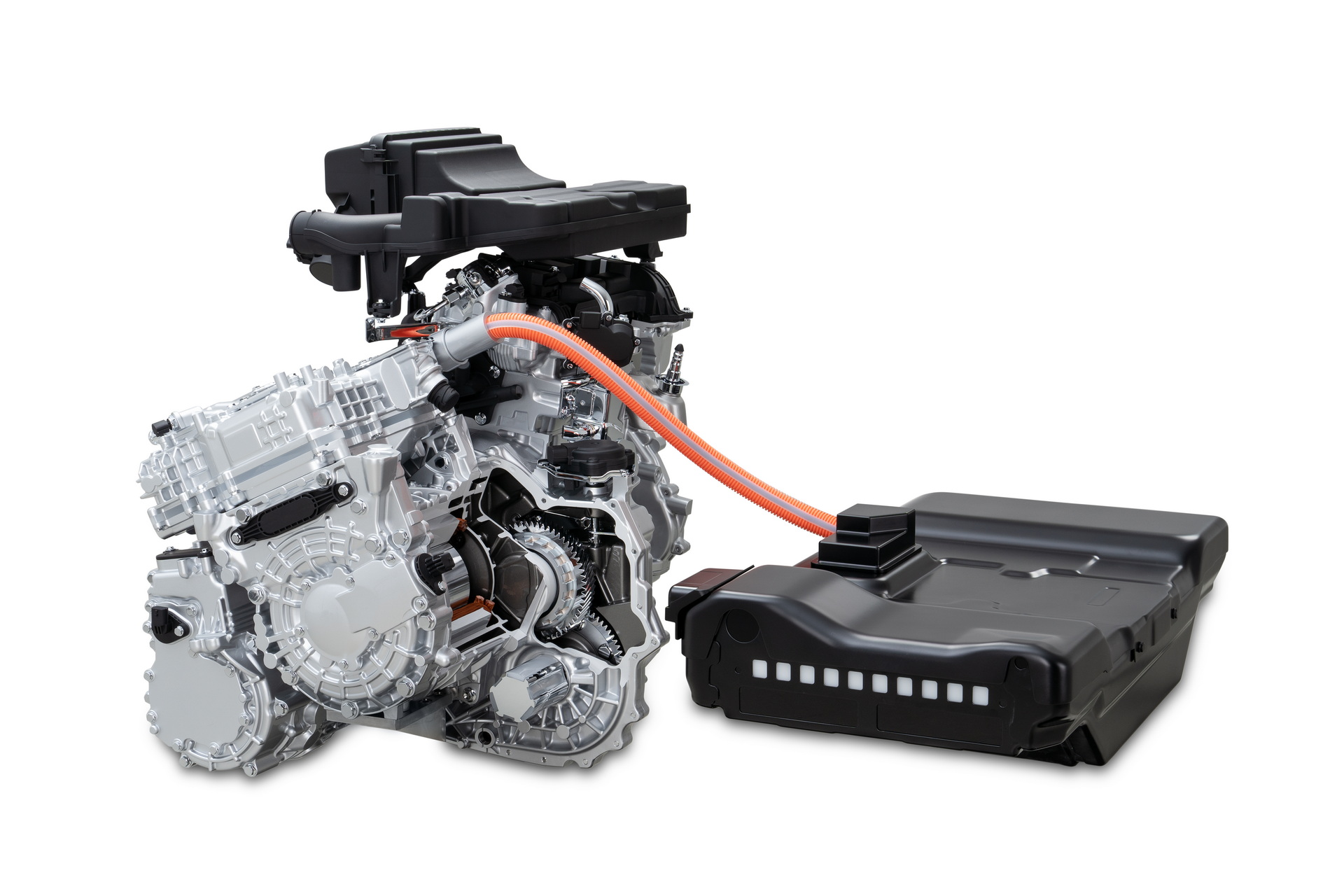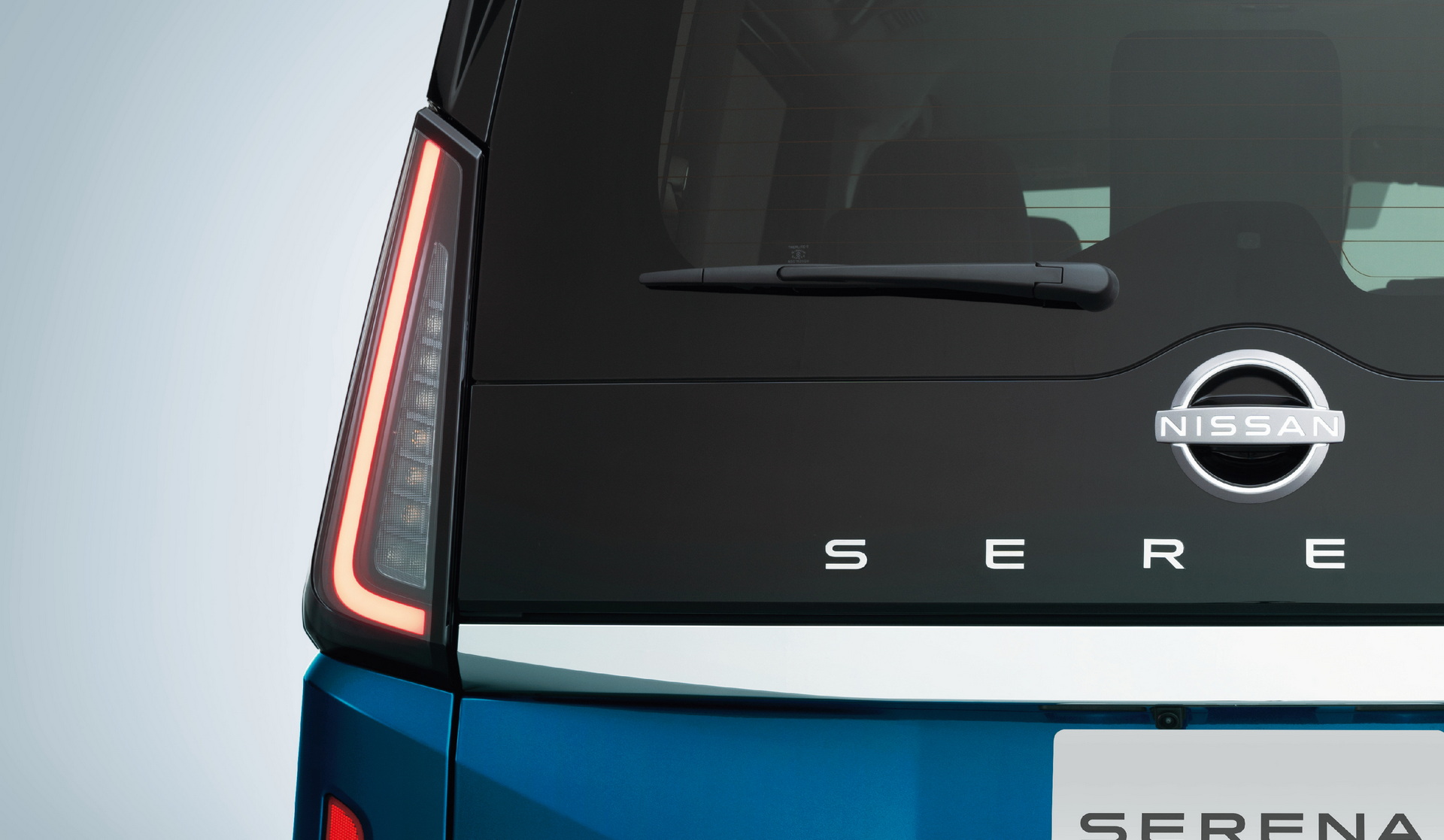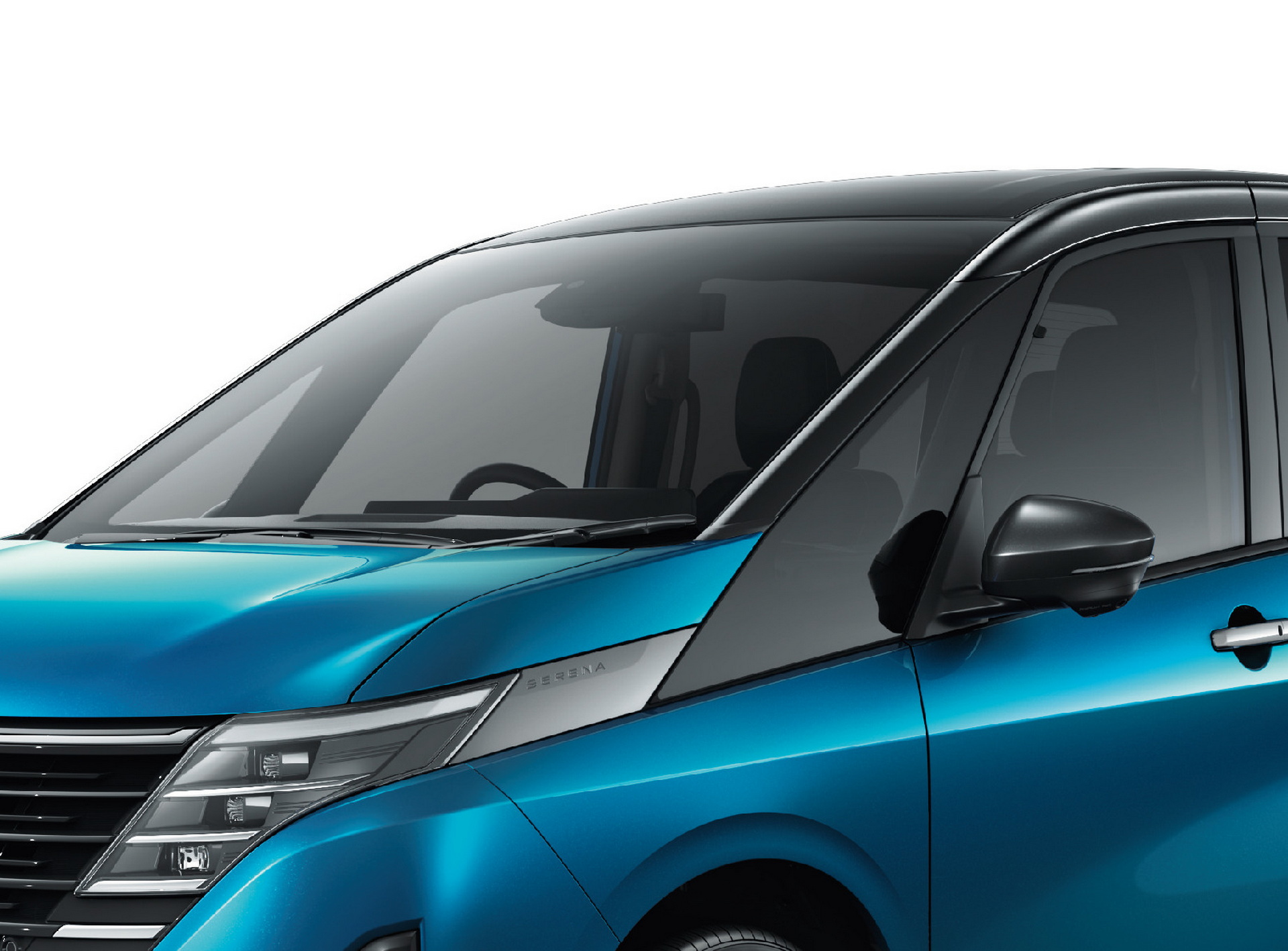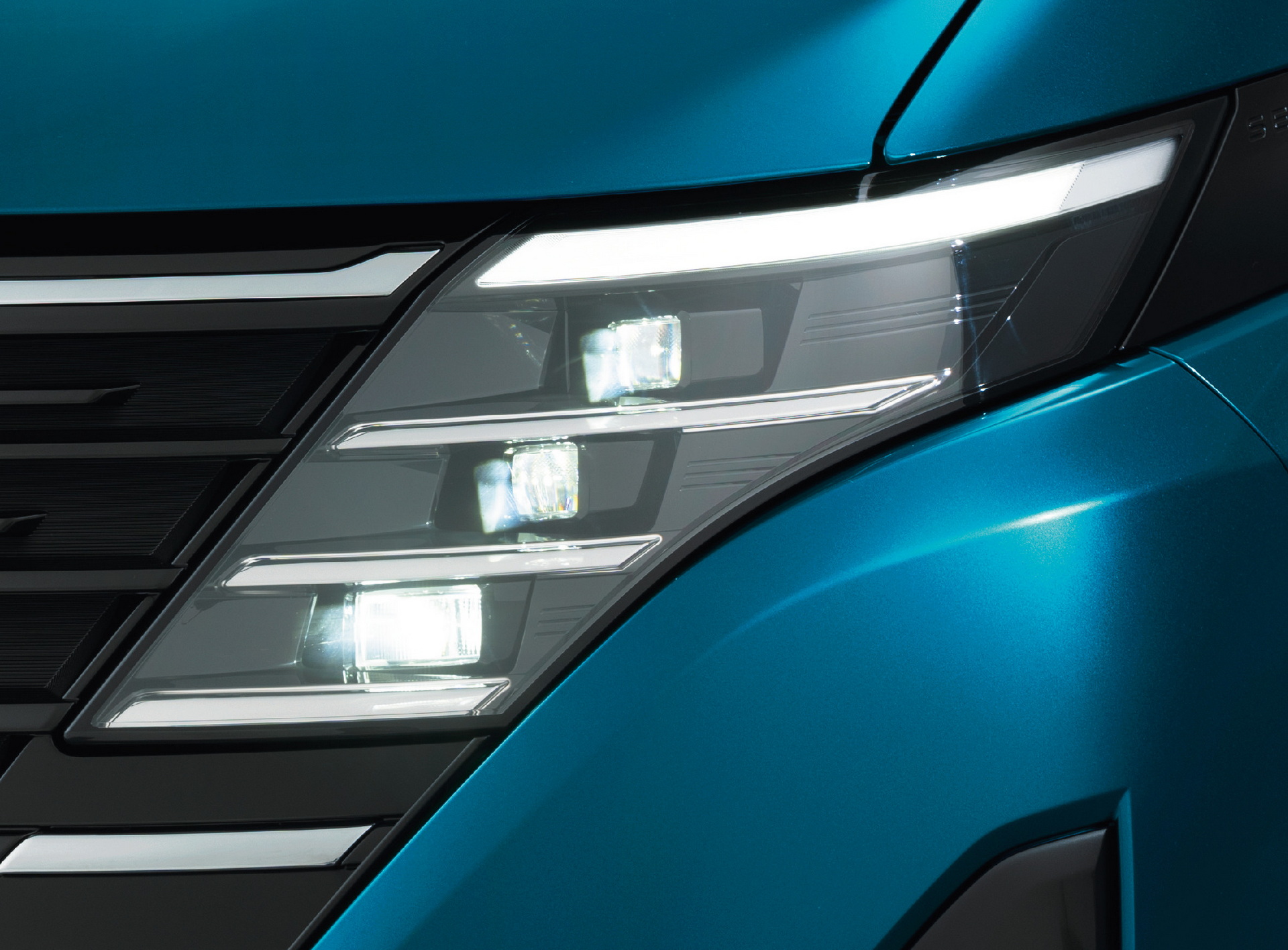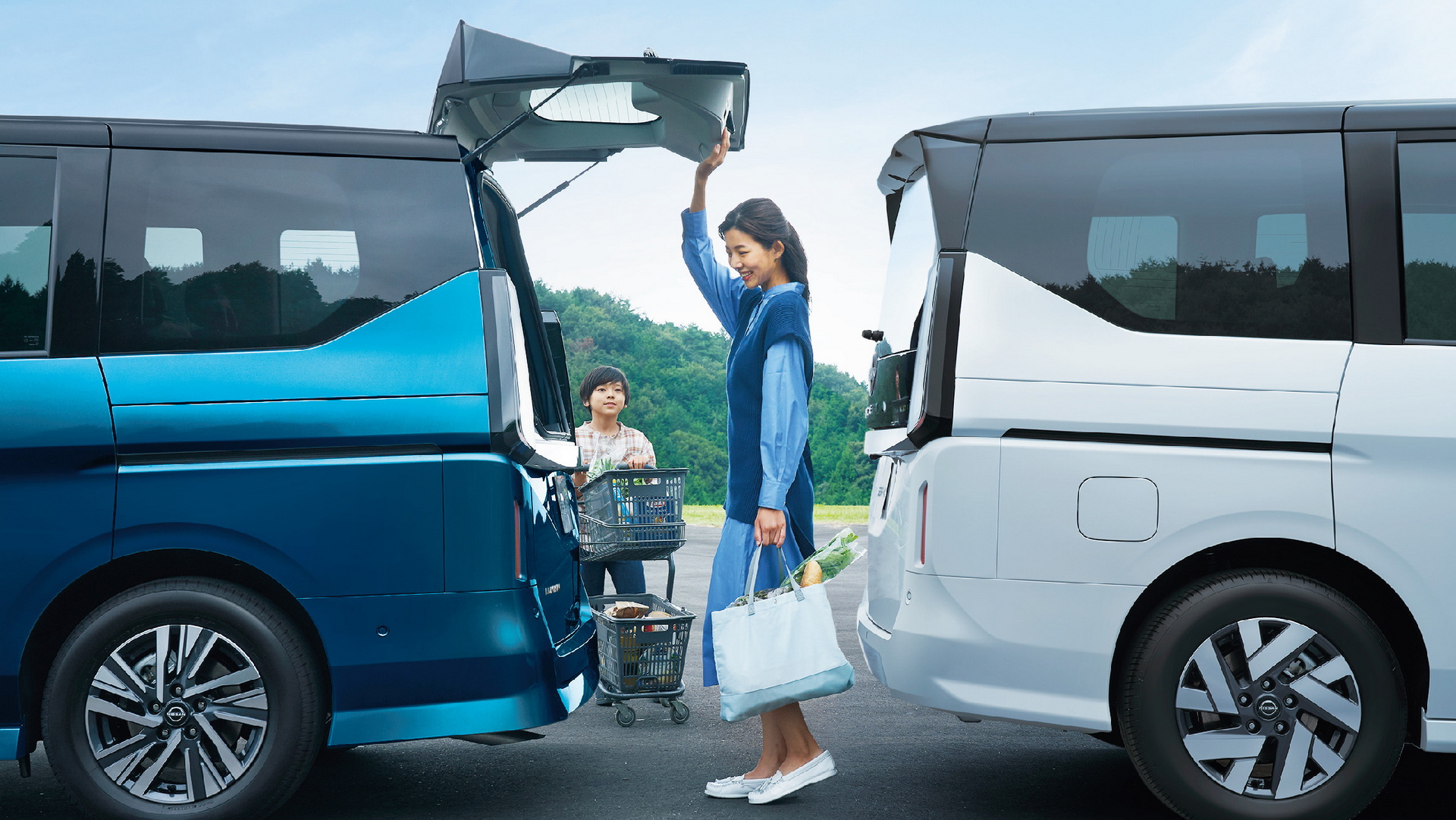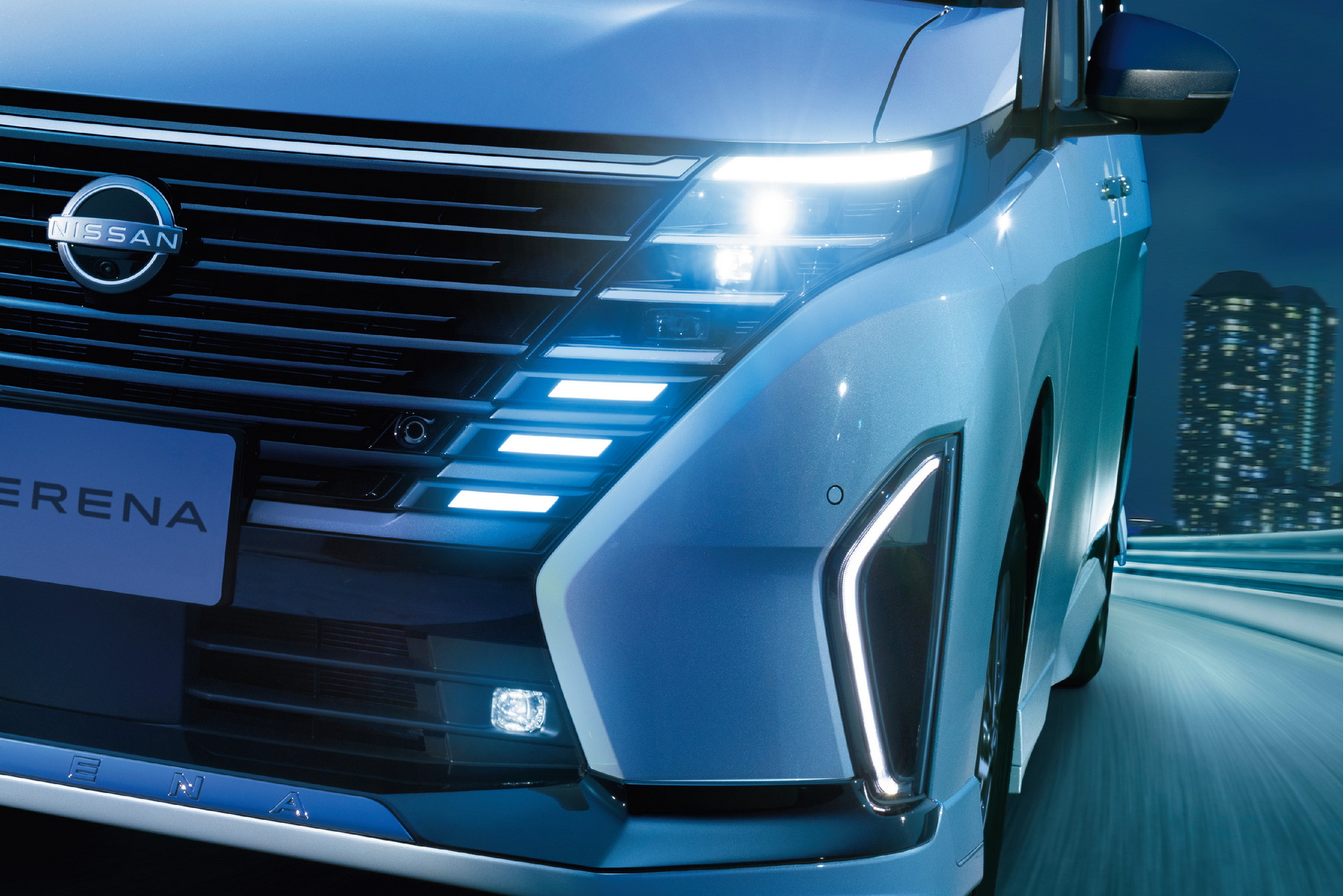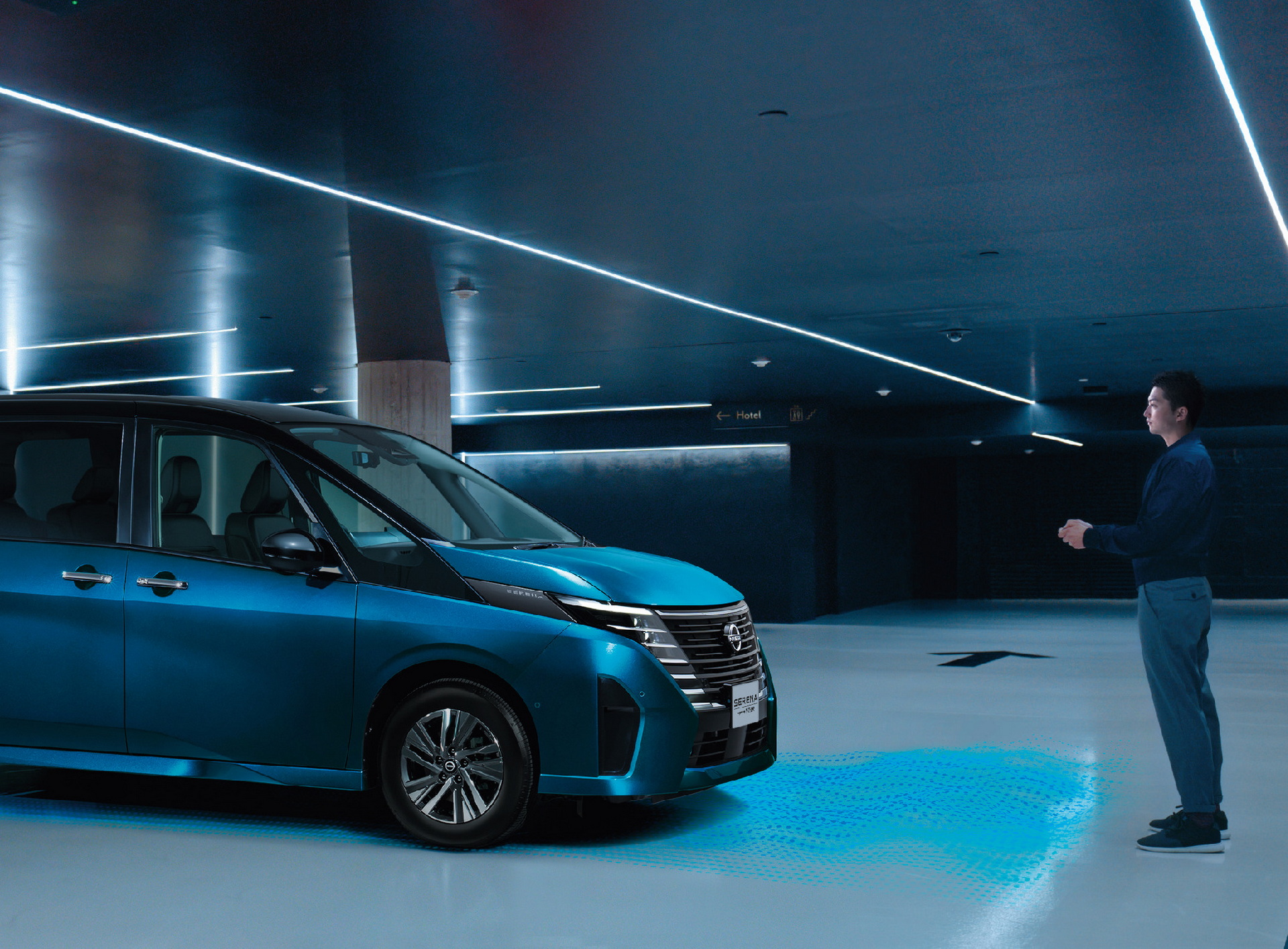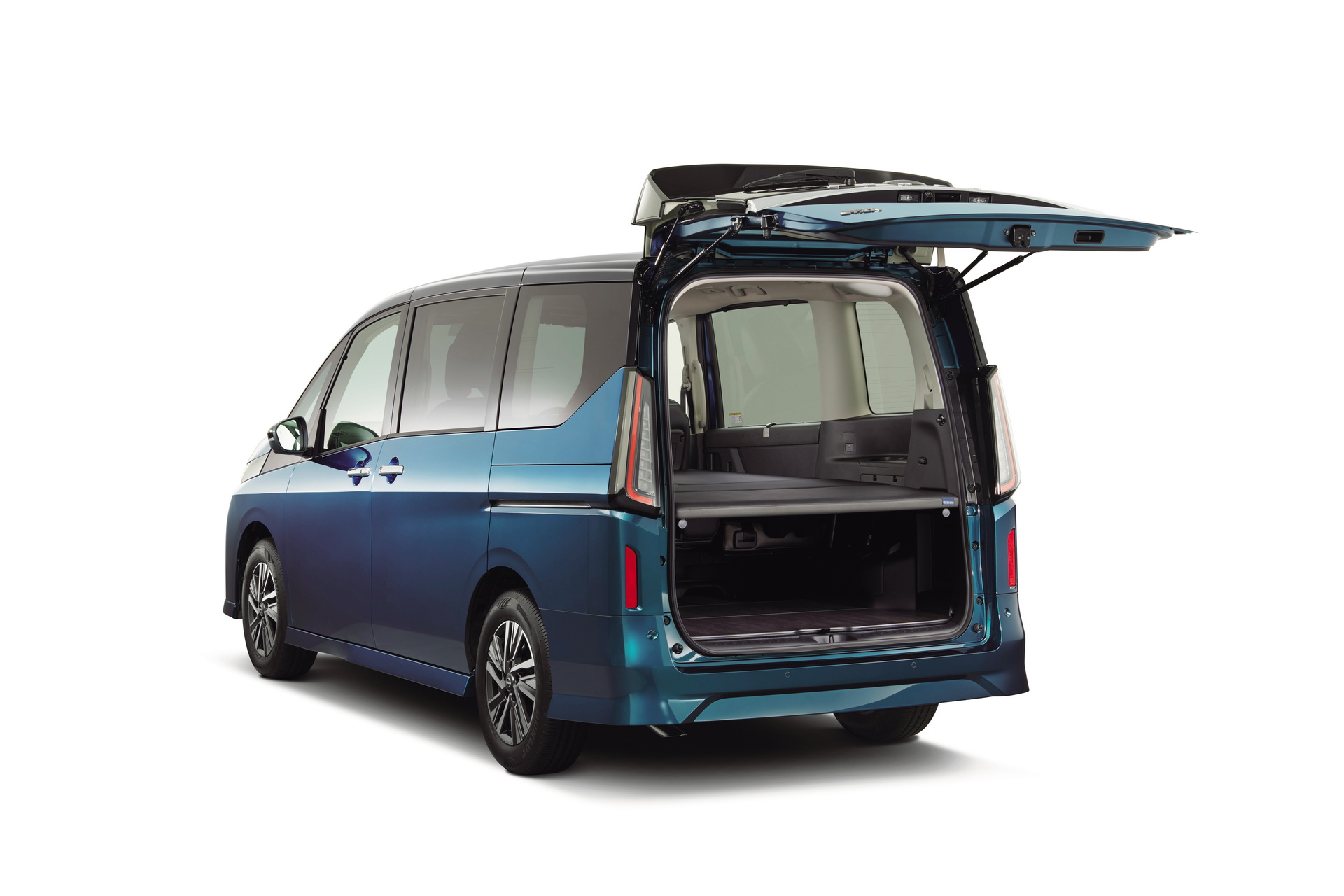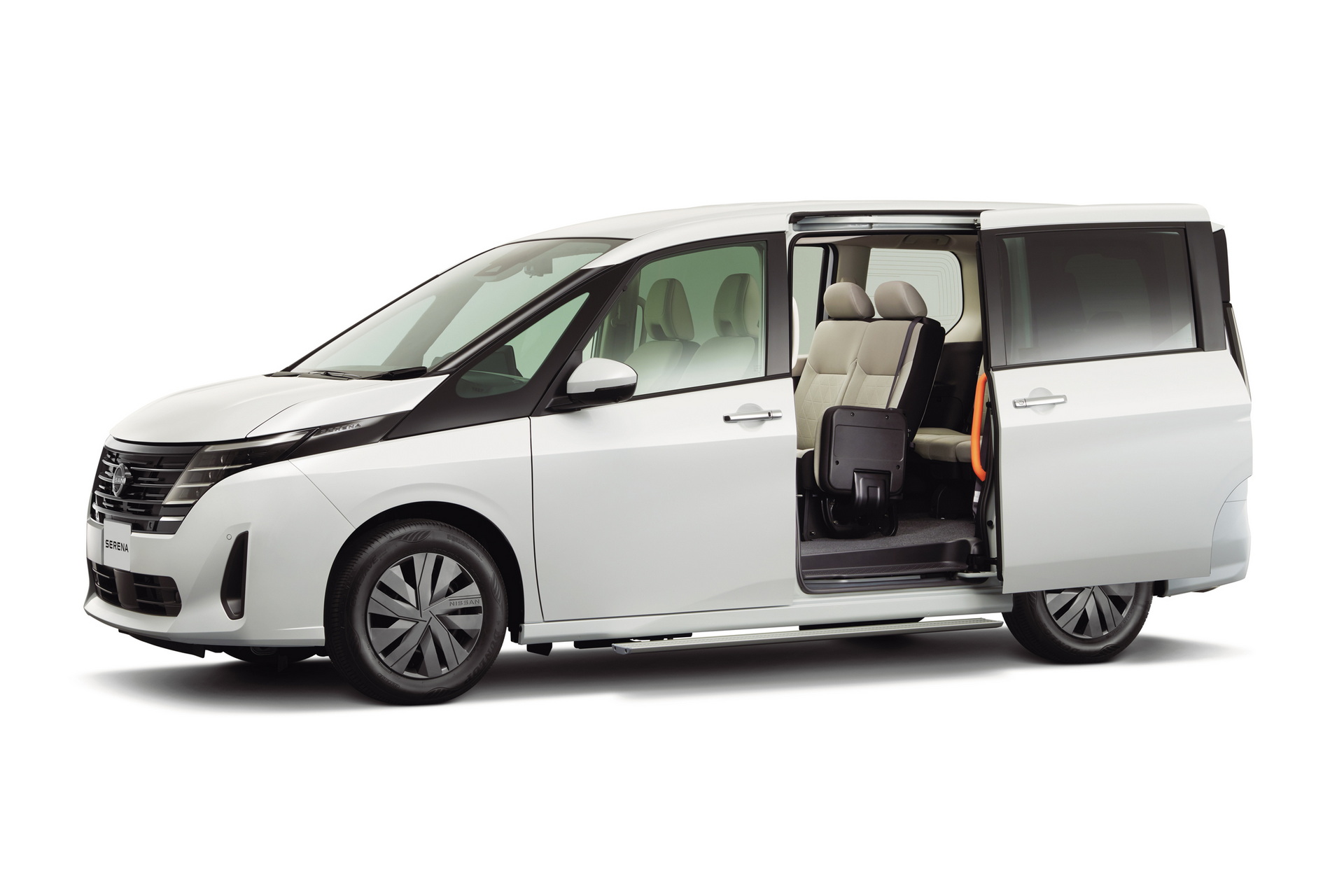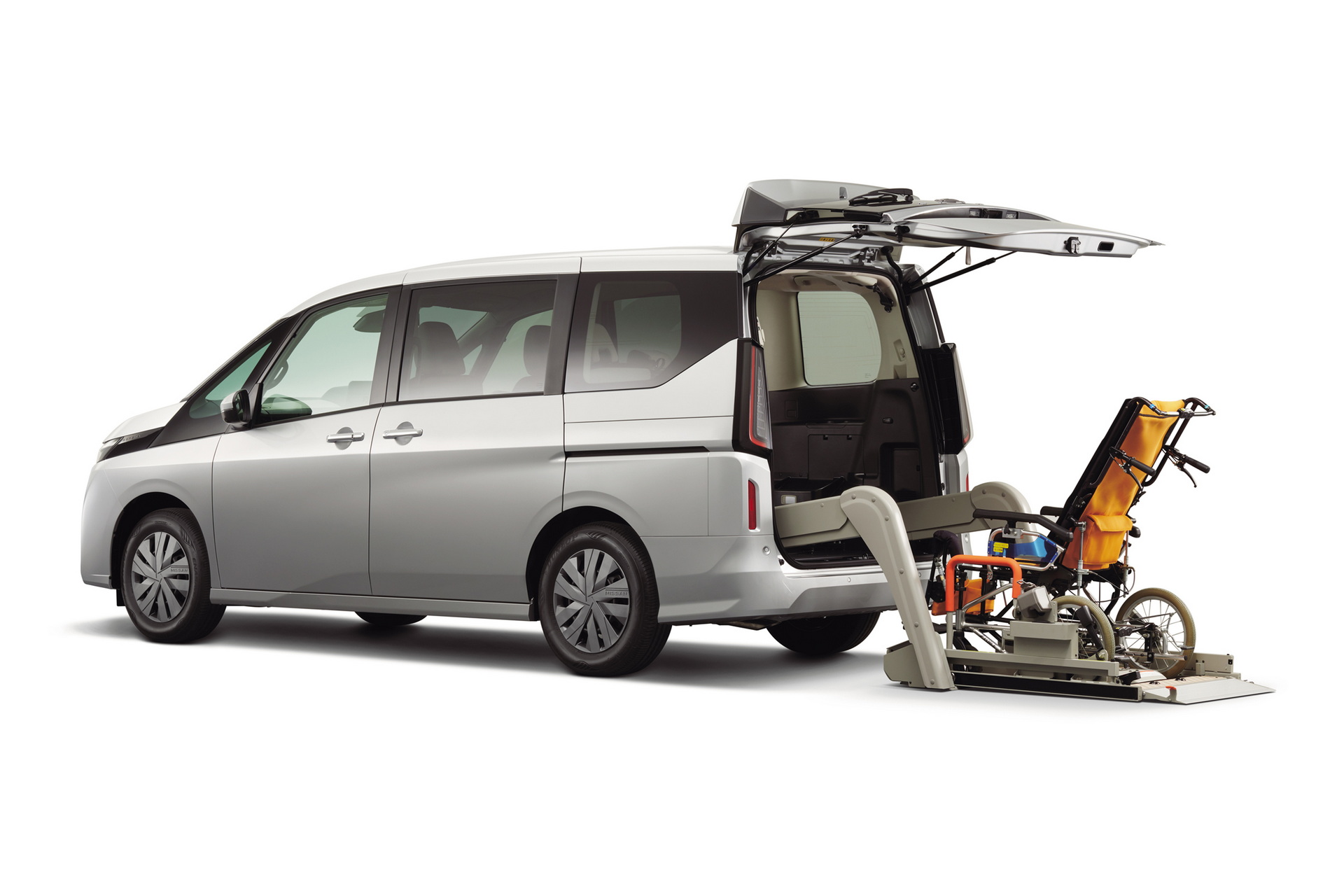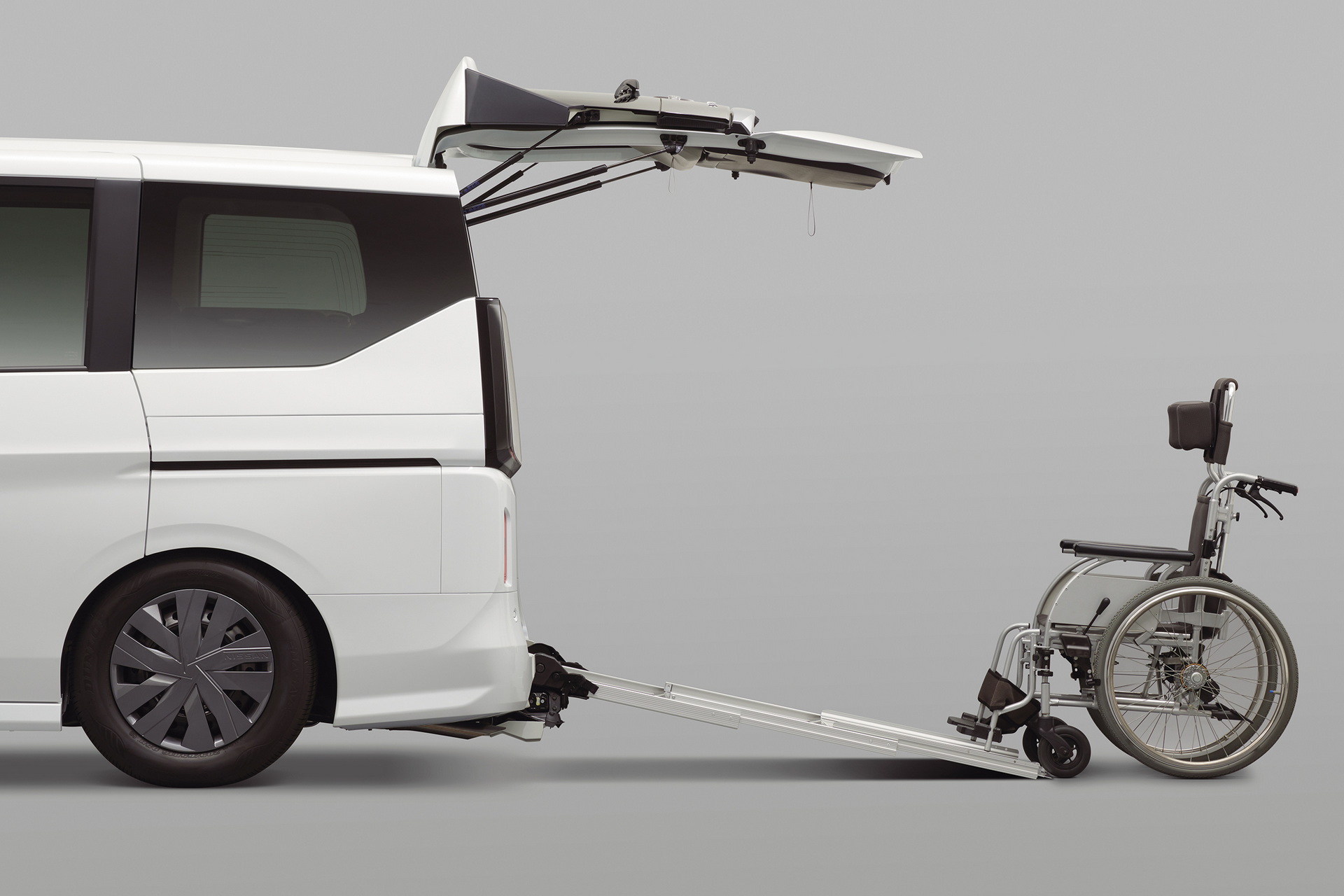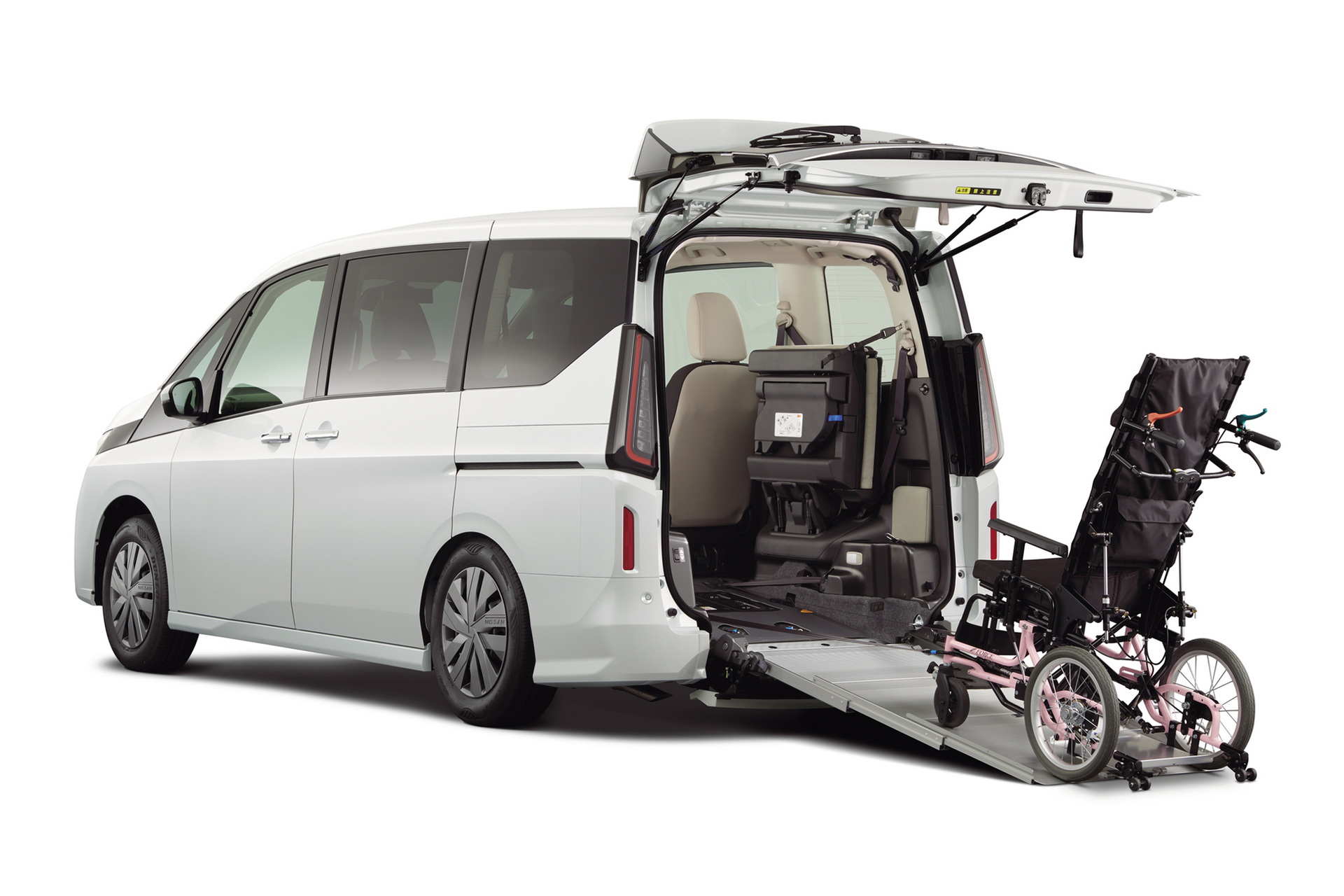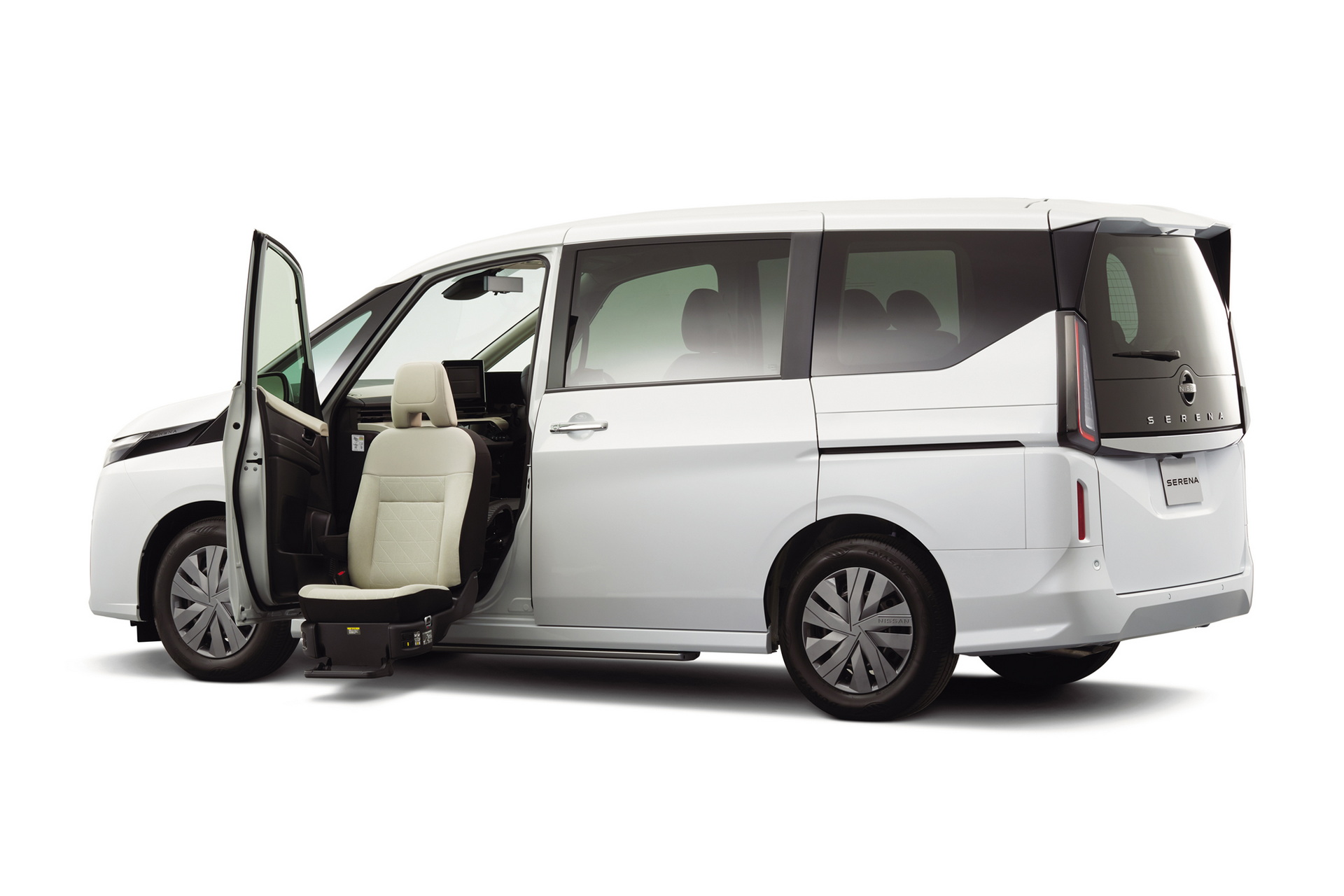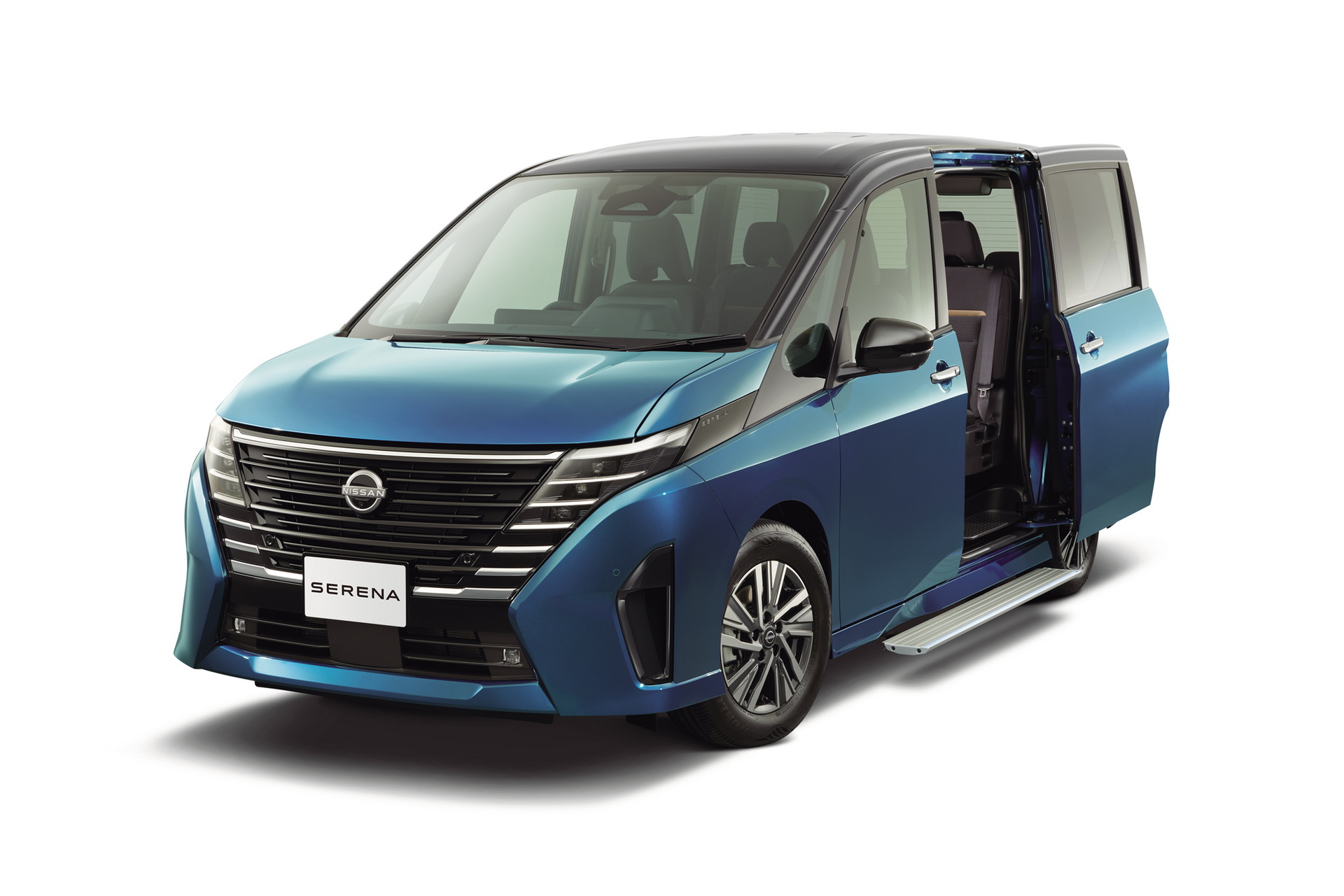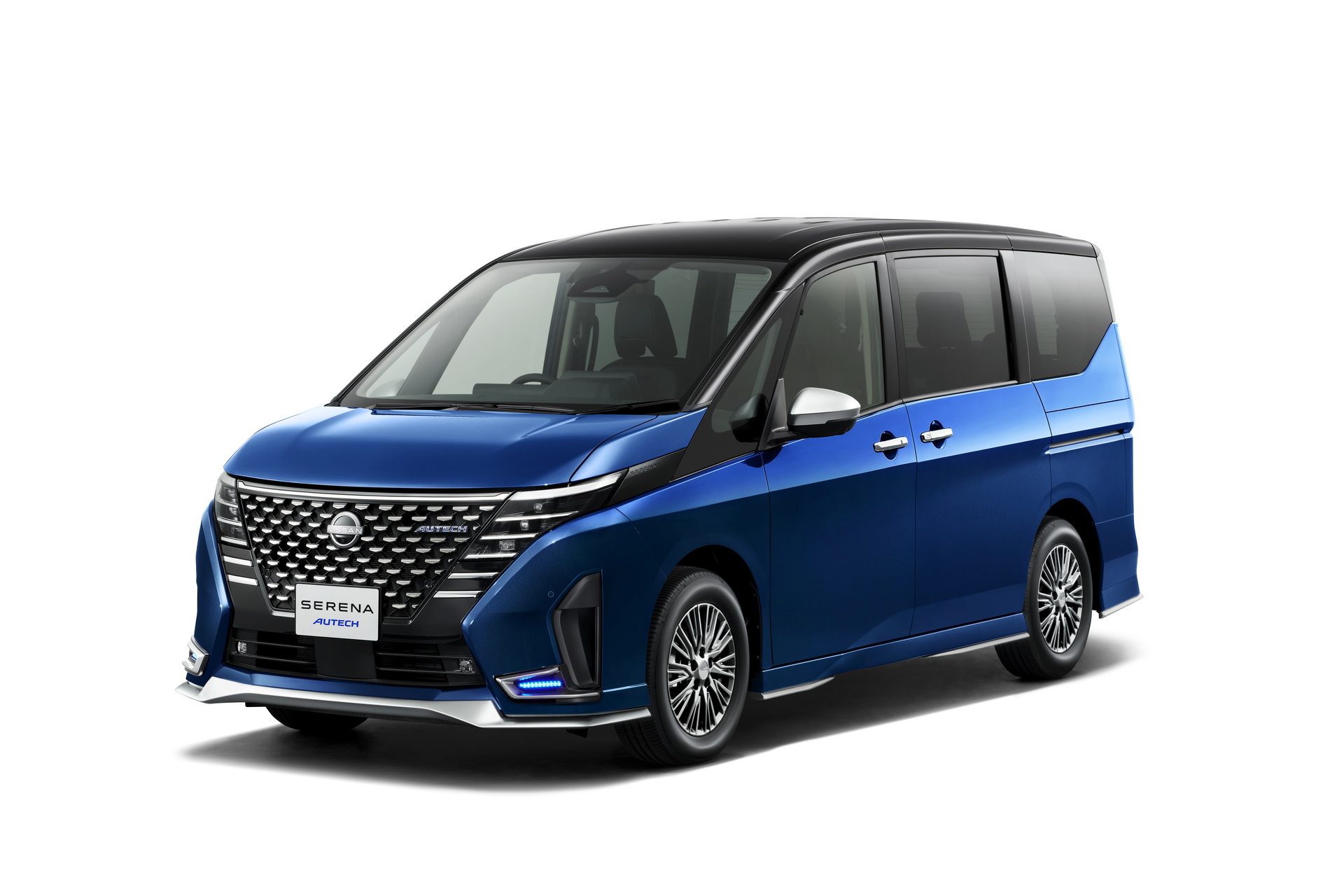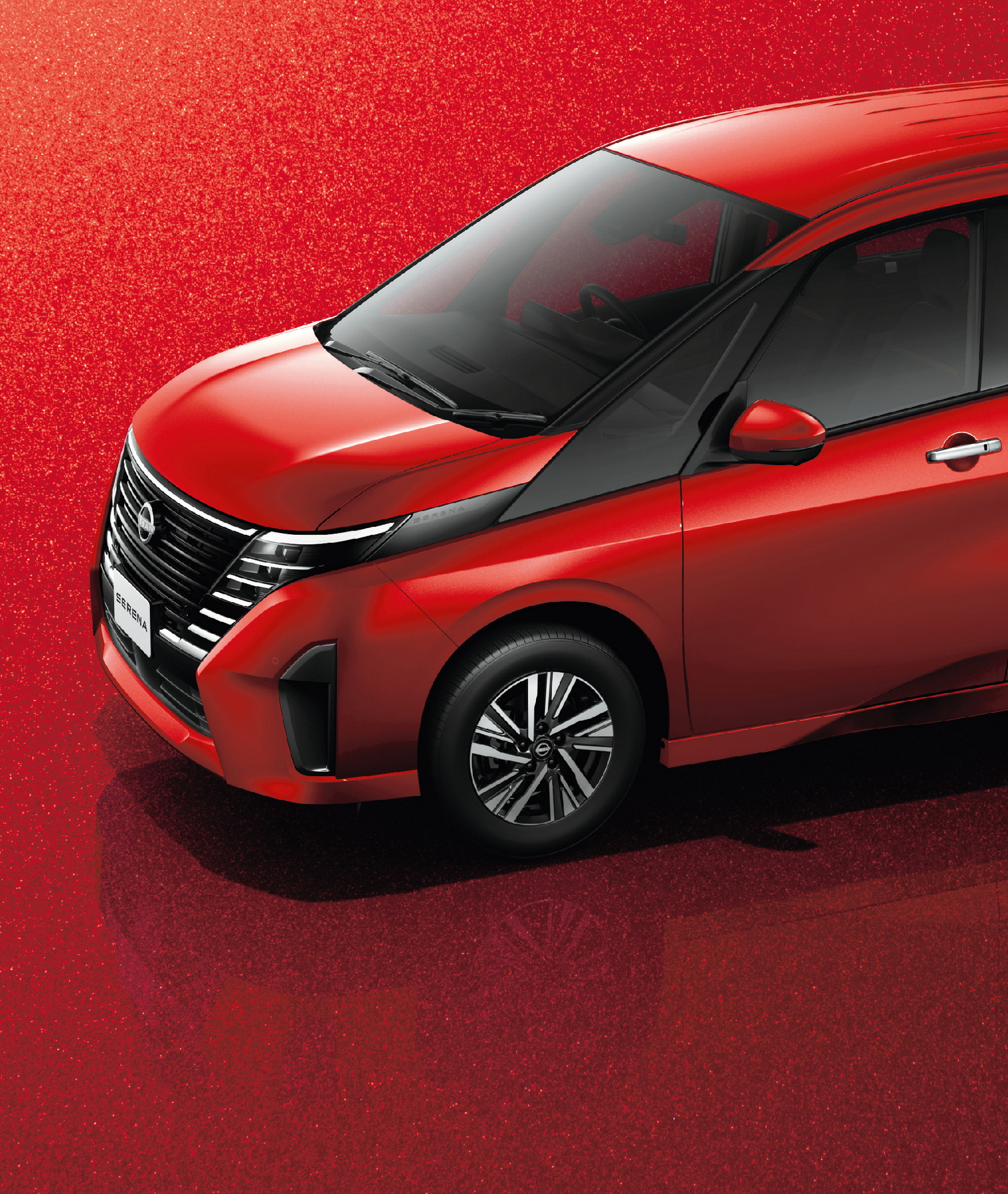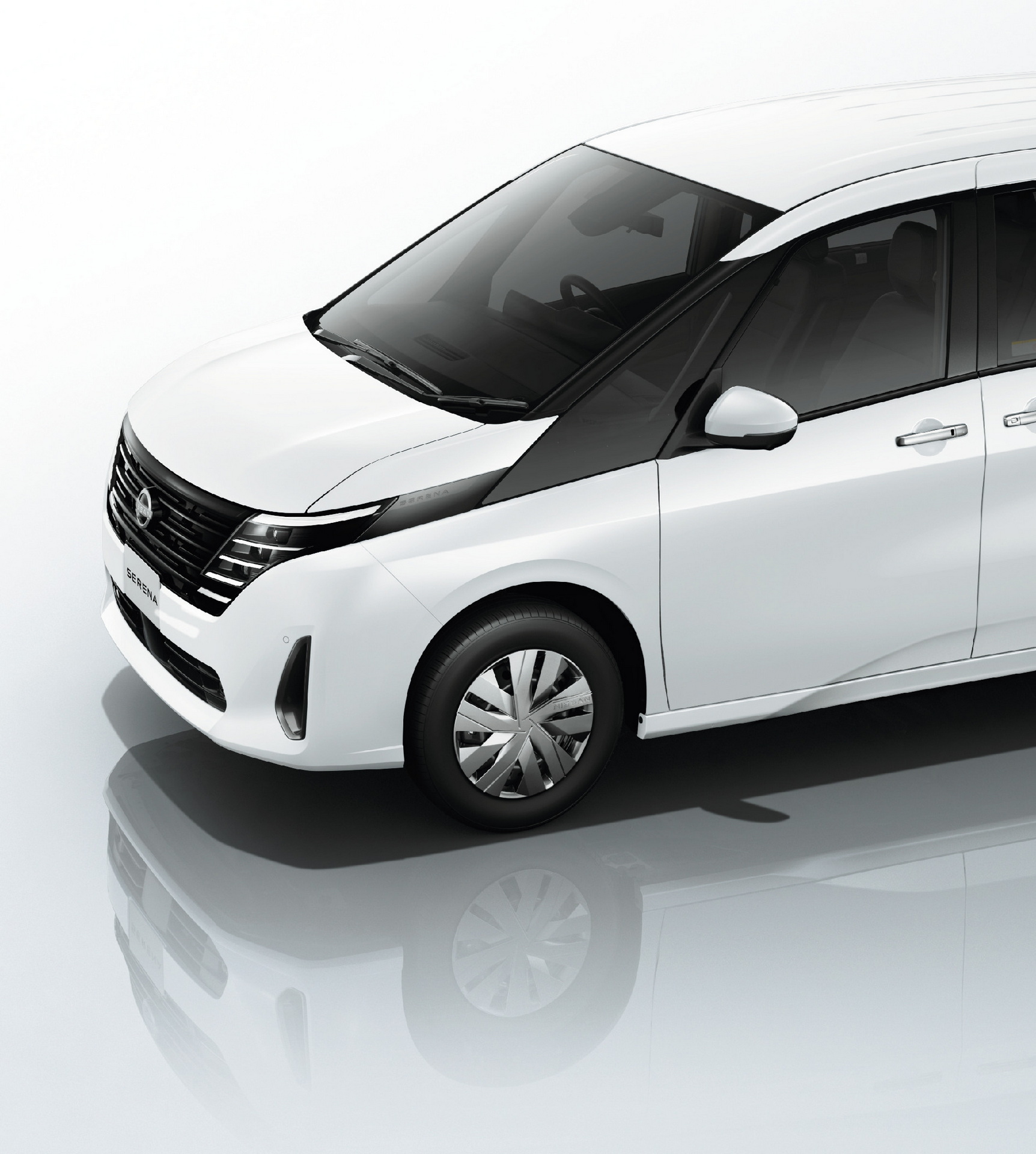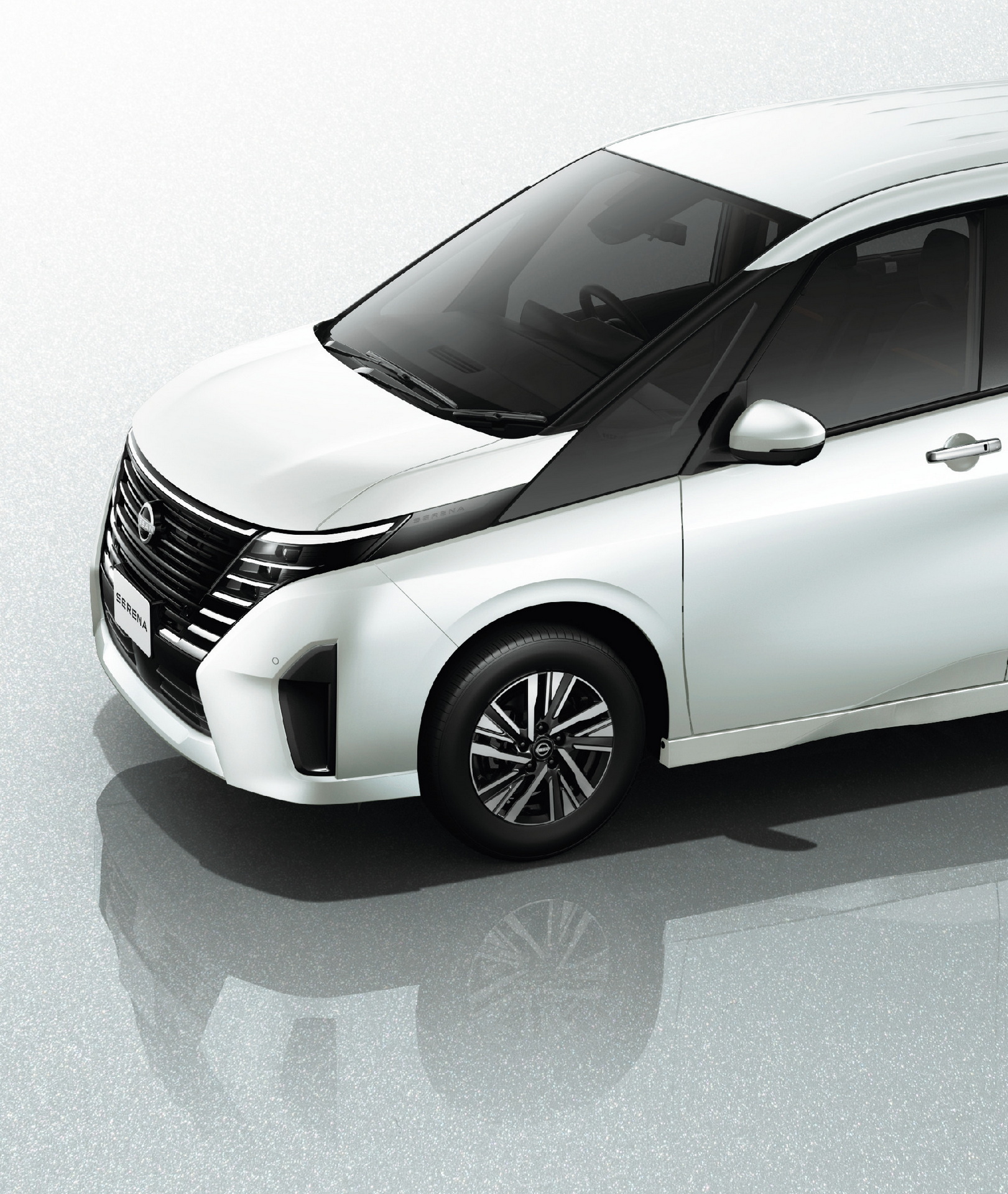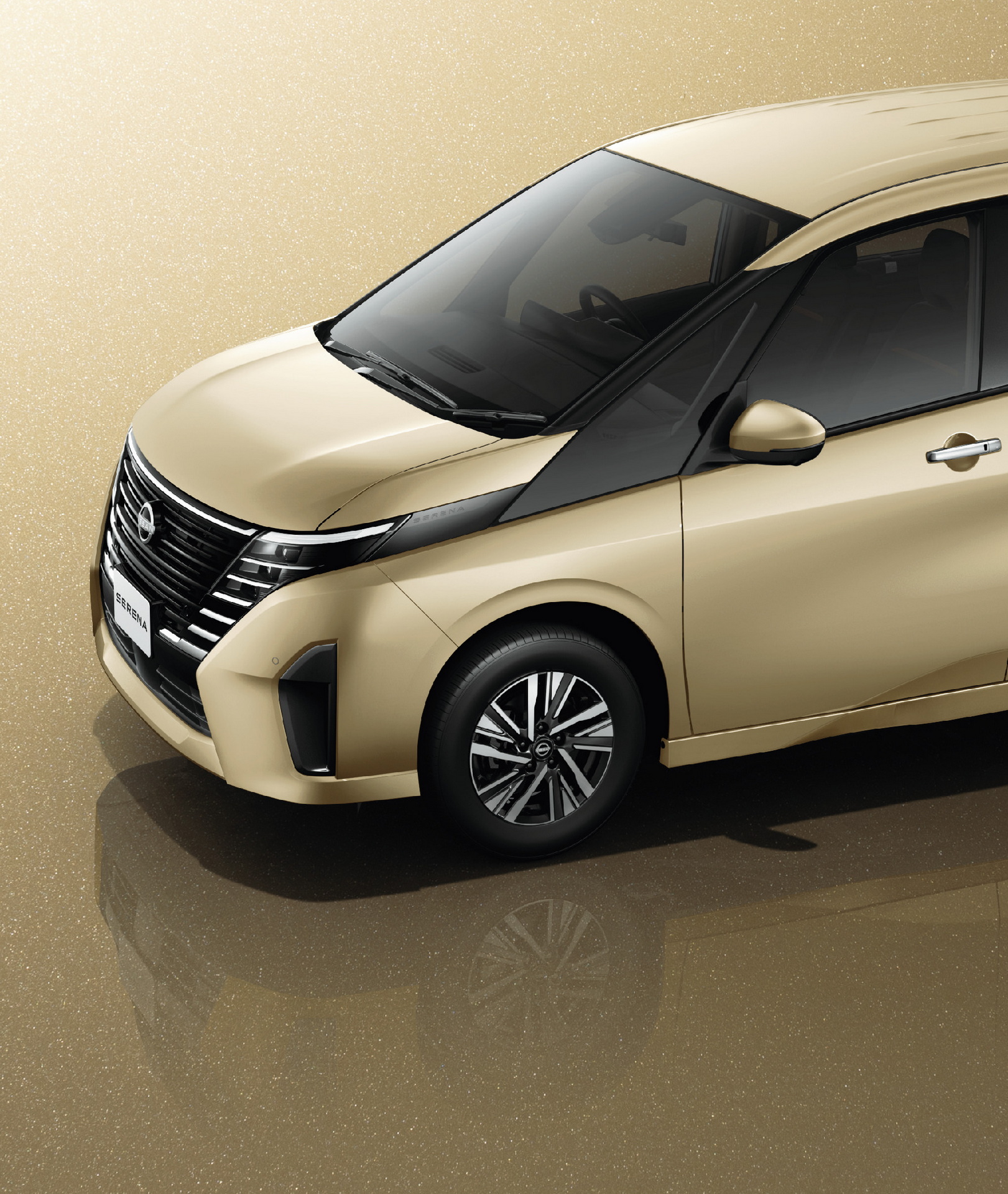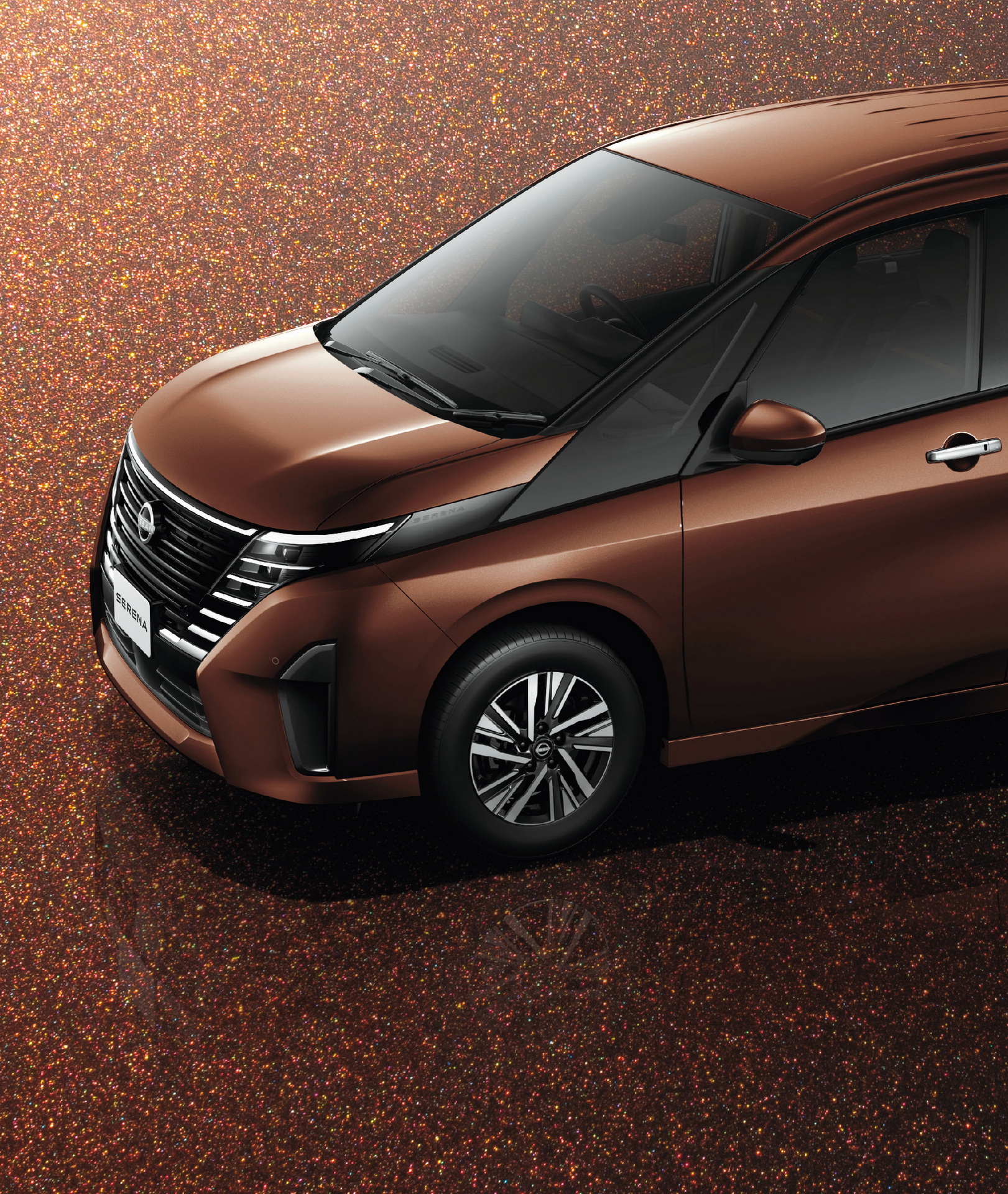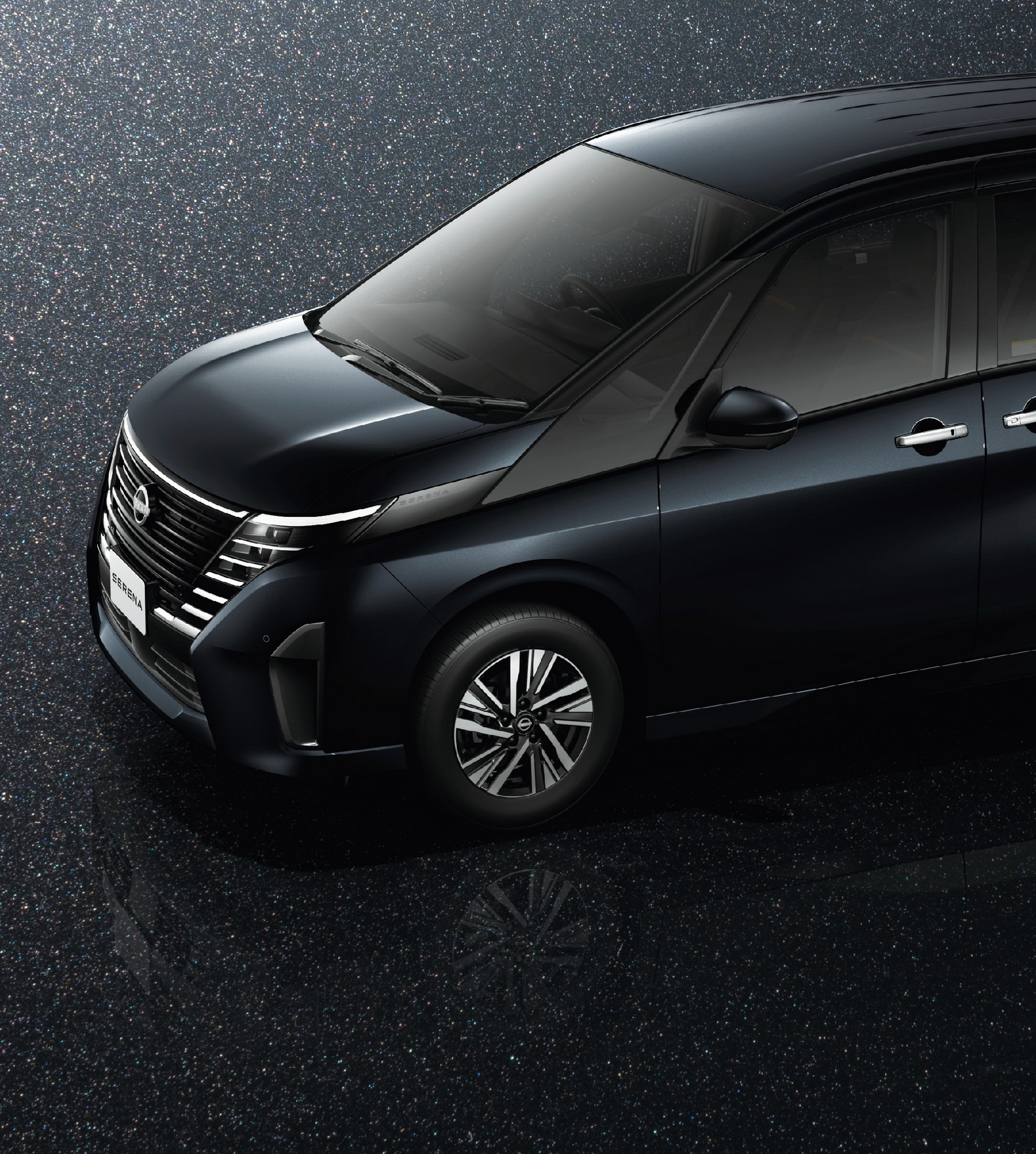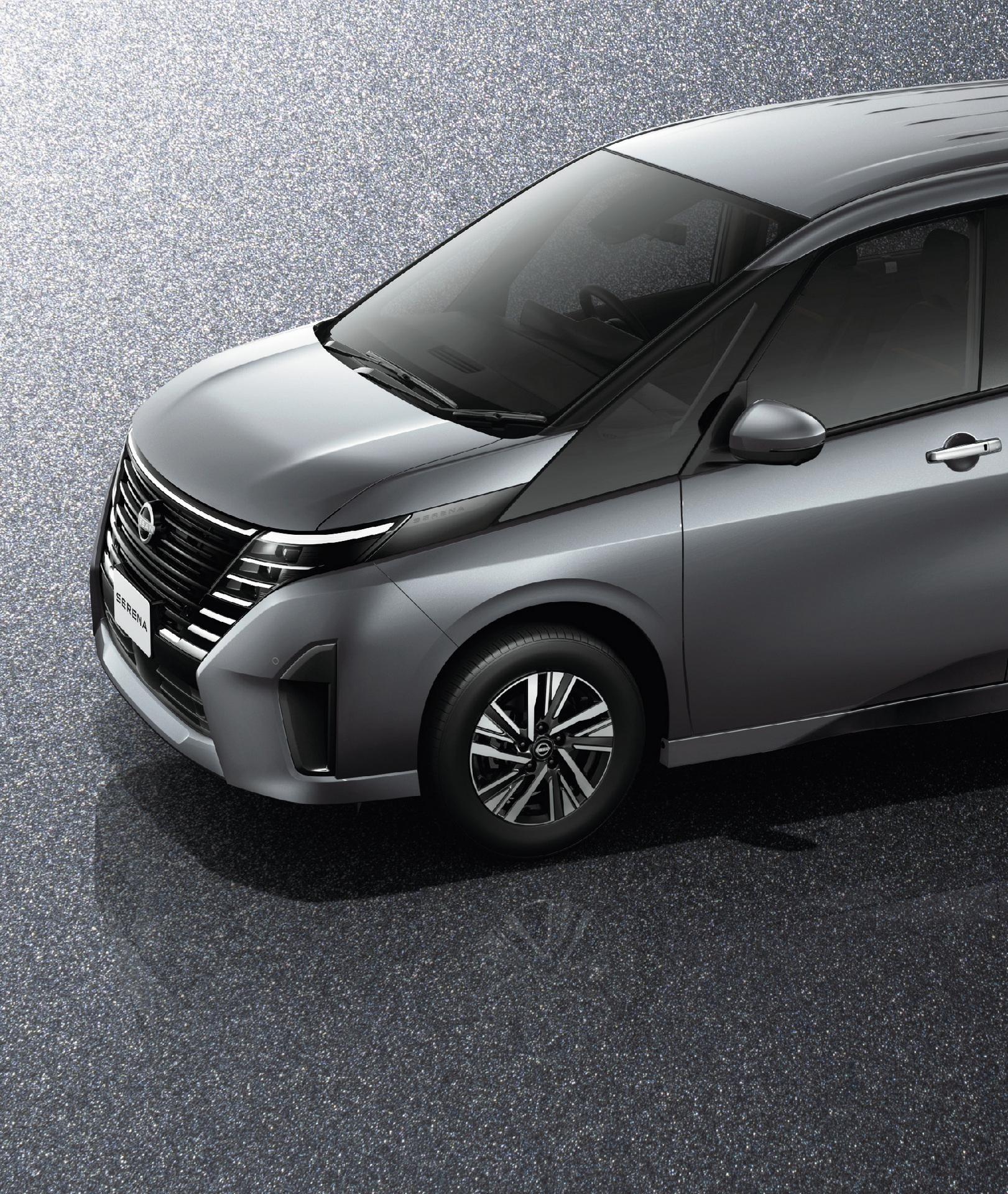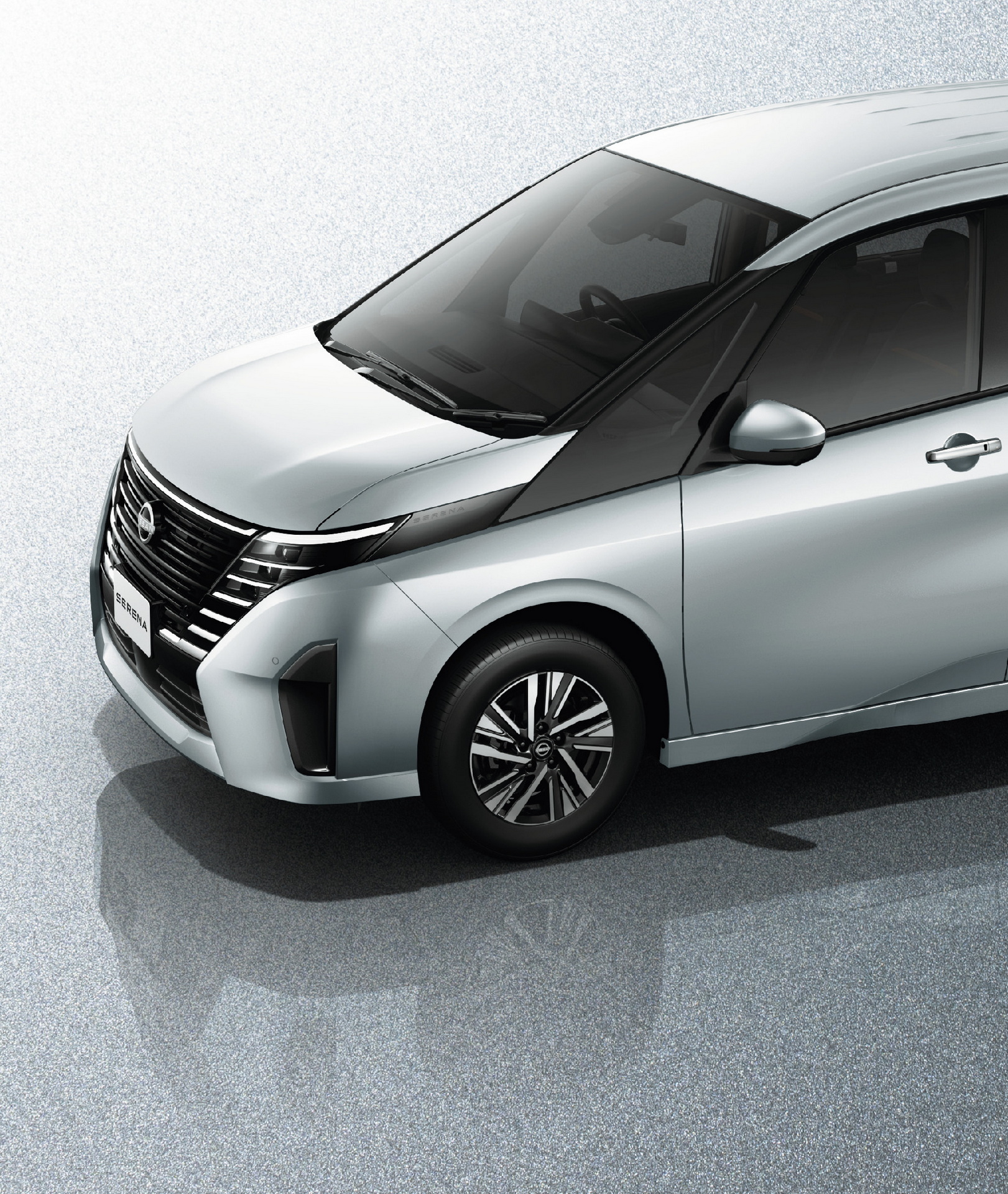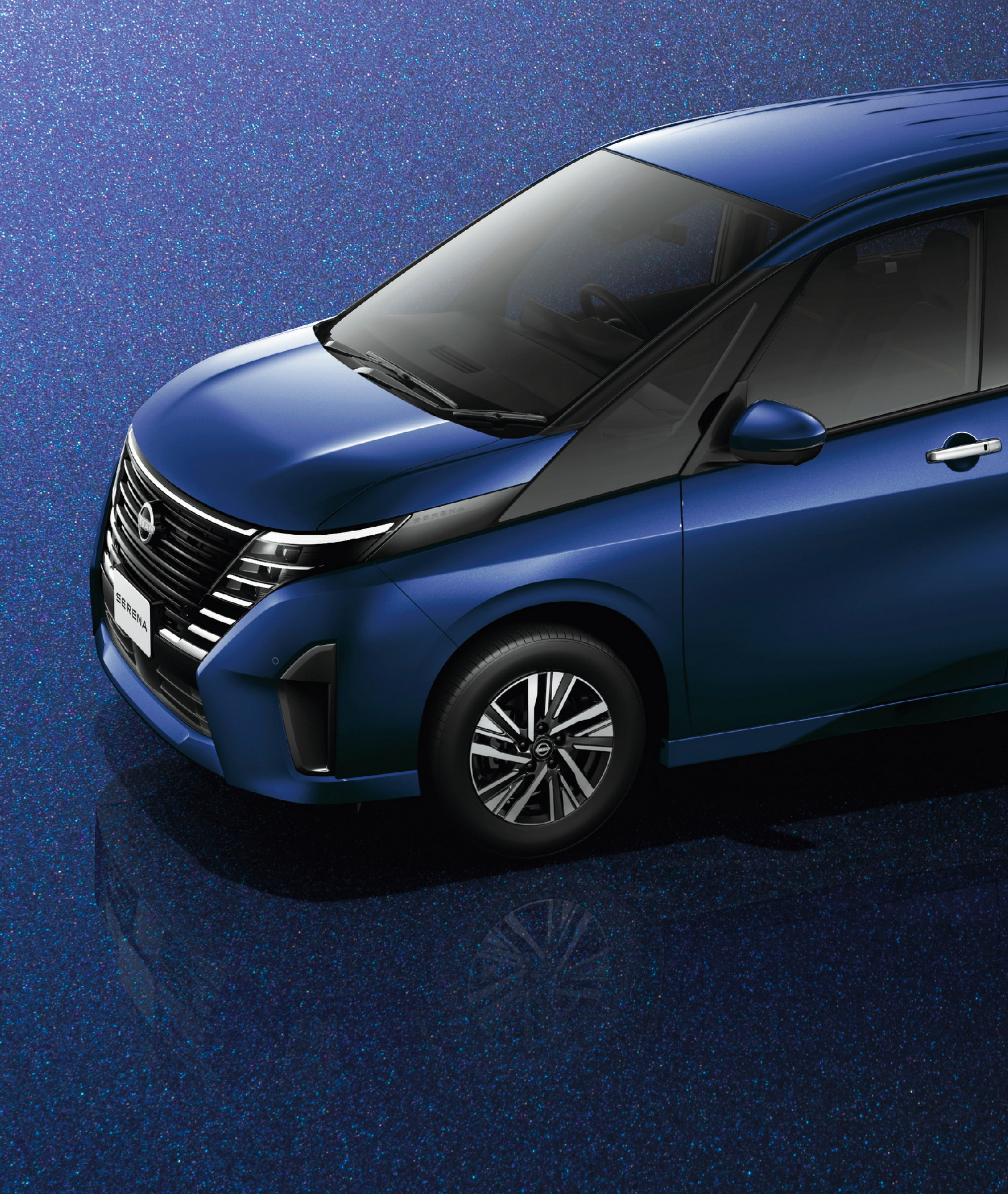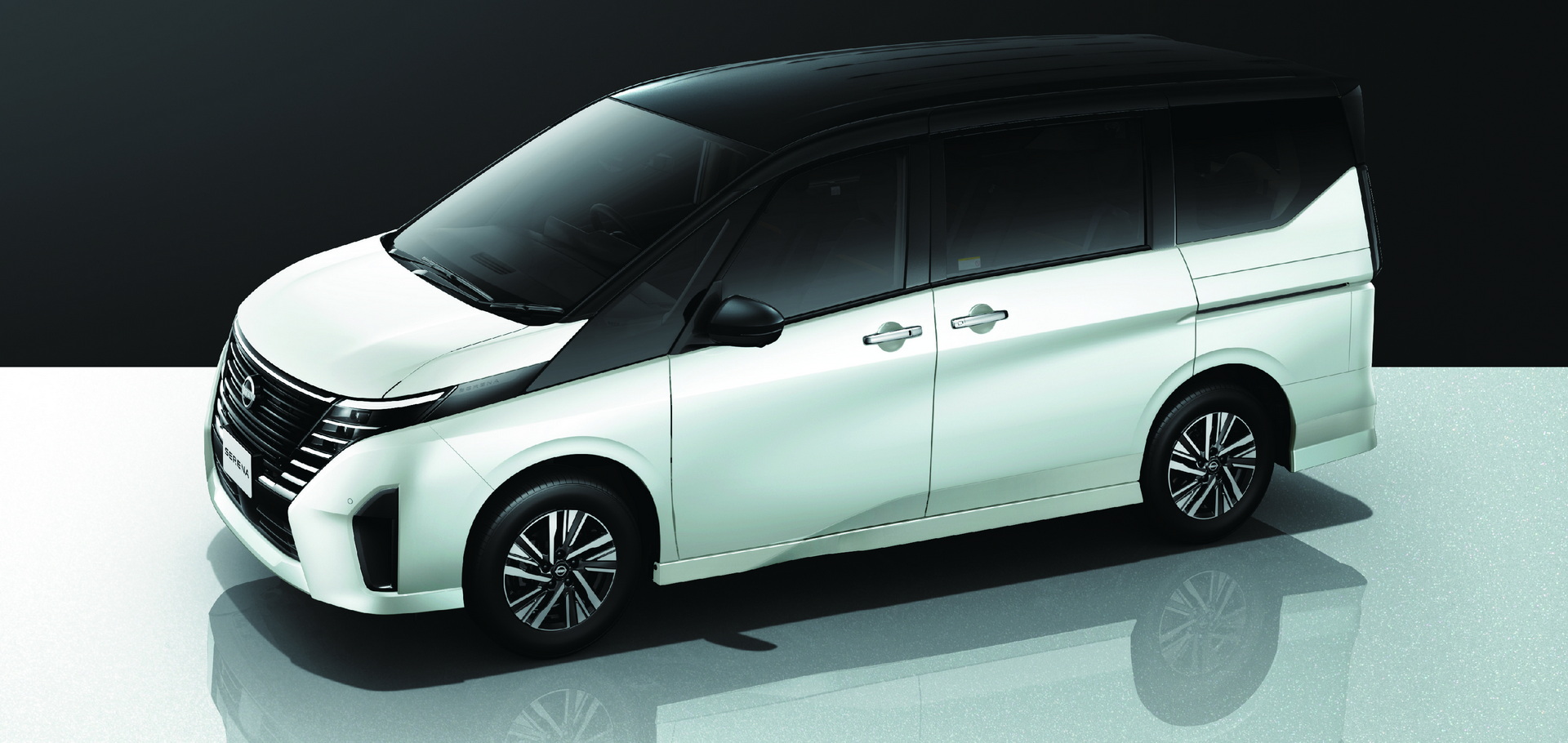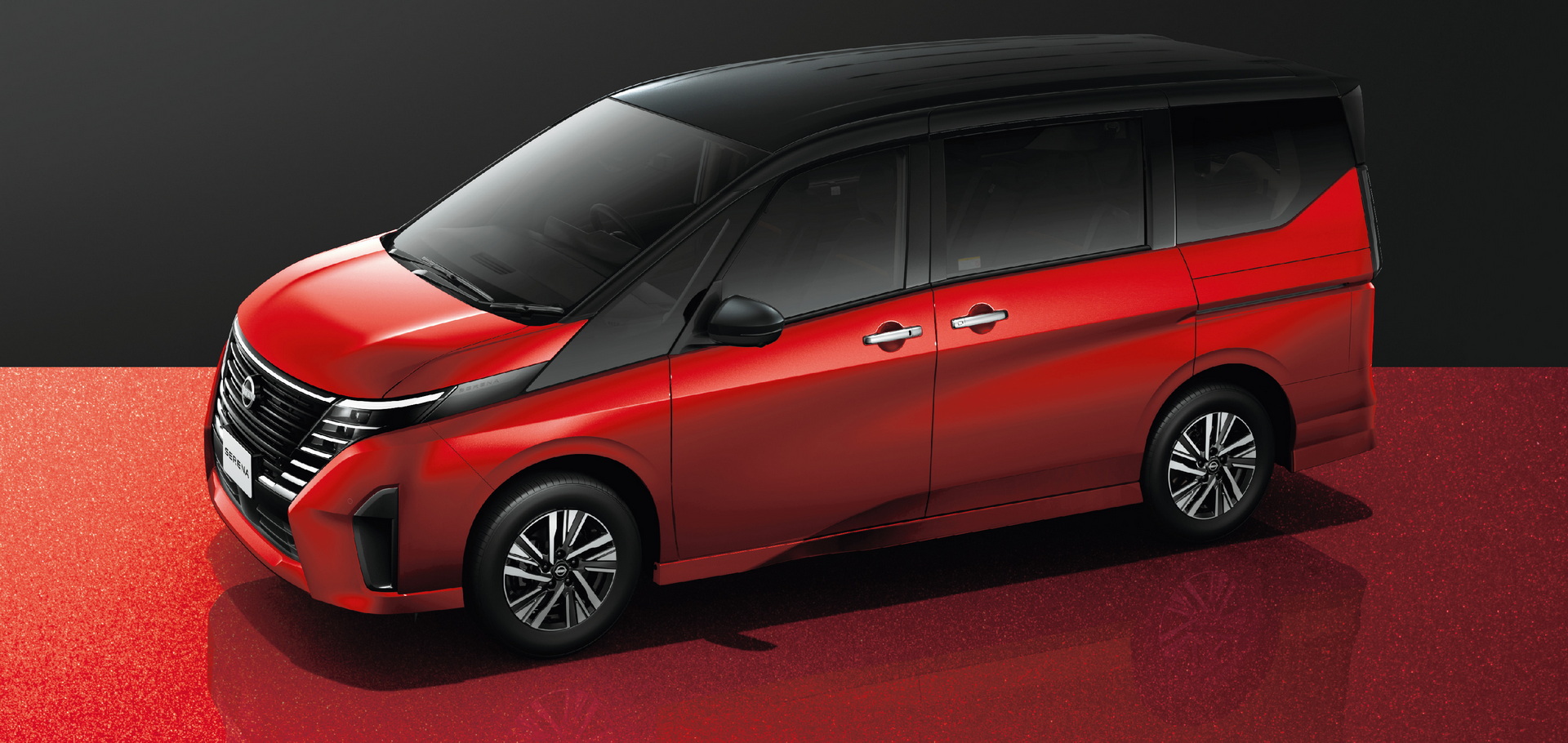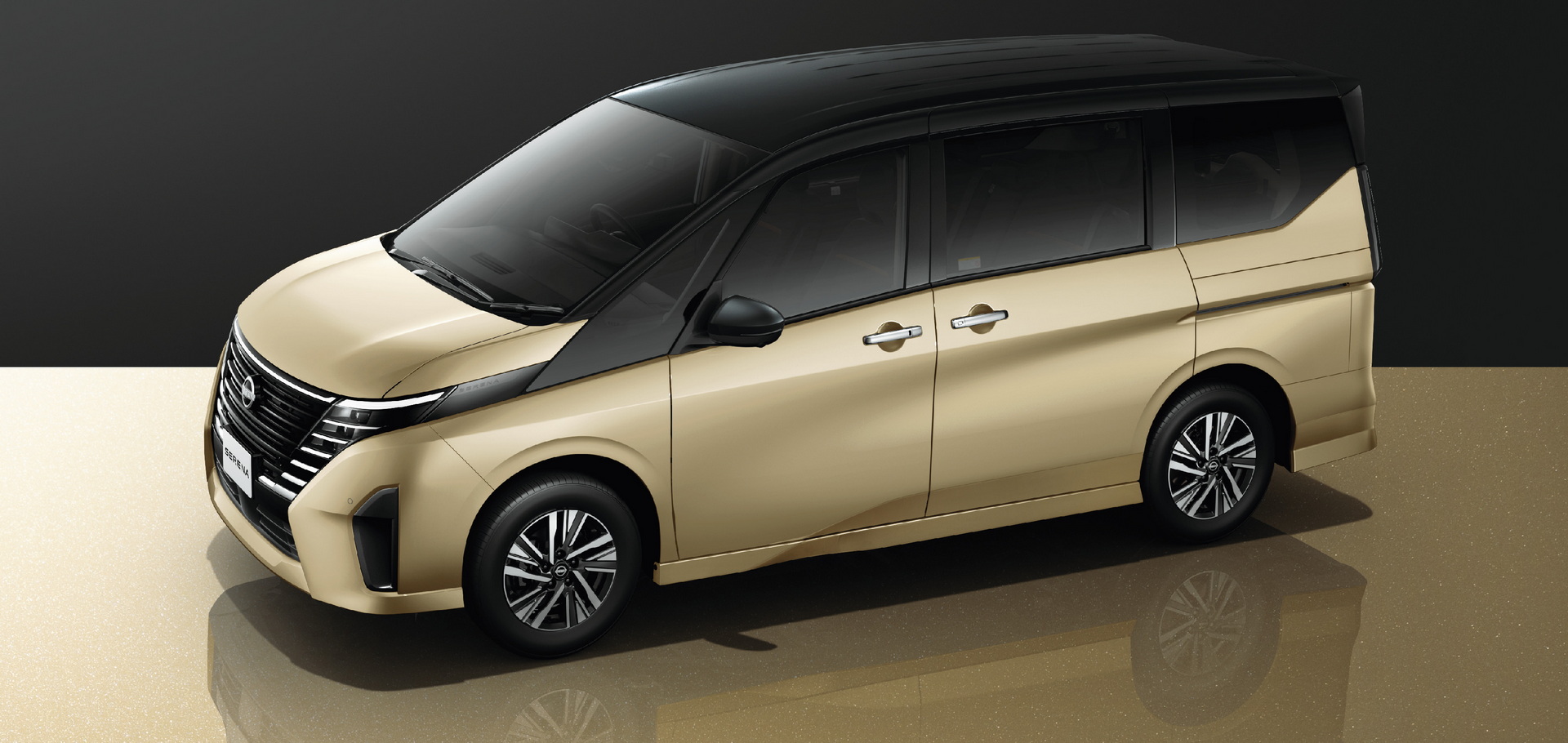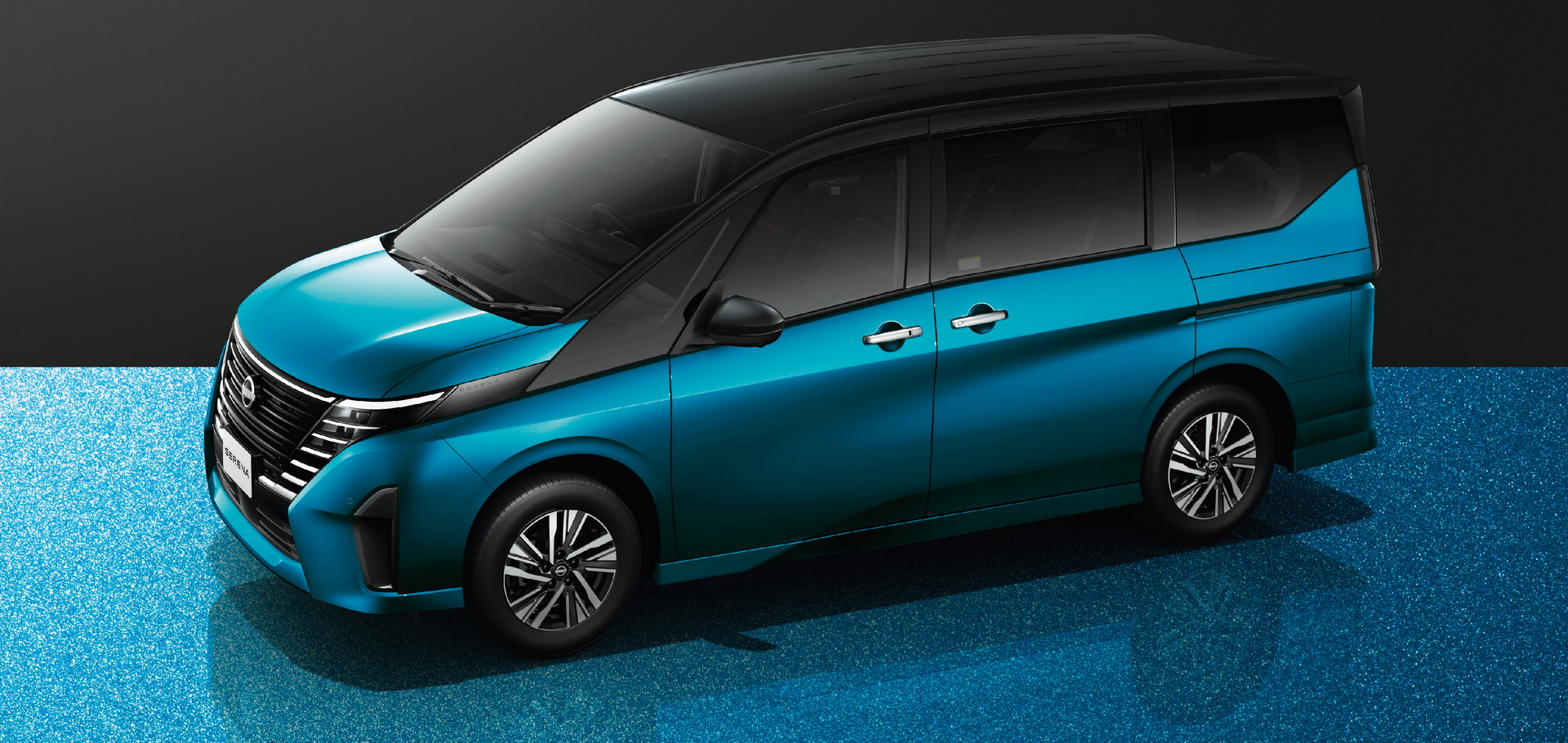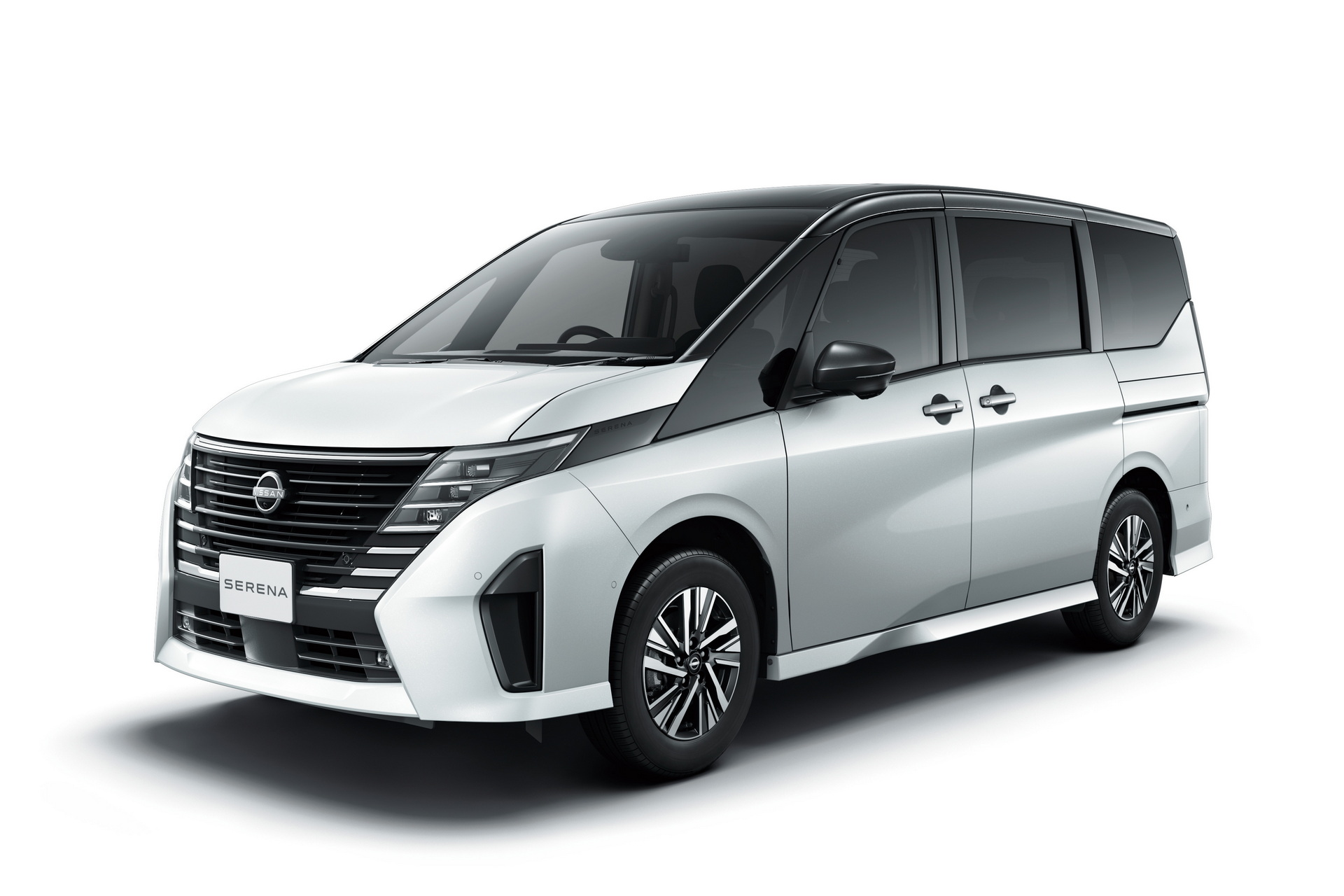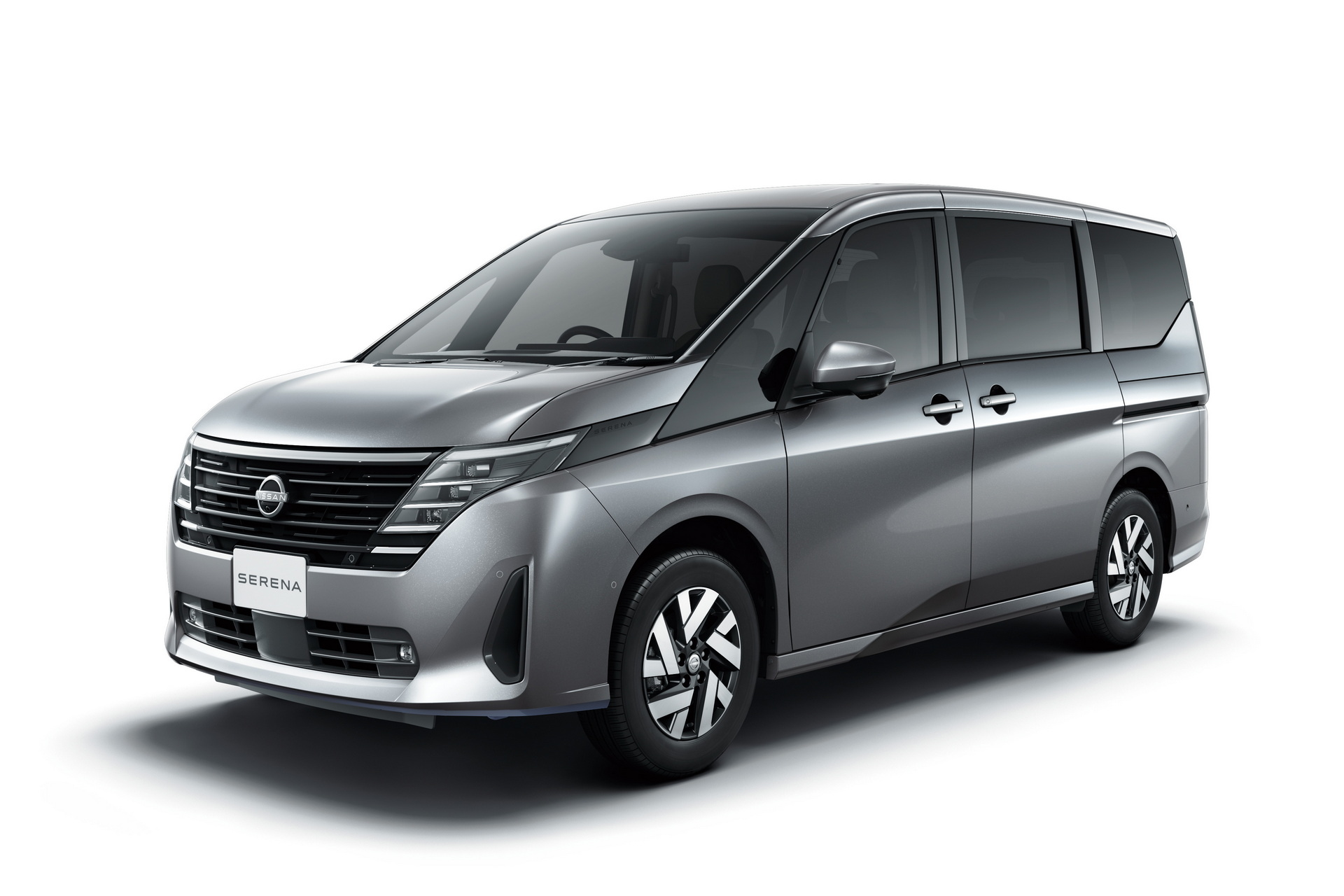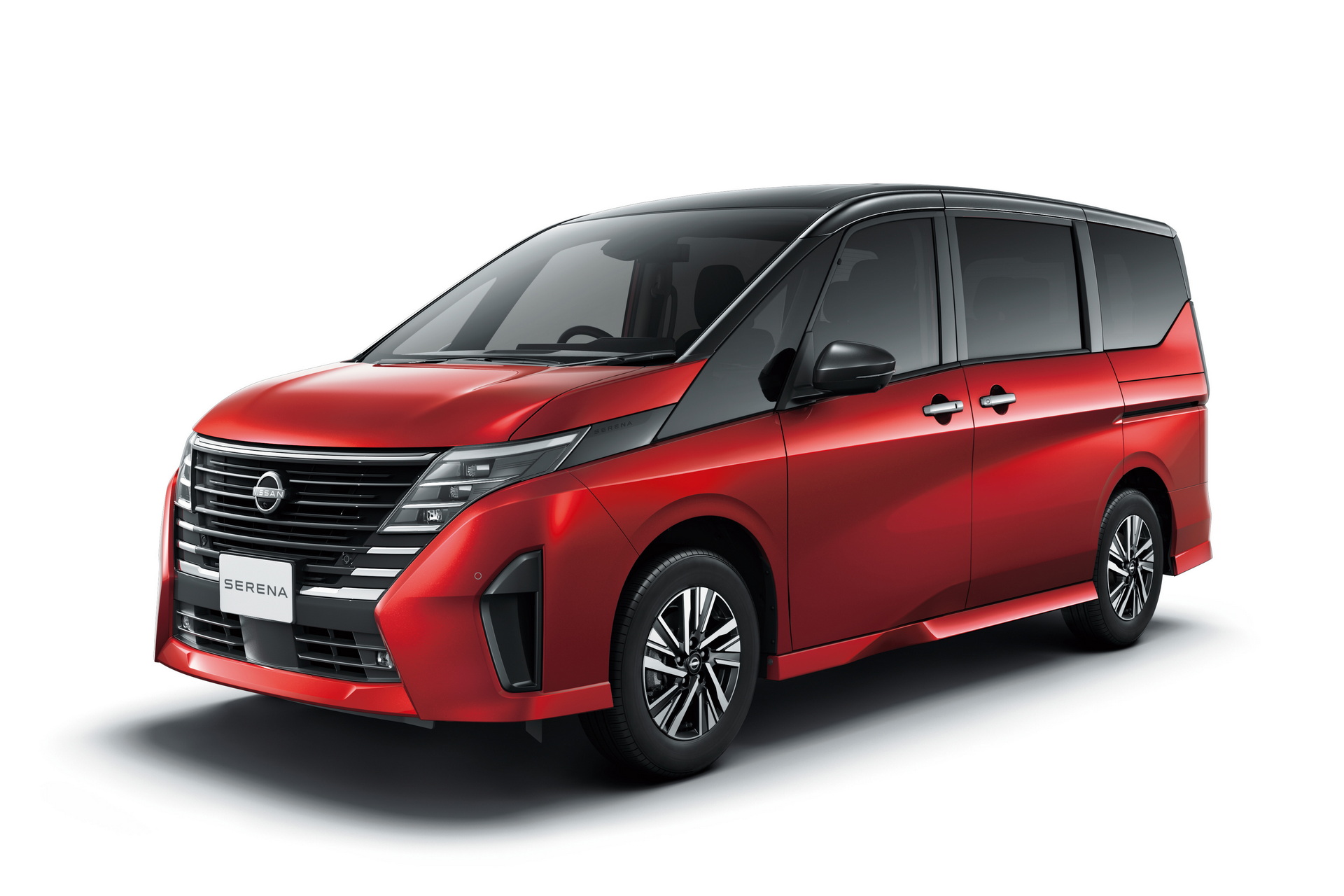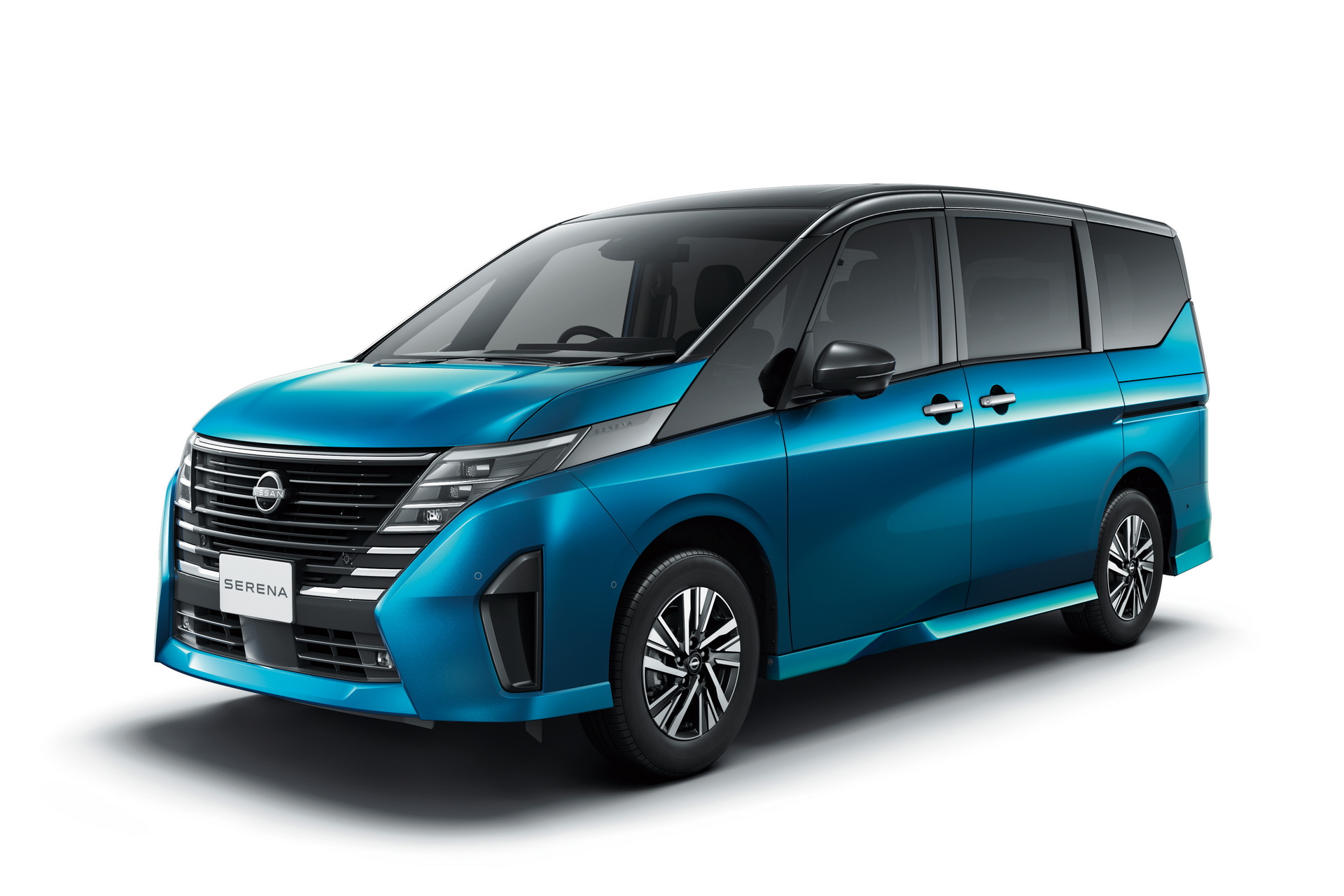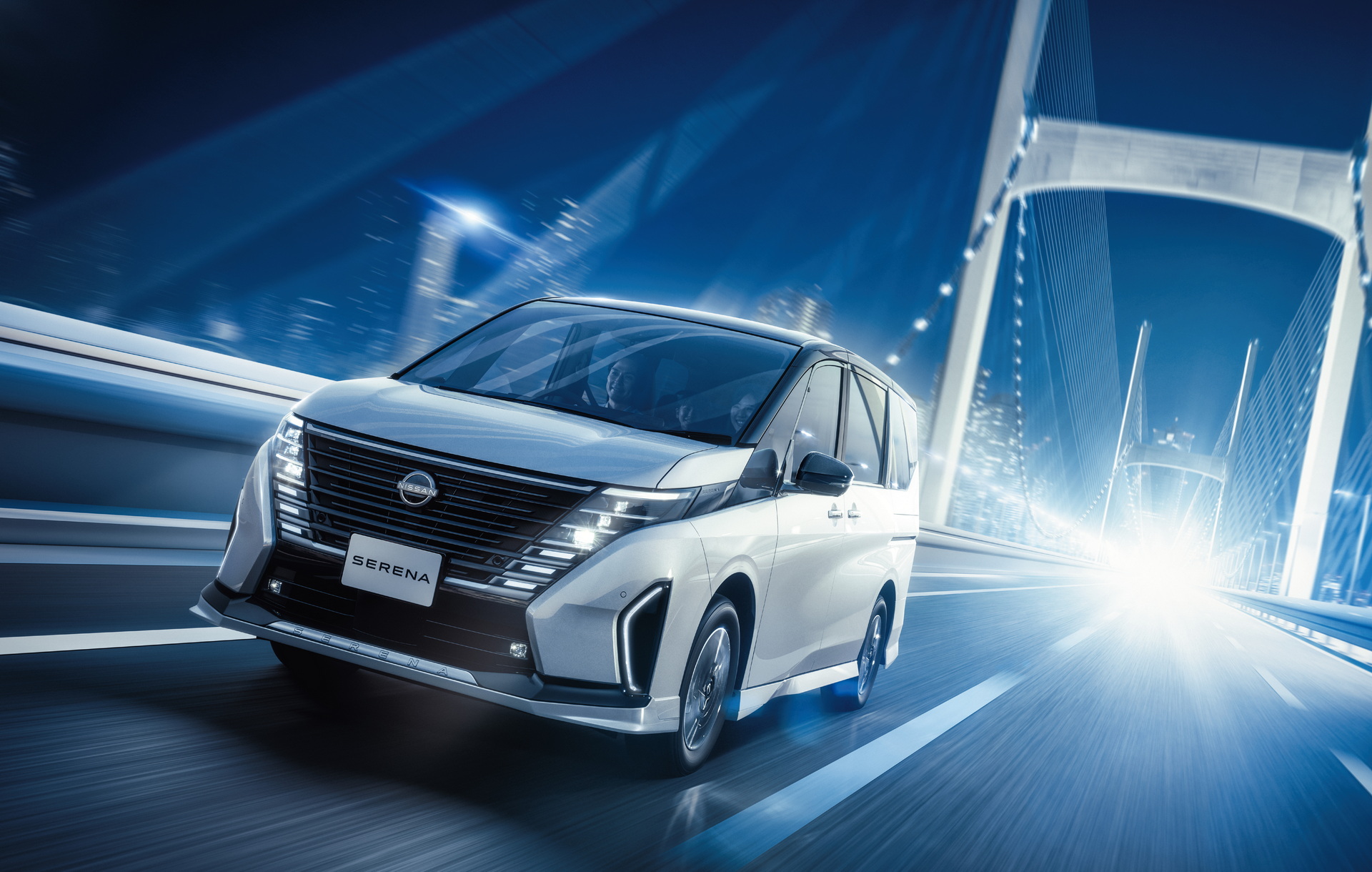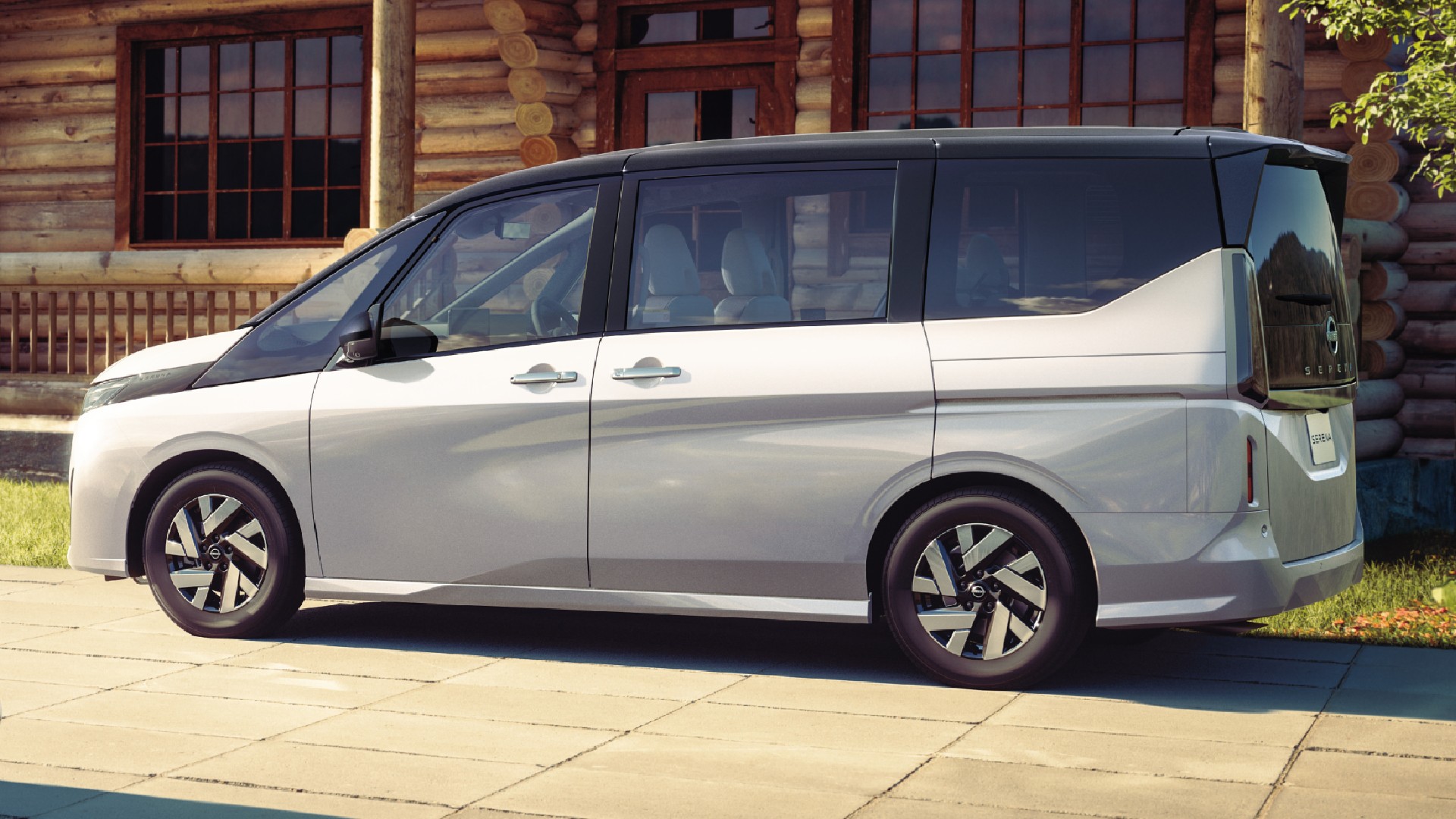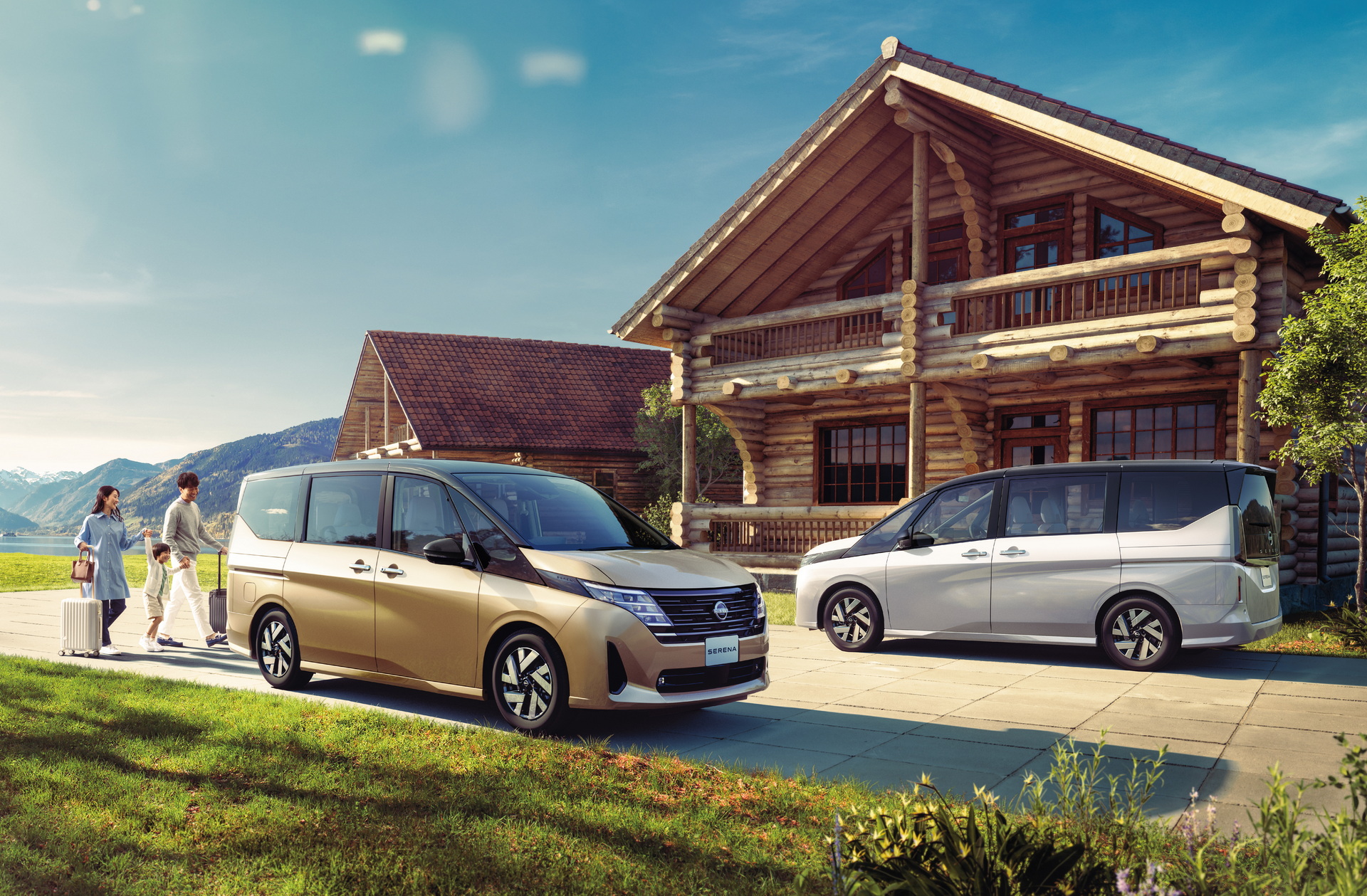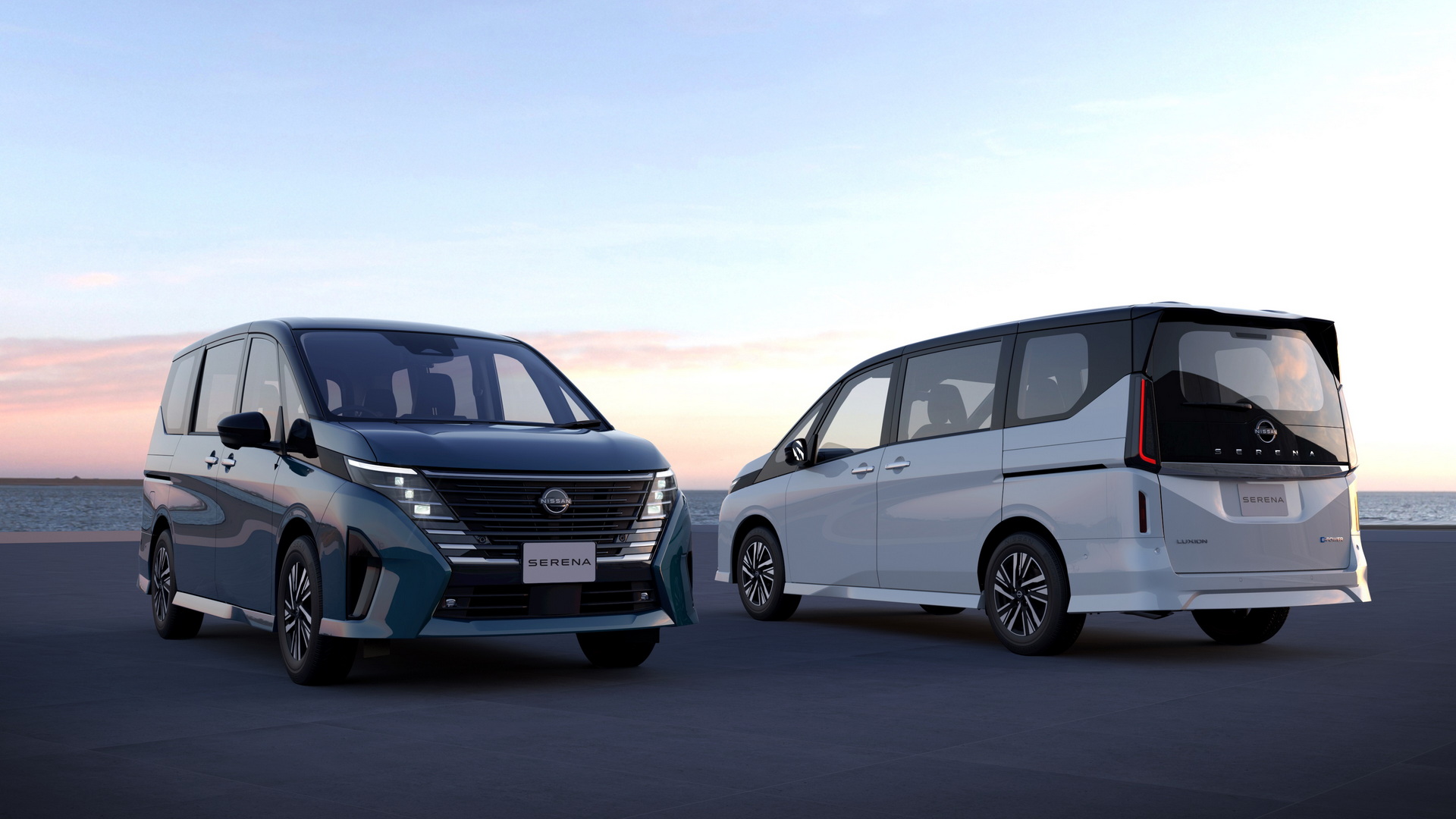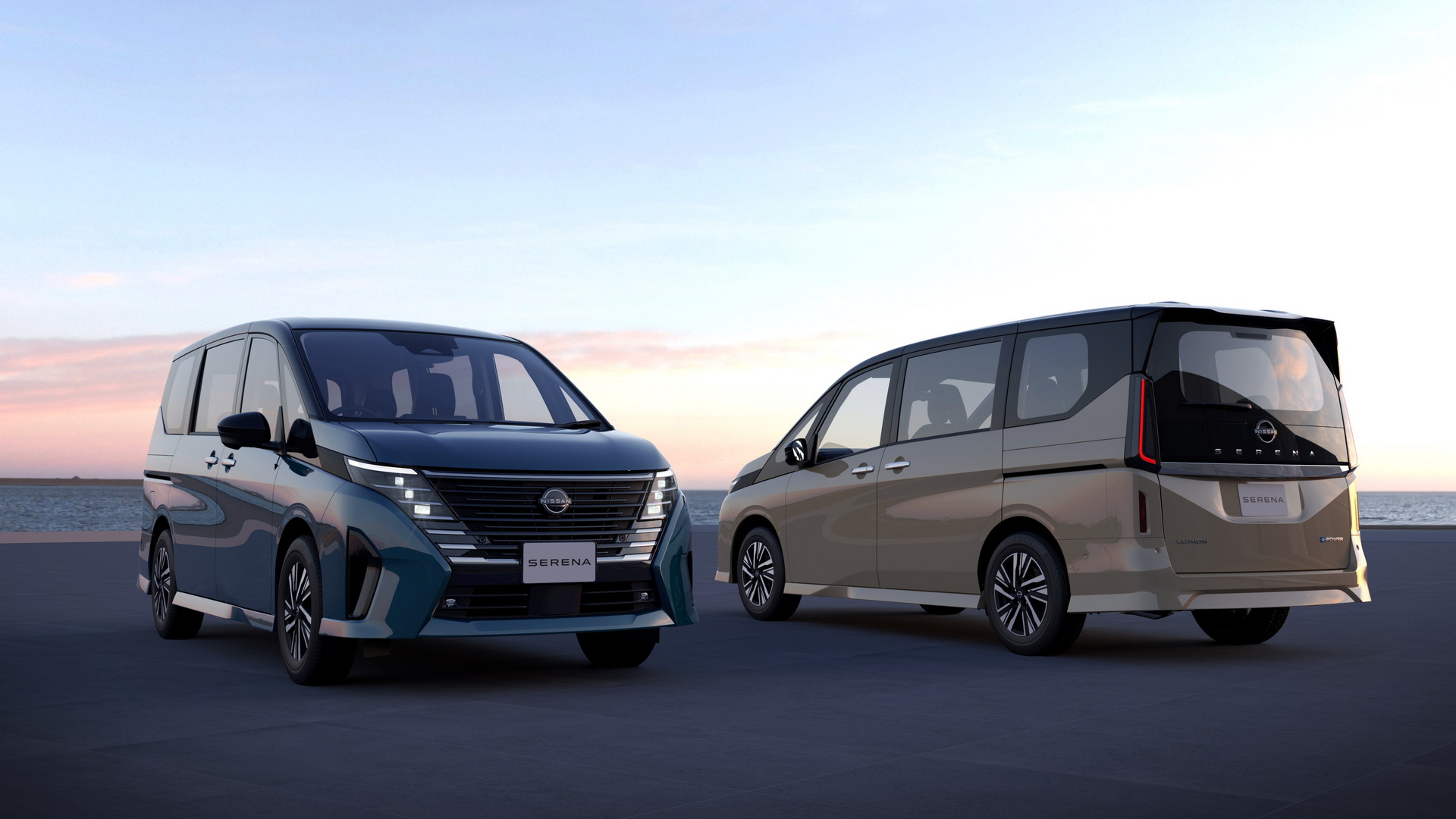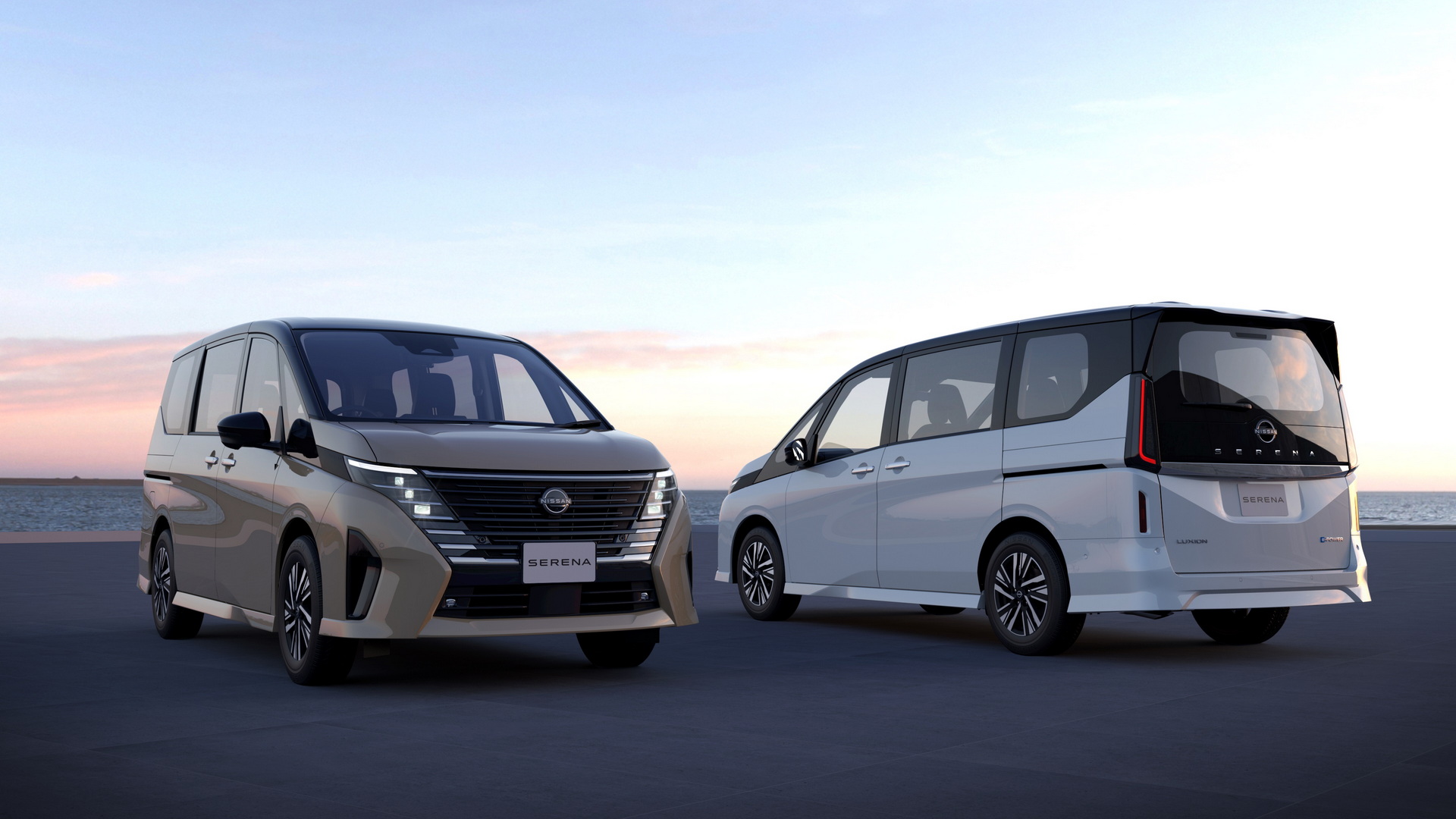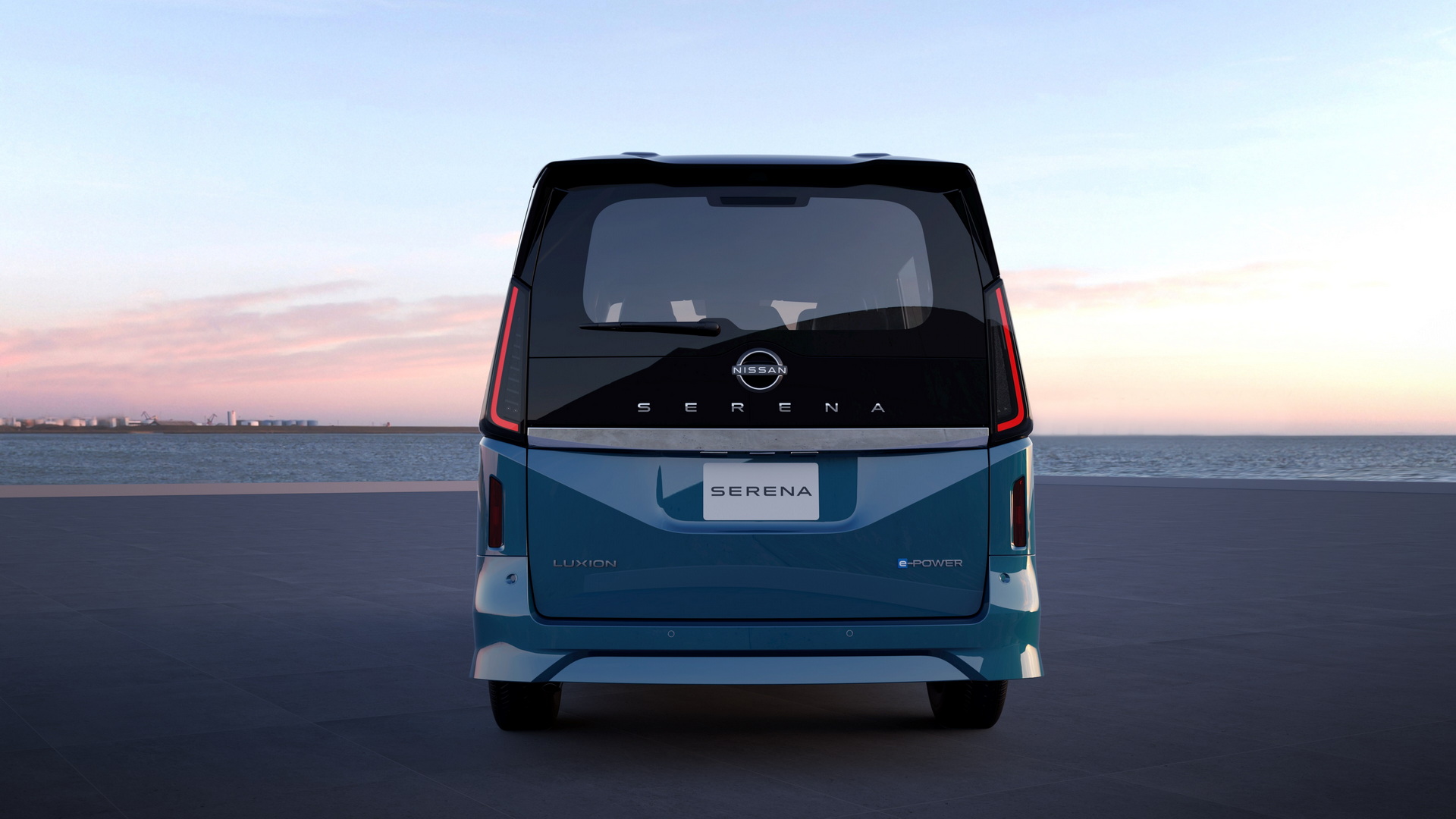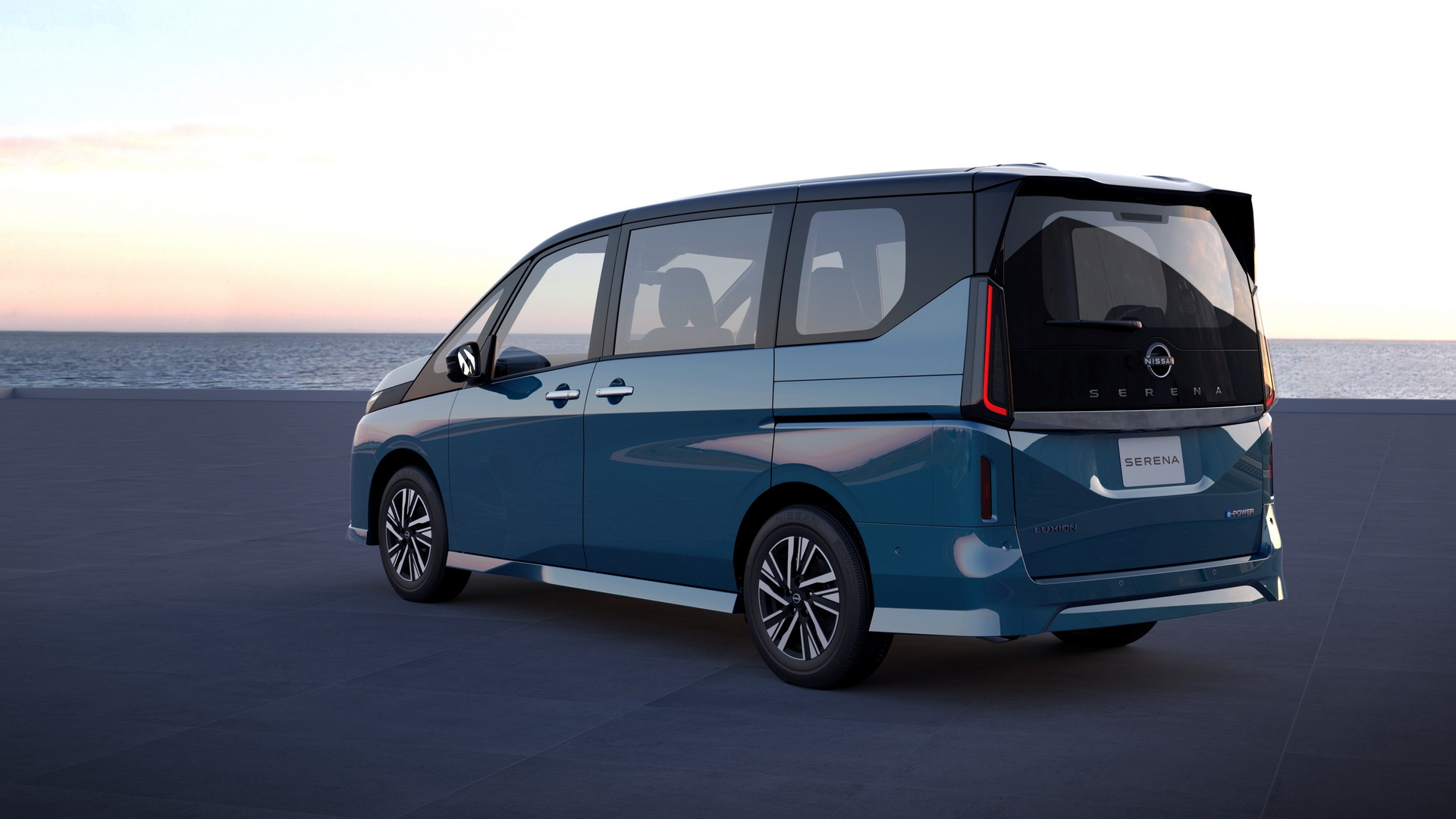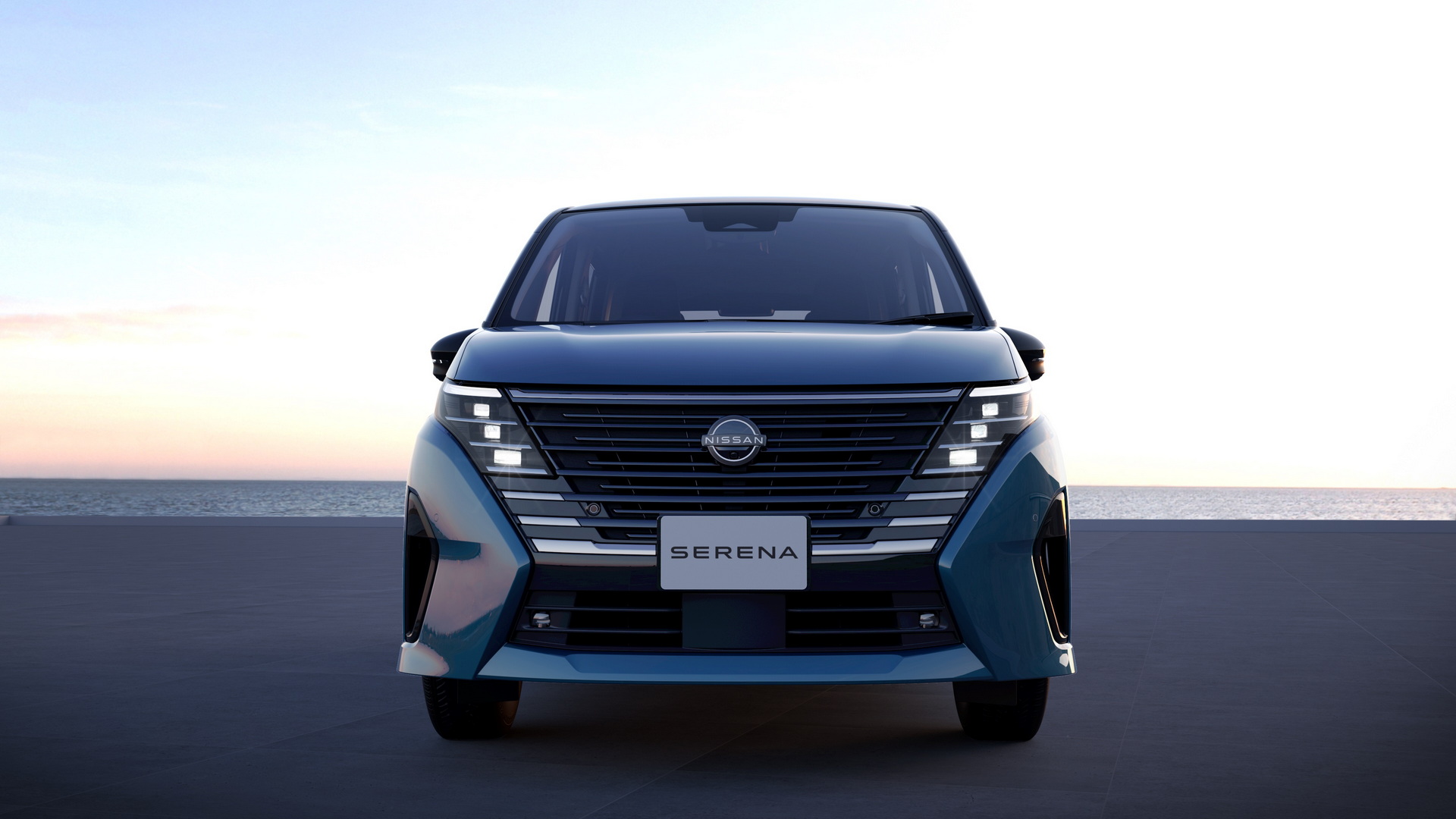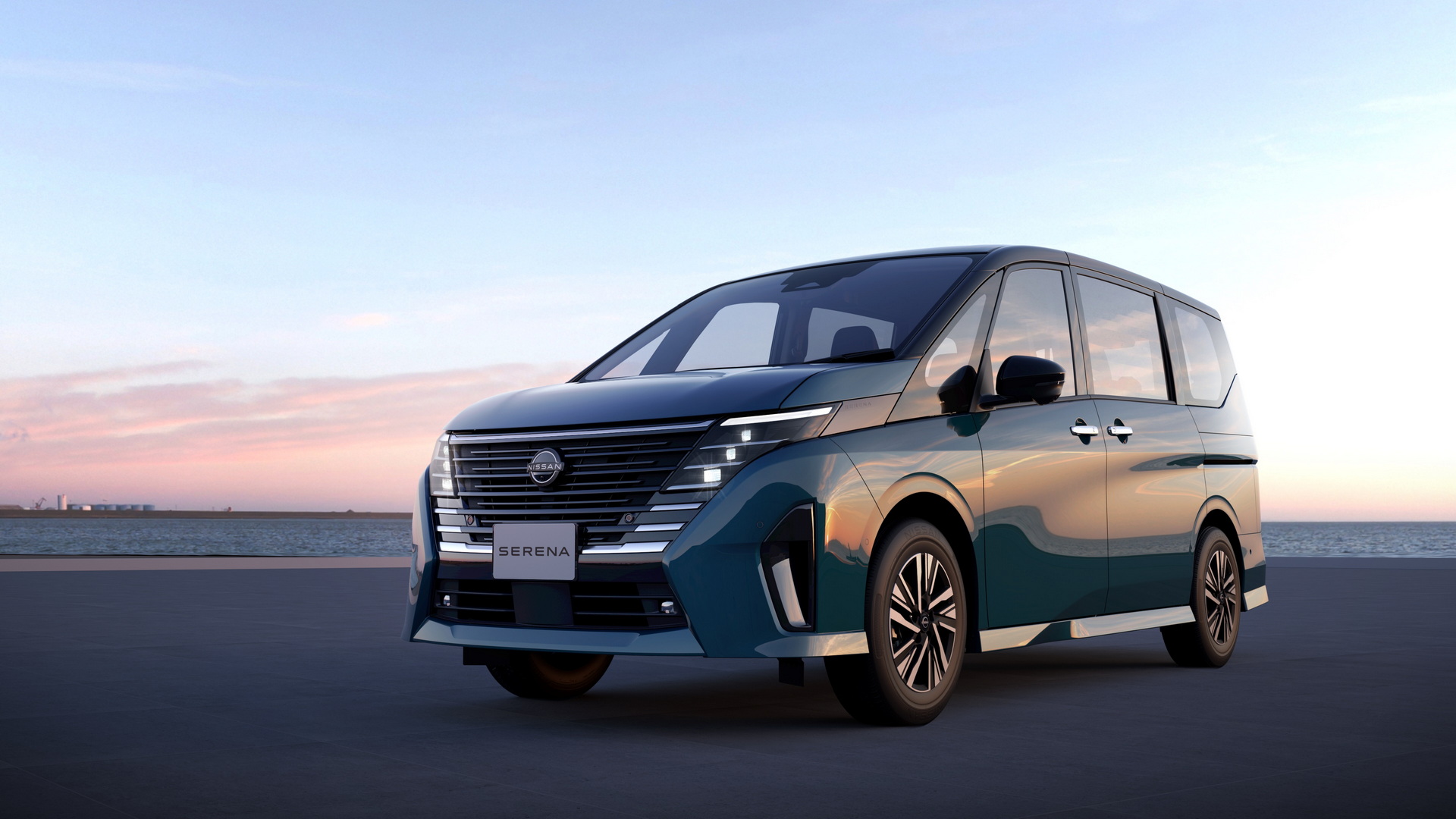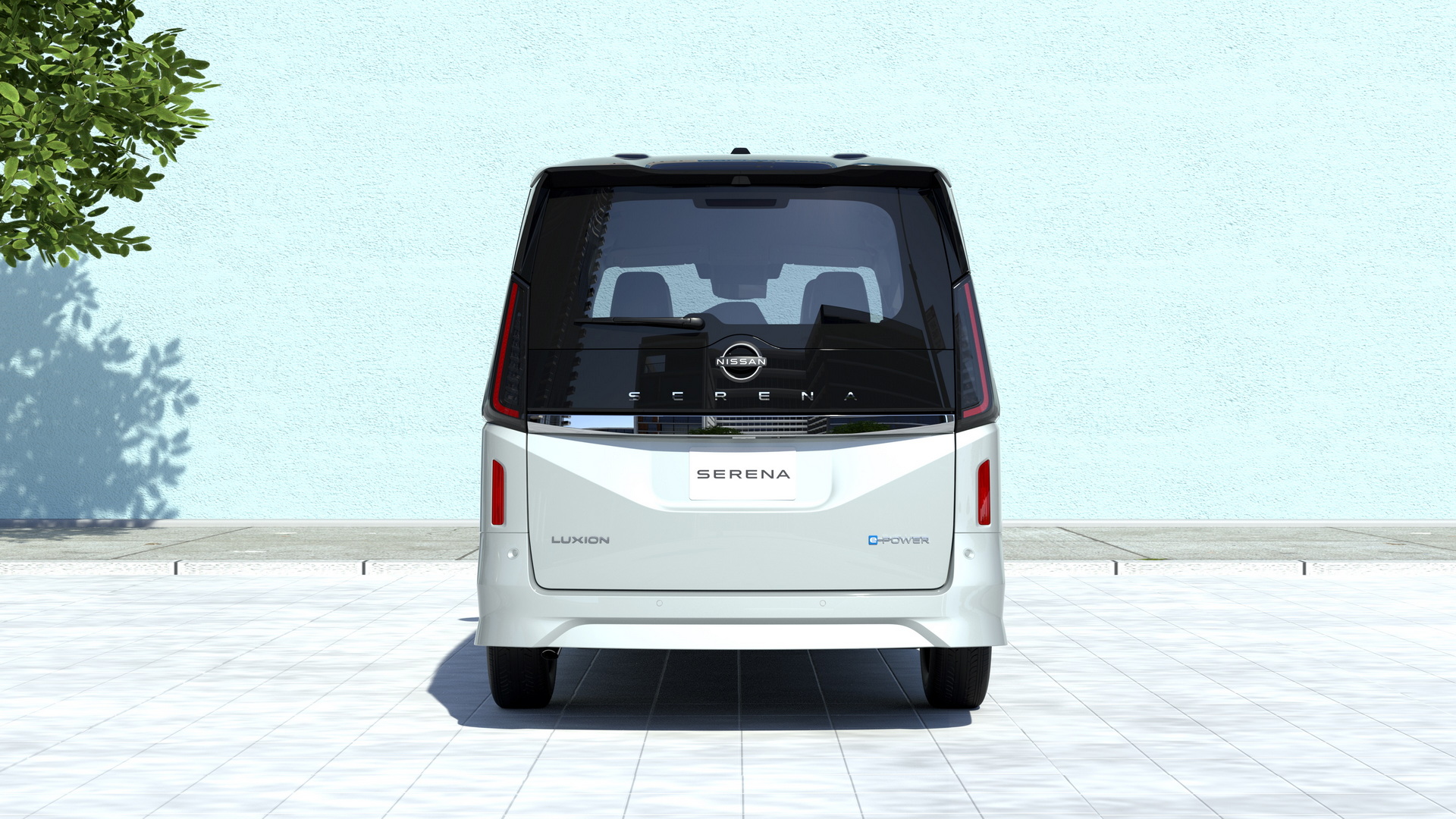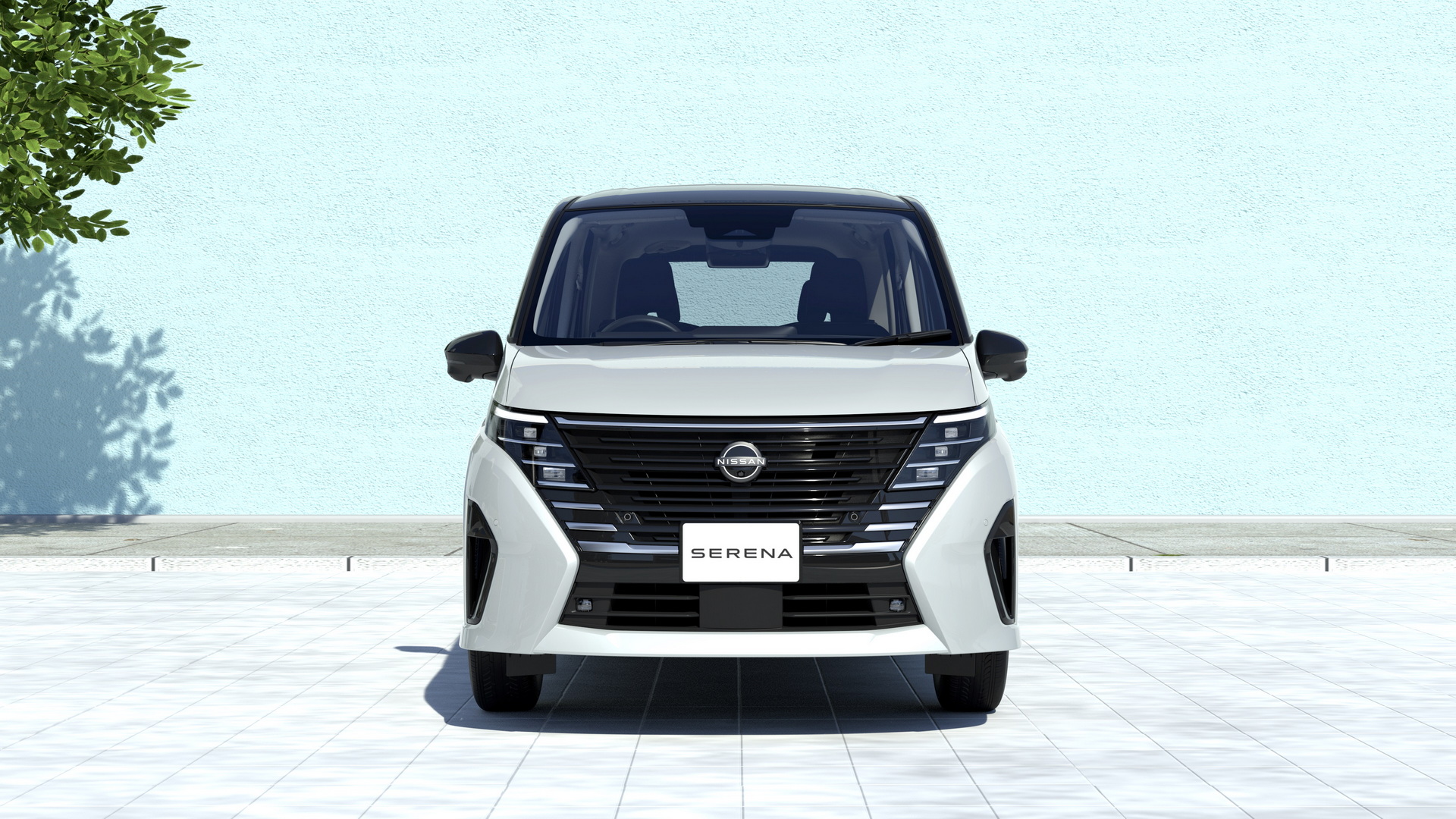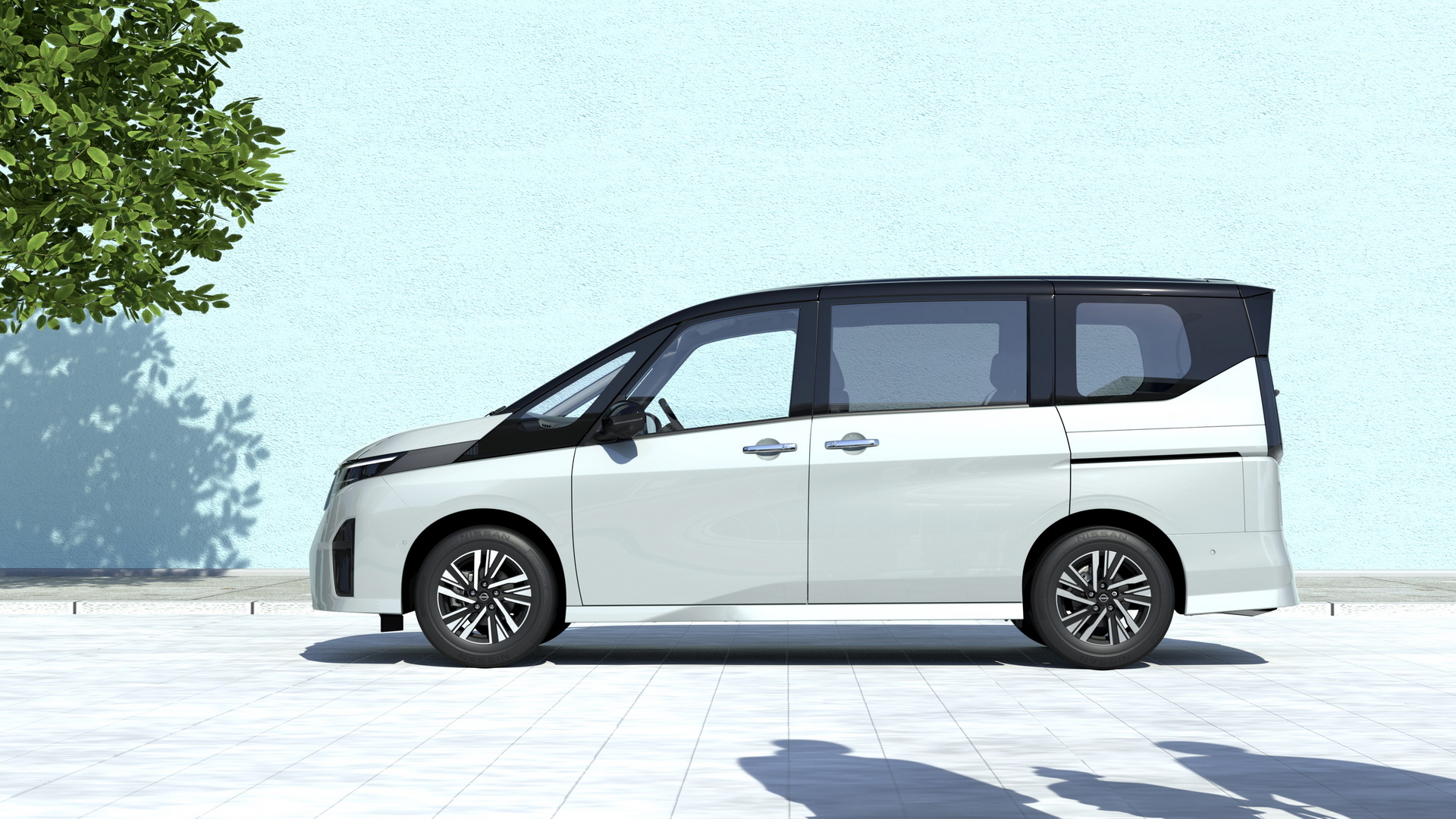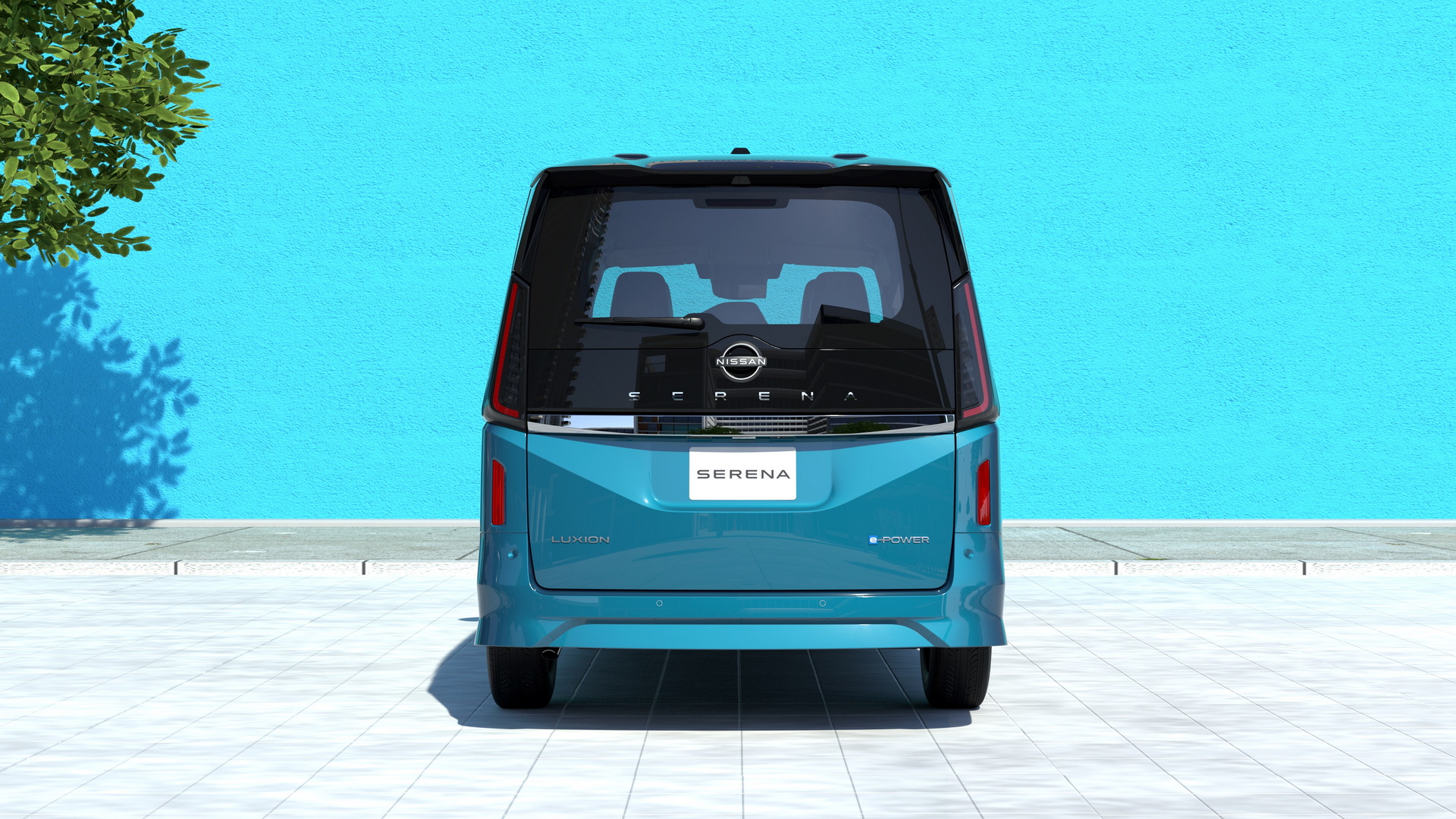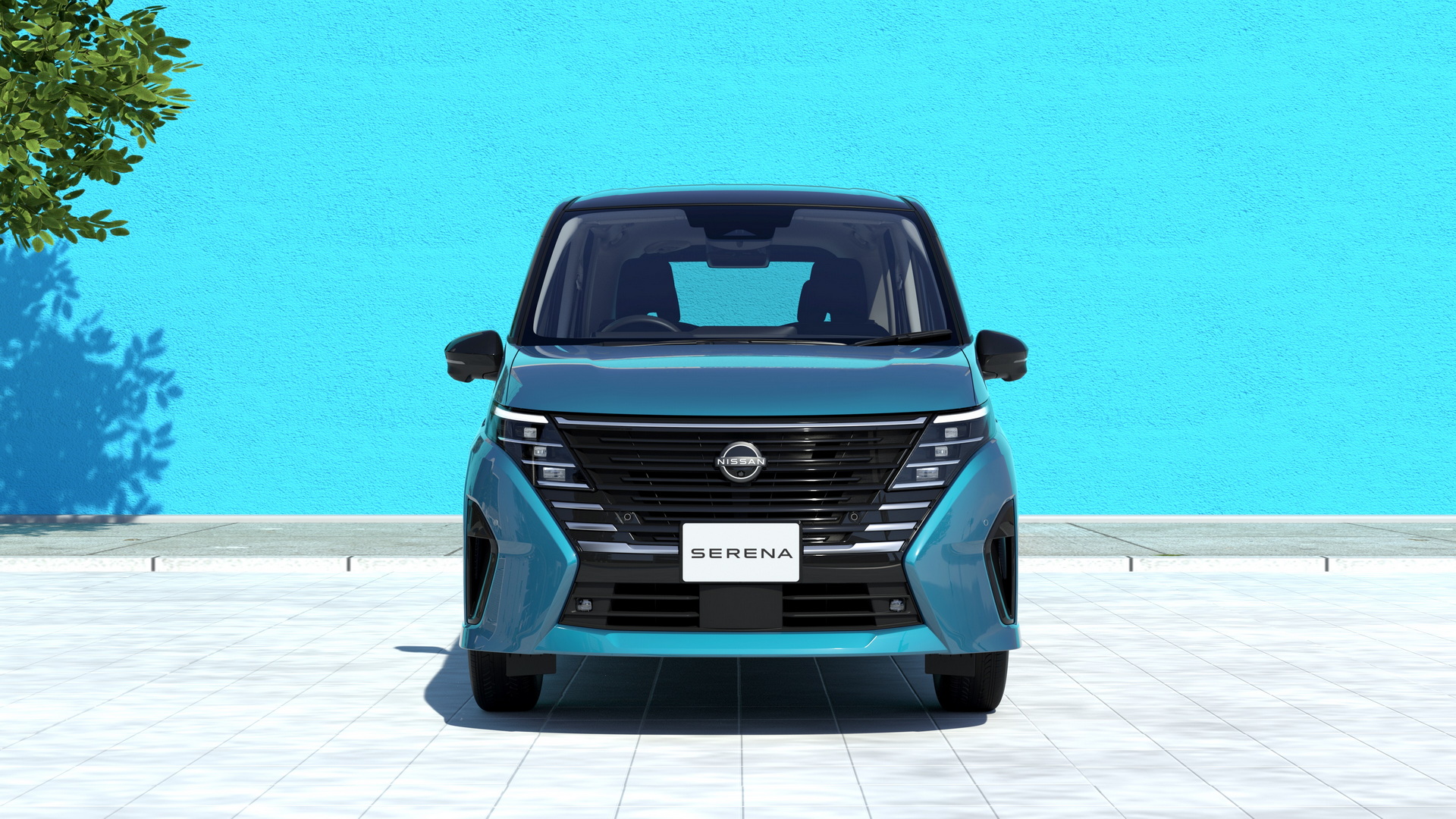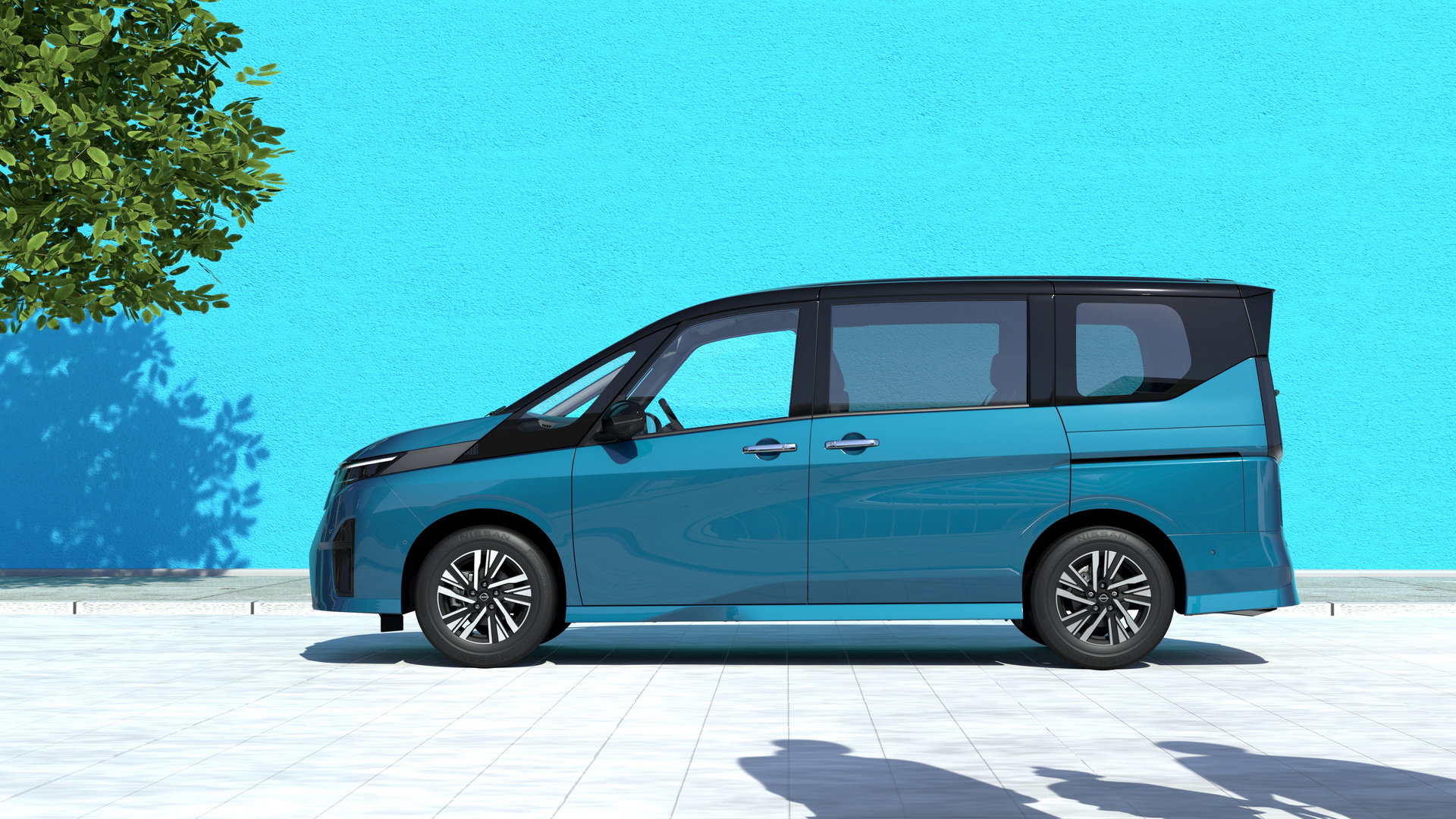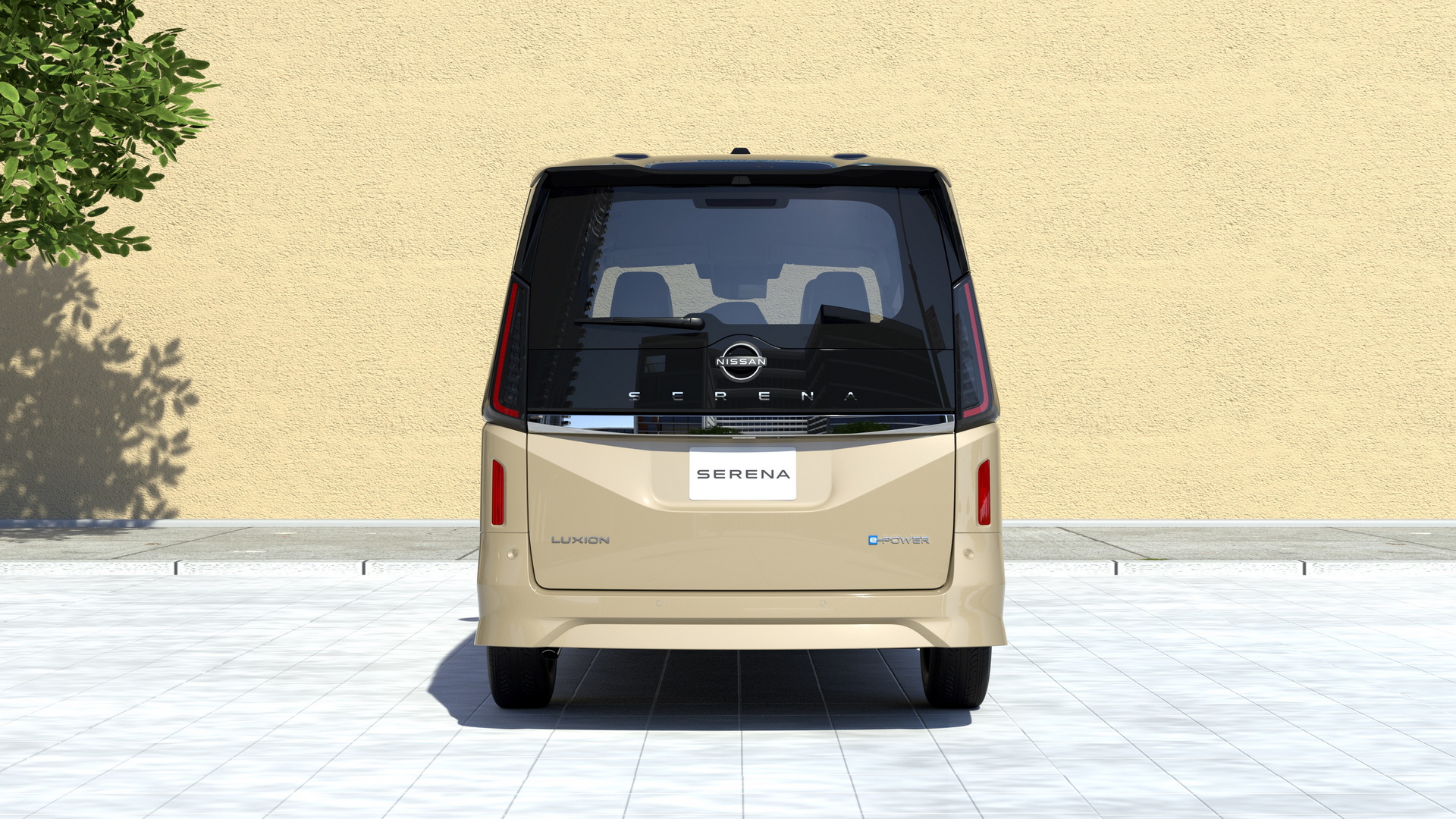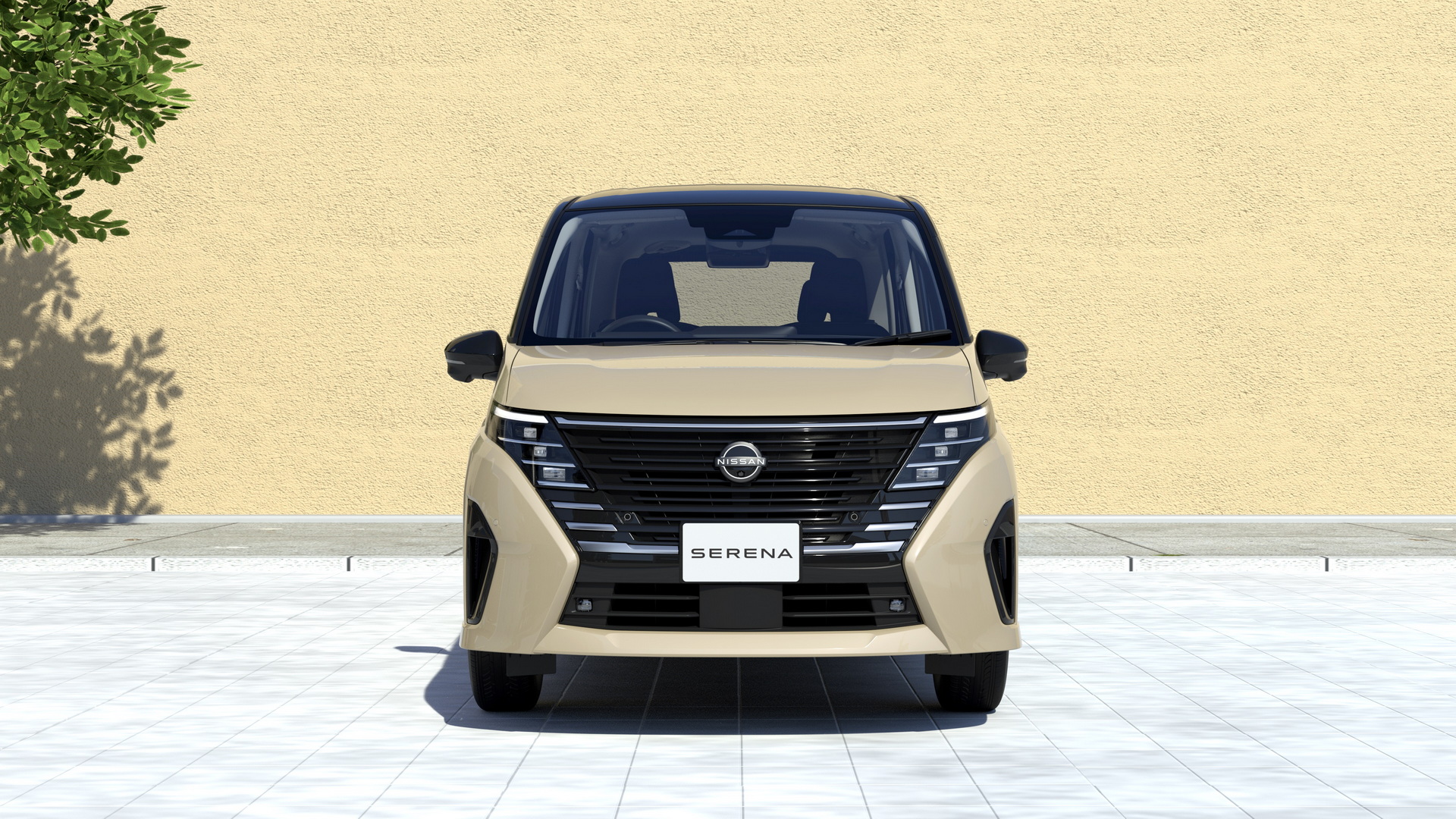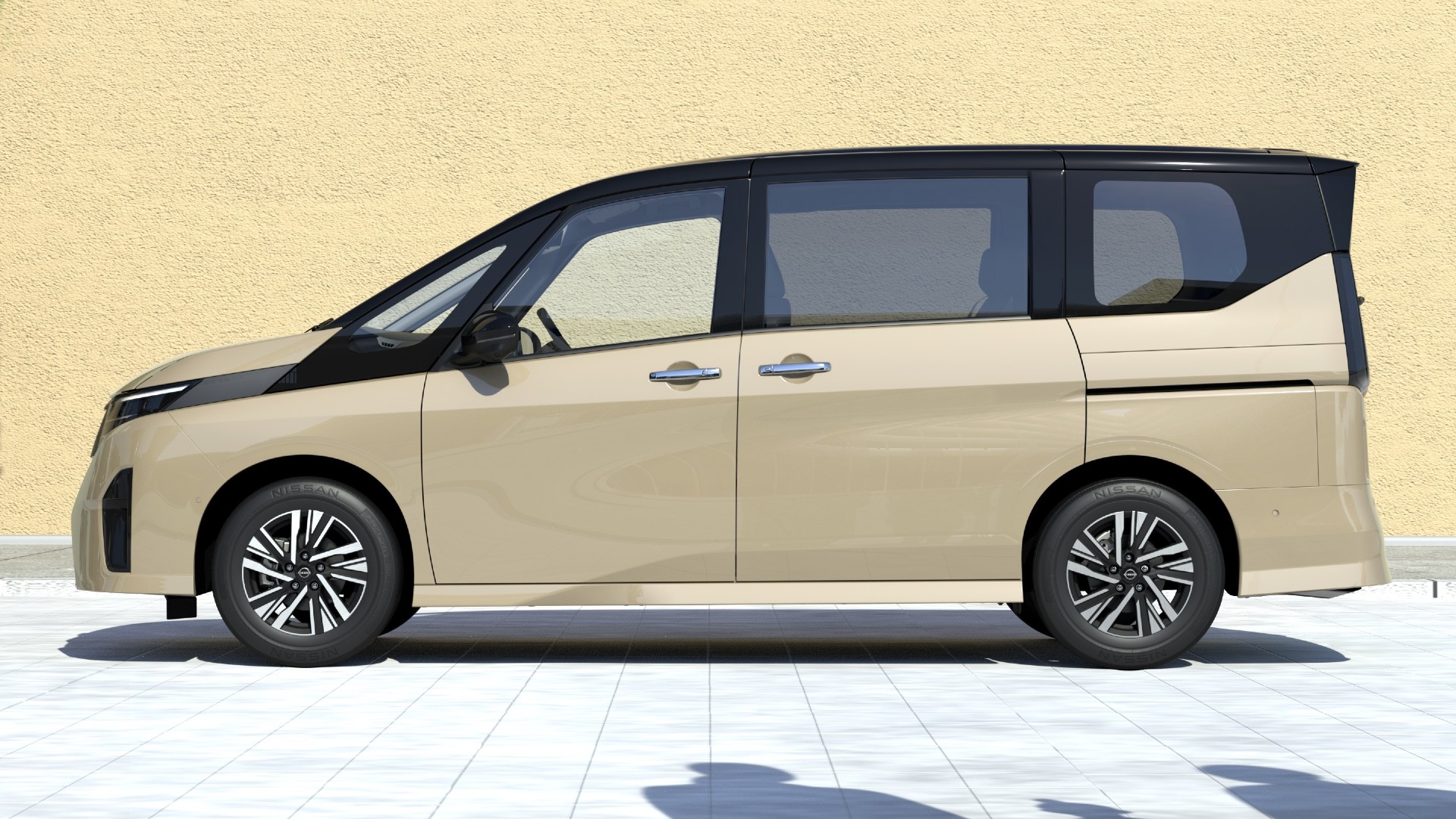Mininvans are still quite popular in some parts of the world including Japan, where modern proposals by local automakers are fighting for supremacy. The latest to join the game is the all-new sixth-generation Nissan Serena, coming in ICE-powered and hybrid forms armed with plenty of space, technology, and practicality, in order to rival the Toyota Noah/Voxy and Honda Step WGN e:HEV.
The new Serena adopts Nissan’s latest design language with fancy LEDs merging with the V-motion grille at the front and a more sculpted bodywork, while retaining the boxy shape that is typical of minivans.
Read: Honda Step WGN e:HEV Minivan Unveiled In Japan With Minimalist Design
Typical of Japanese models, the minivan is available in two slightly different variations in terms of styling. More specifically, the top-spec Serena Luxion has more pronounced bumpers and side skirts, featuring a grille that is merging with the lower intake. For those who want something sportier and more premium, there is also the Autech version with a chrome-infused exterior and different upholstery inside.
The footprint is only slightly increased compared to the previous generation, with a length of 4,690 or 4,765 mm (184.6 or 187.6 inches), a width of 1,695 or 1,715 mm (66.7 or 67.5 inches), a height of 1,870 or 1,885 mm (73.6 or 74.2 inches) and a wheelbase of 2,870 mm (113 inches).
The focus of minivan buyers is the interior, which is where Nissan designers and engineers put the most effort. The new generation has an extra 120 mm (4.7 inches) of driver legroom compared to its predecessor while a multi-purpose center seat in the second row changes the interior layout from a 7-seater to an 8-seater. Each passenger has access to smartphone pockets, cupholders, USB ports, and onboard Wi-Fi.
The dashboard is quite modern with a fully digital cockpit and a button-operated automatic gearbox next to the touch-sensitive panel for the climate controls. The minivan is also equipped with optional hands-free operated sliding doors and a dual tailgate for easier unloading in tight spaces. Hybrid models can also be equipped with an optional 100v AC (1,500 Watt) power outlet.
In terms of safety, the flagship Serena Luxion benefits from the ProPILOT 2.0 suite, enabling hands-free driving on the highway and remote parking with the ability to memorize parking spaces. As for the lesser trims, they all get the regular ProPILOT as standard.
The automaker claims that the Serena has “the most spacious cabin in the minivan segment” and “the widest windscreen”. In a quest to reduce motion sickness, Nissan created a new seat that dampens movement, changed the position of the digital cockpit, improved sound insulation, fitted a rigid steering wheel, a crosswind-deflecting structure, and tighter suspension, and ensured smooth acceleration from the second-generation e-Power system.
Speaking of which, the hybrid has a 1.4-liter three-cylinder engine and a single electric motor producing 161 hp (120 kW / 163 PS) and 315 Nm (232 lb-ft) of torque. There is also an ICE-only version fitted with a naturally-aspirated 2.0-liter four-cylinder engine that produces 148 hp (110 kW / 150 PS) and 200 Nm (148 lb-ft) of torque. This one is exclusively mated to a CVT gearbox, coming in FWD and 4WD guises, unlike the FWD-only hybrid.
The new Nissan Serena is already available to order in Japan. Pricing ranges from ¥2,768,700 ($20,098) for the entry-level ICE-powered trim, up to ¥4,798,200 ($34,842) for the flagship e-Power Luxion hybrid. Notably, the latter is more expensive than the high-spec variants of both the Toyota and Honda minivan rivals.




